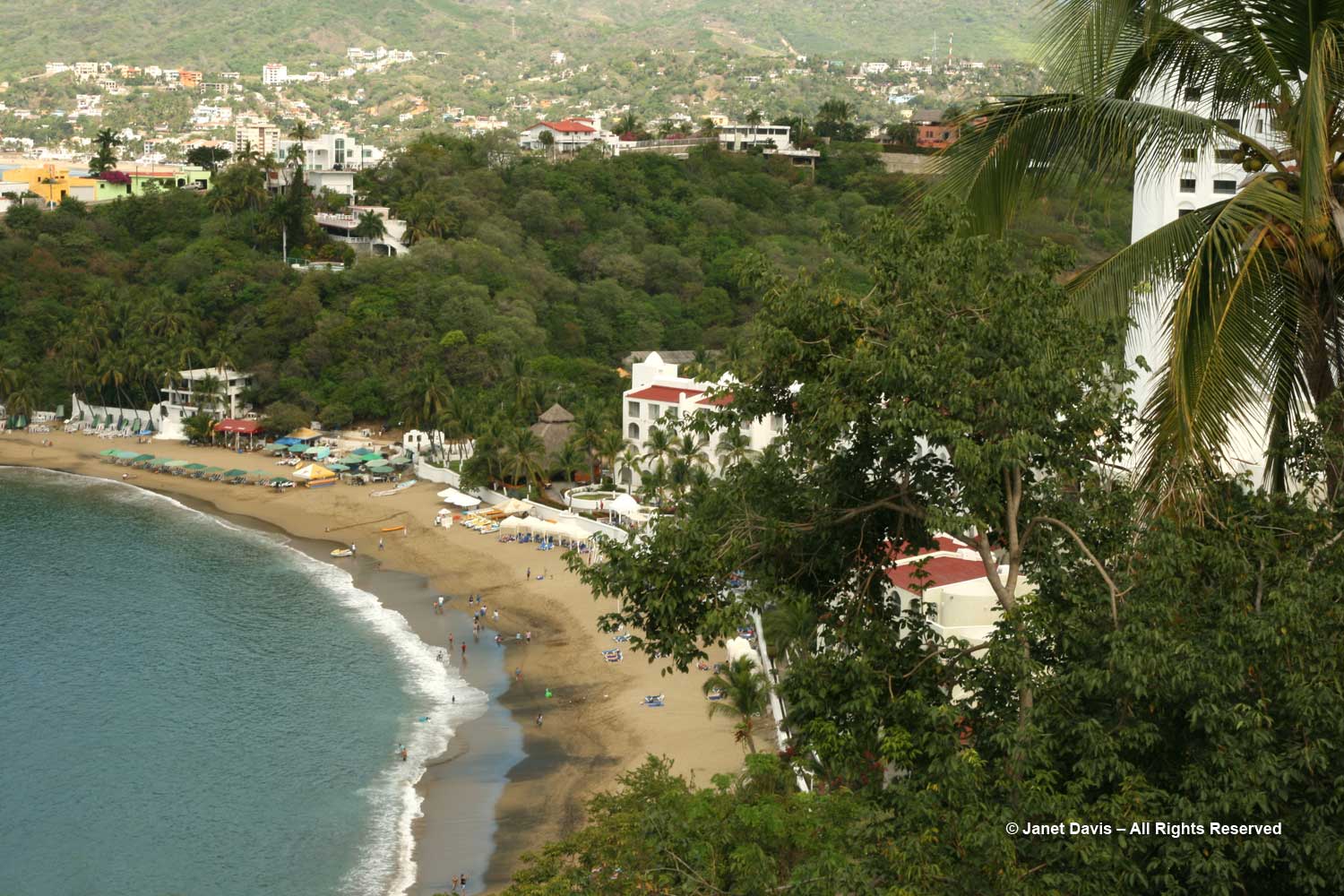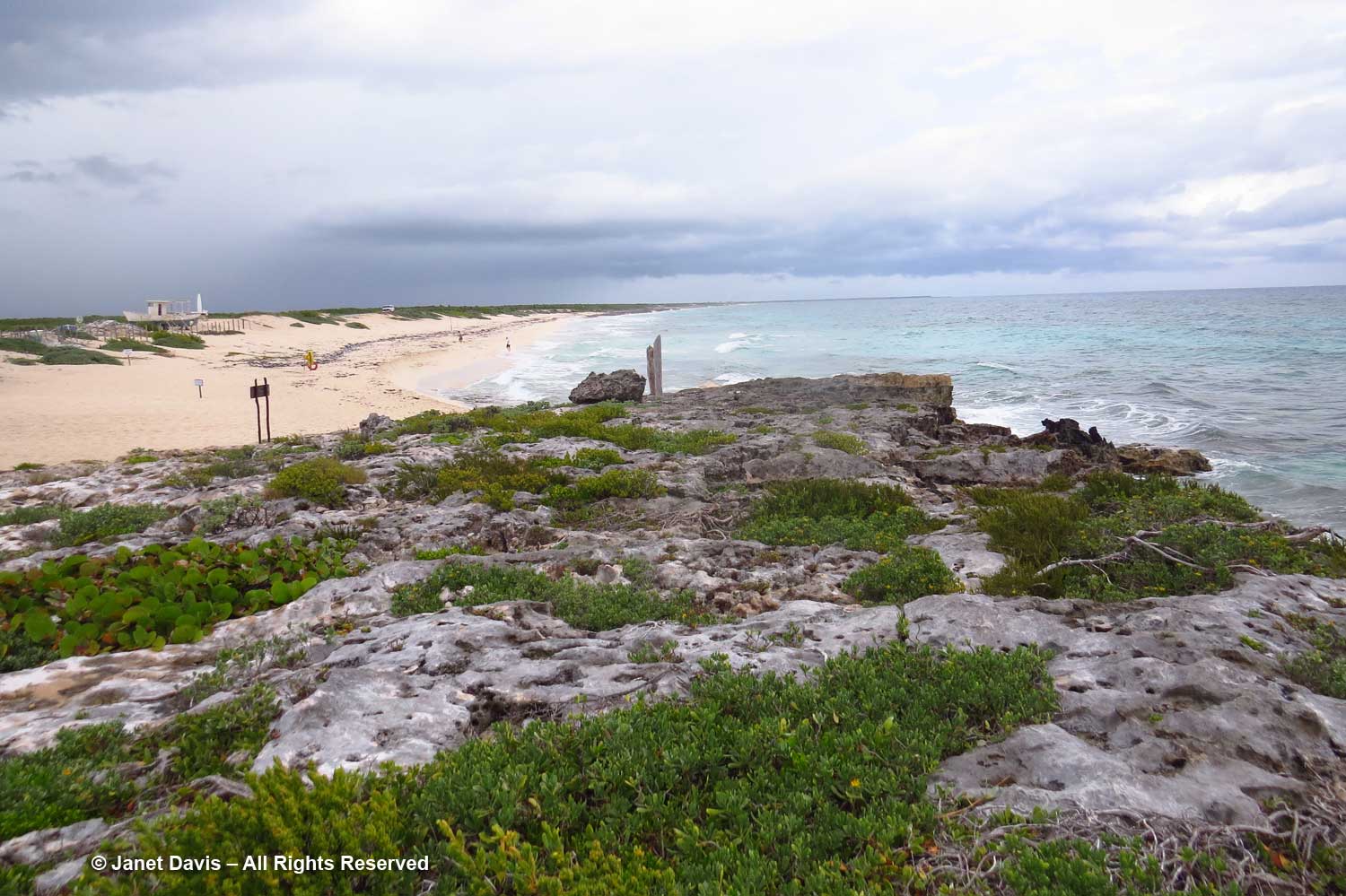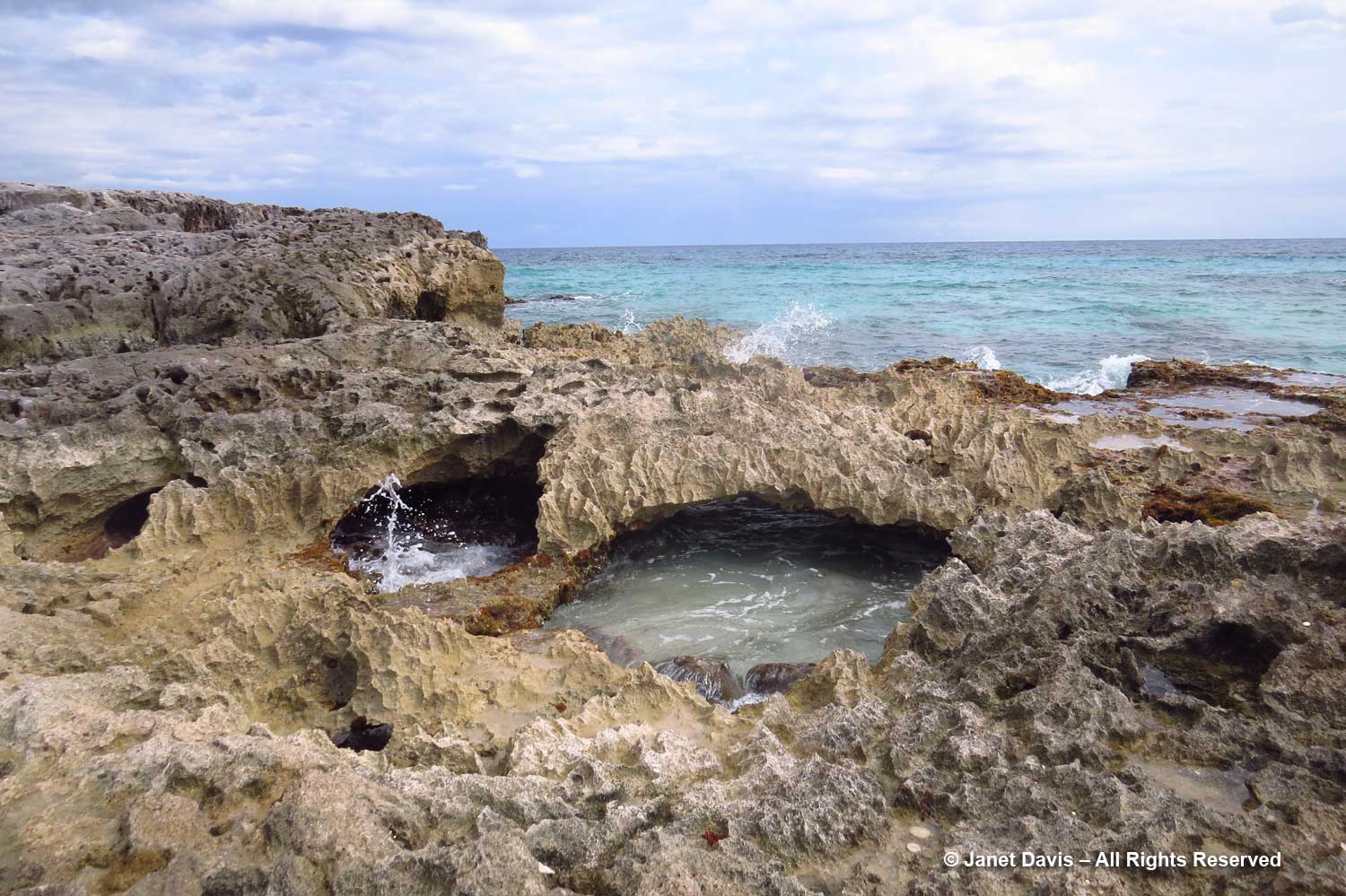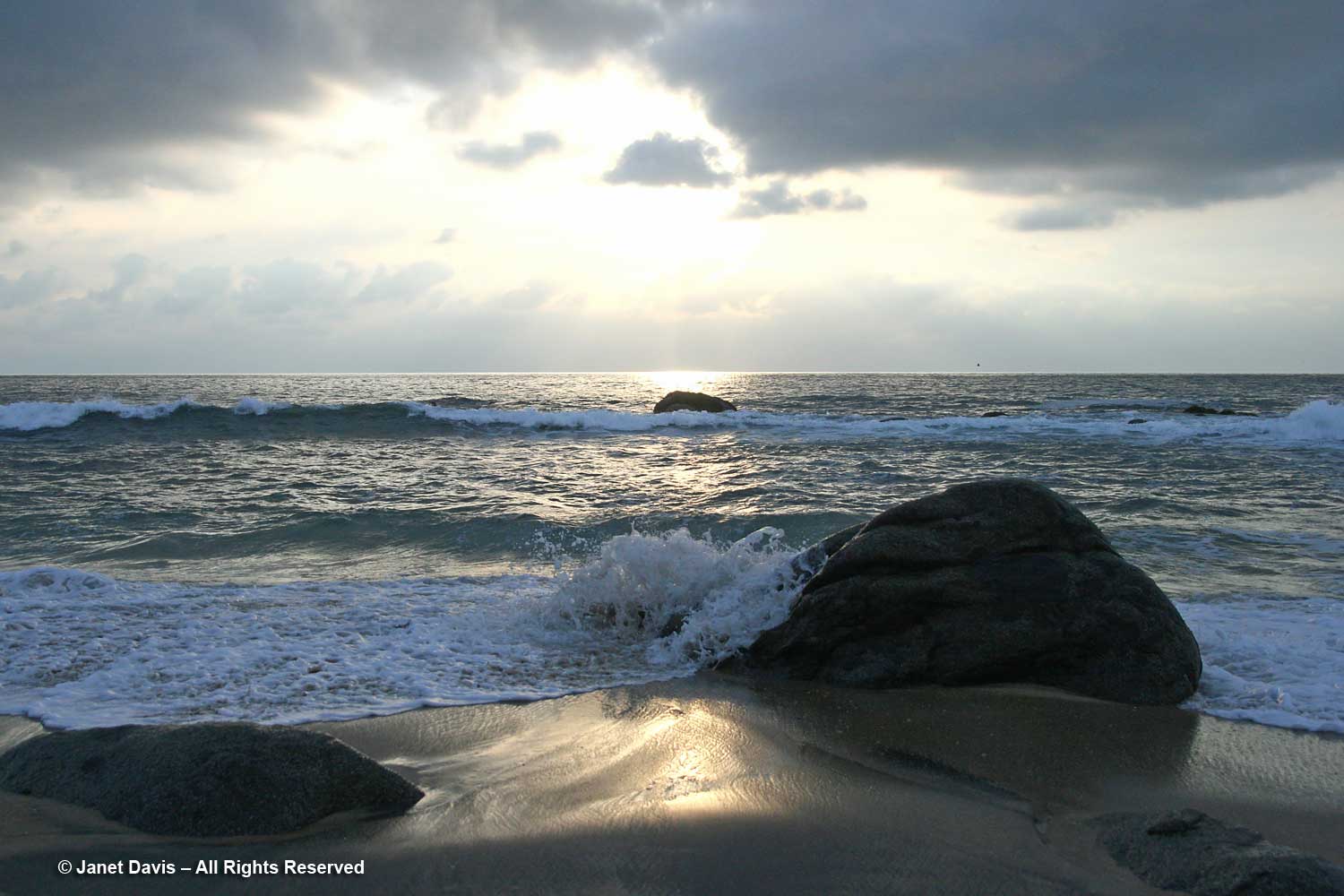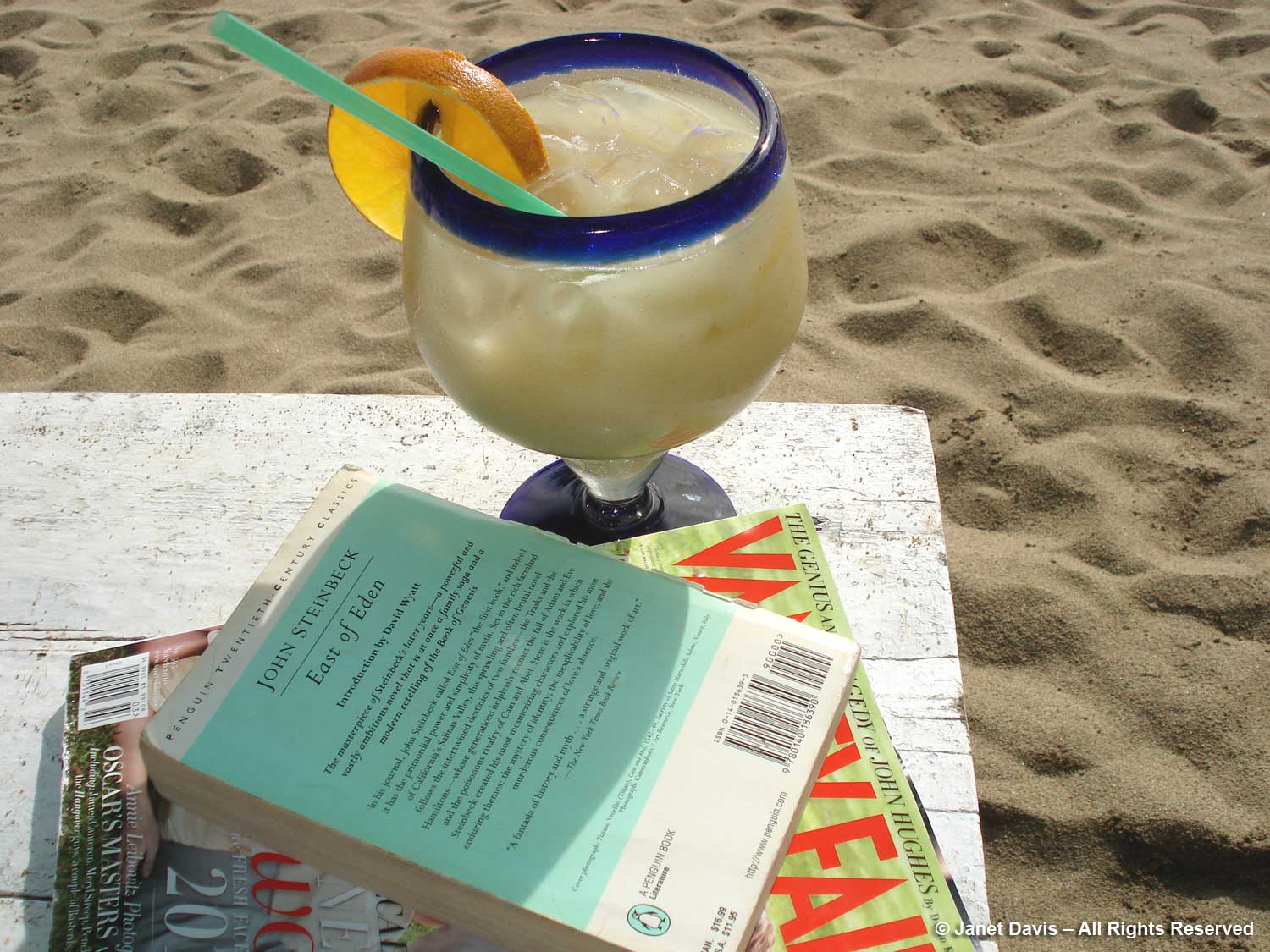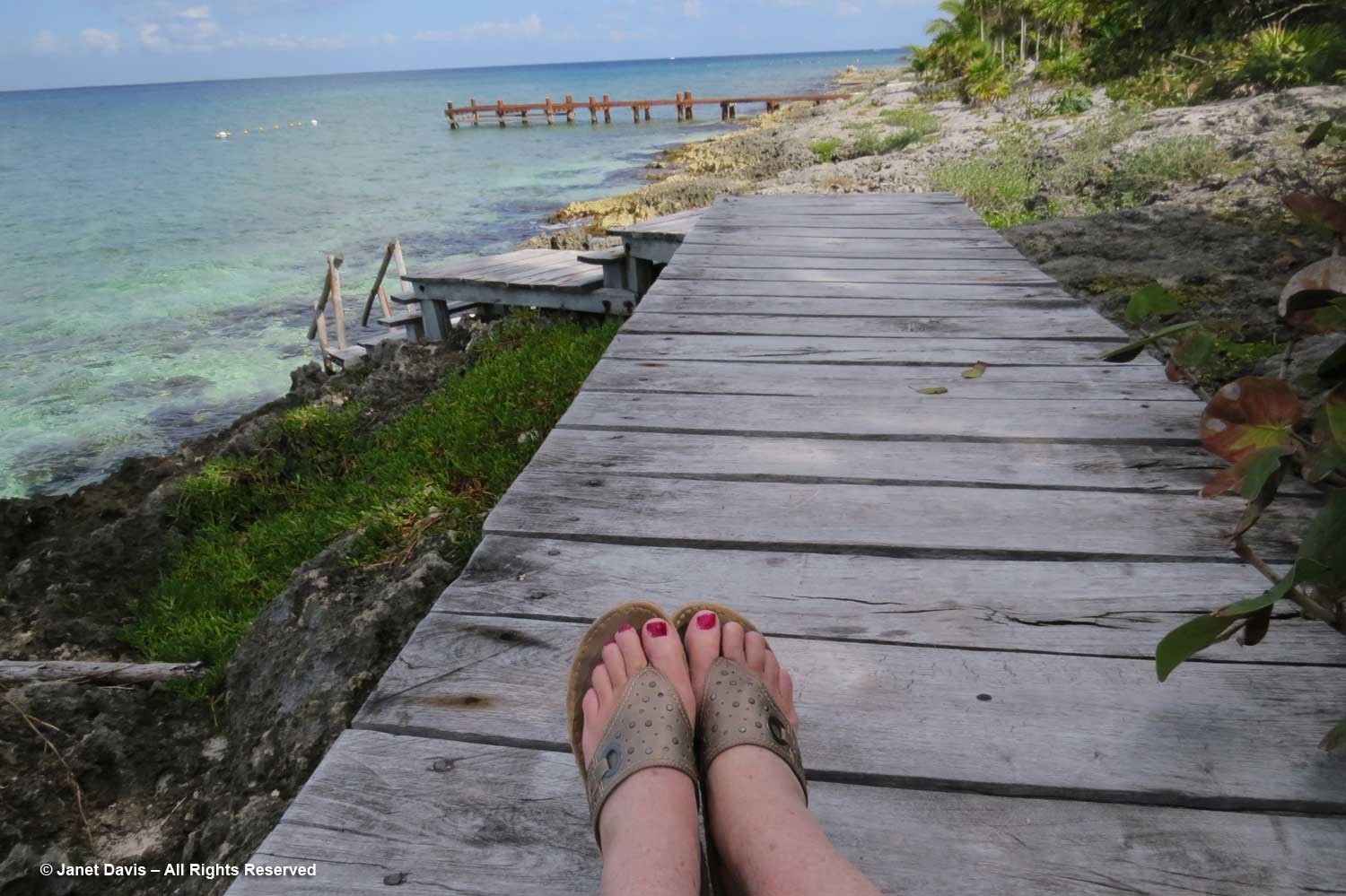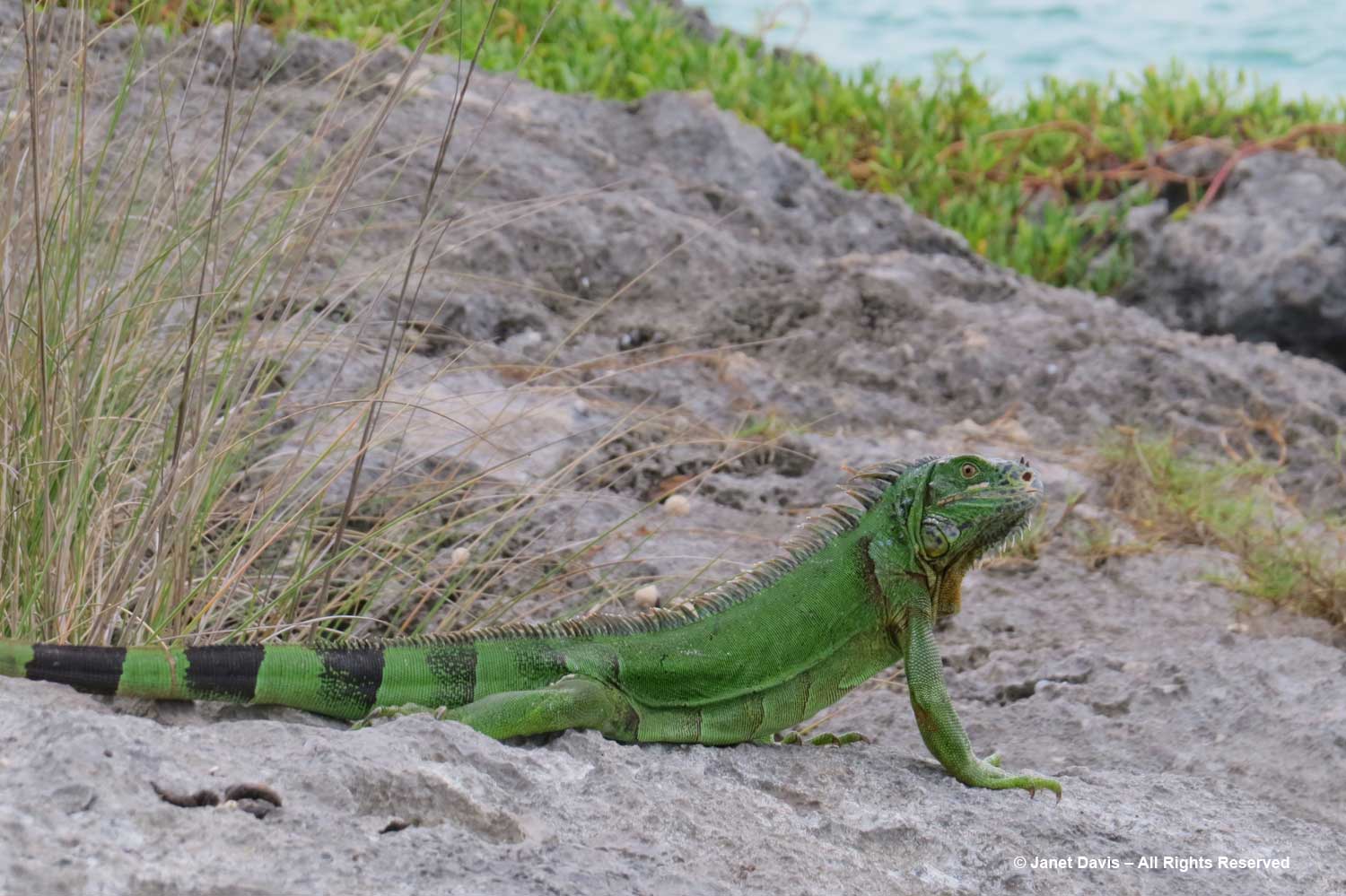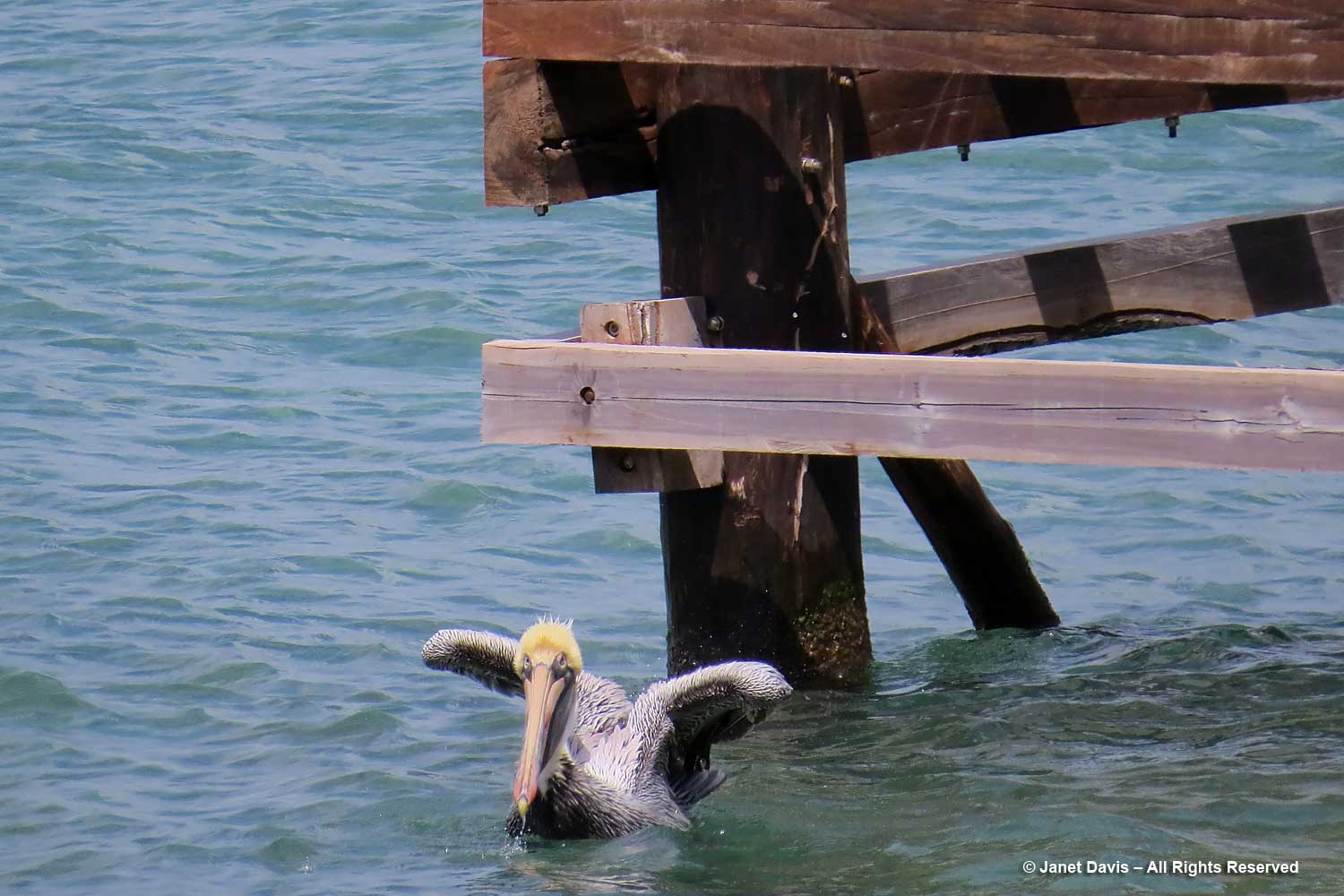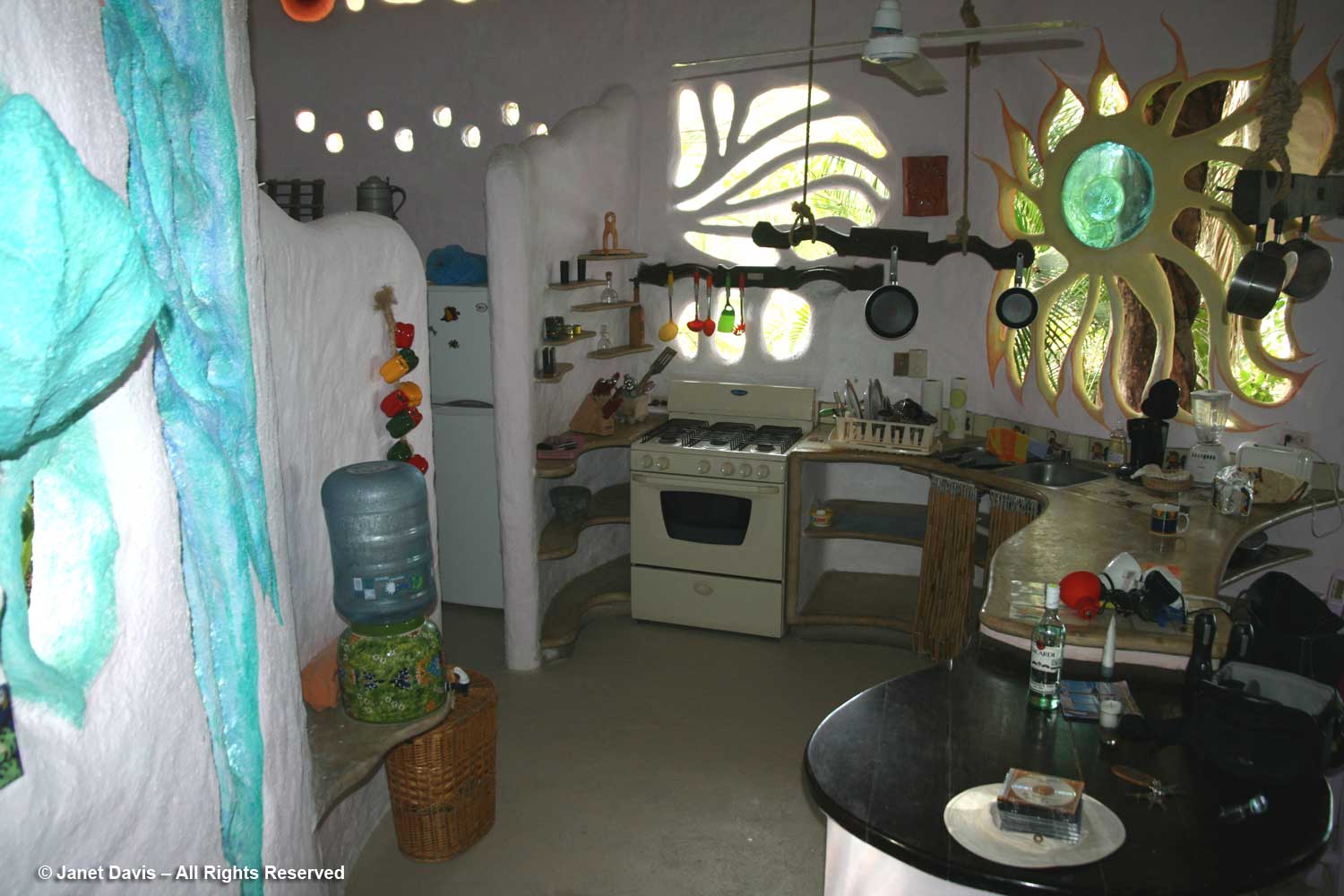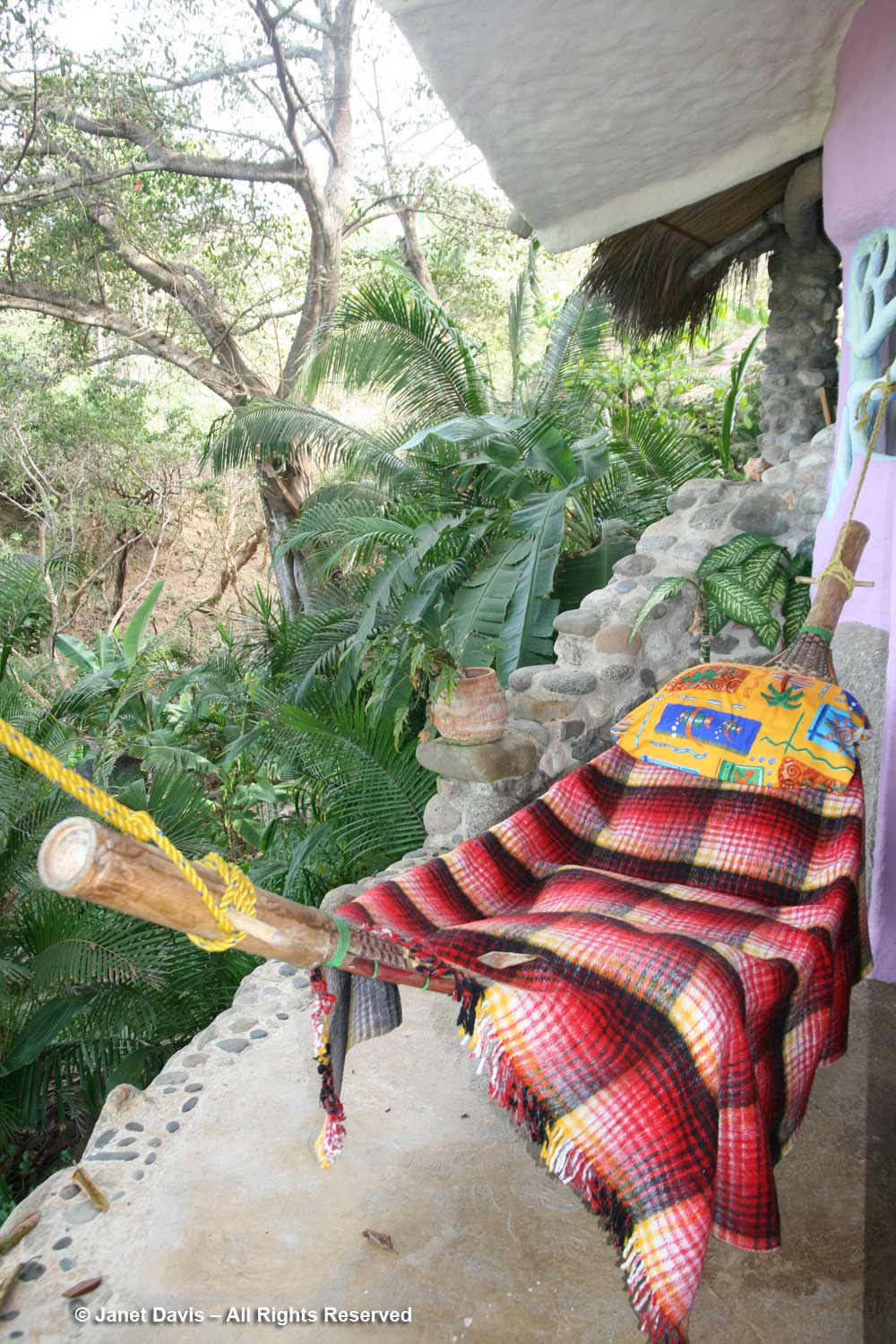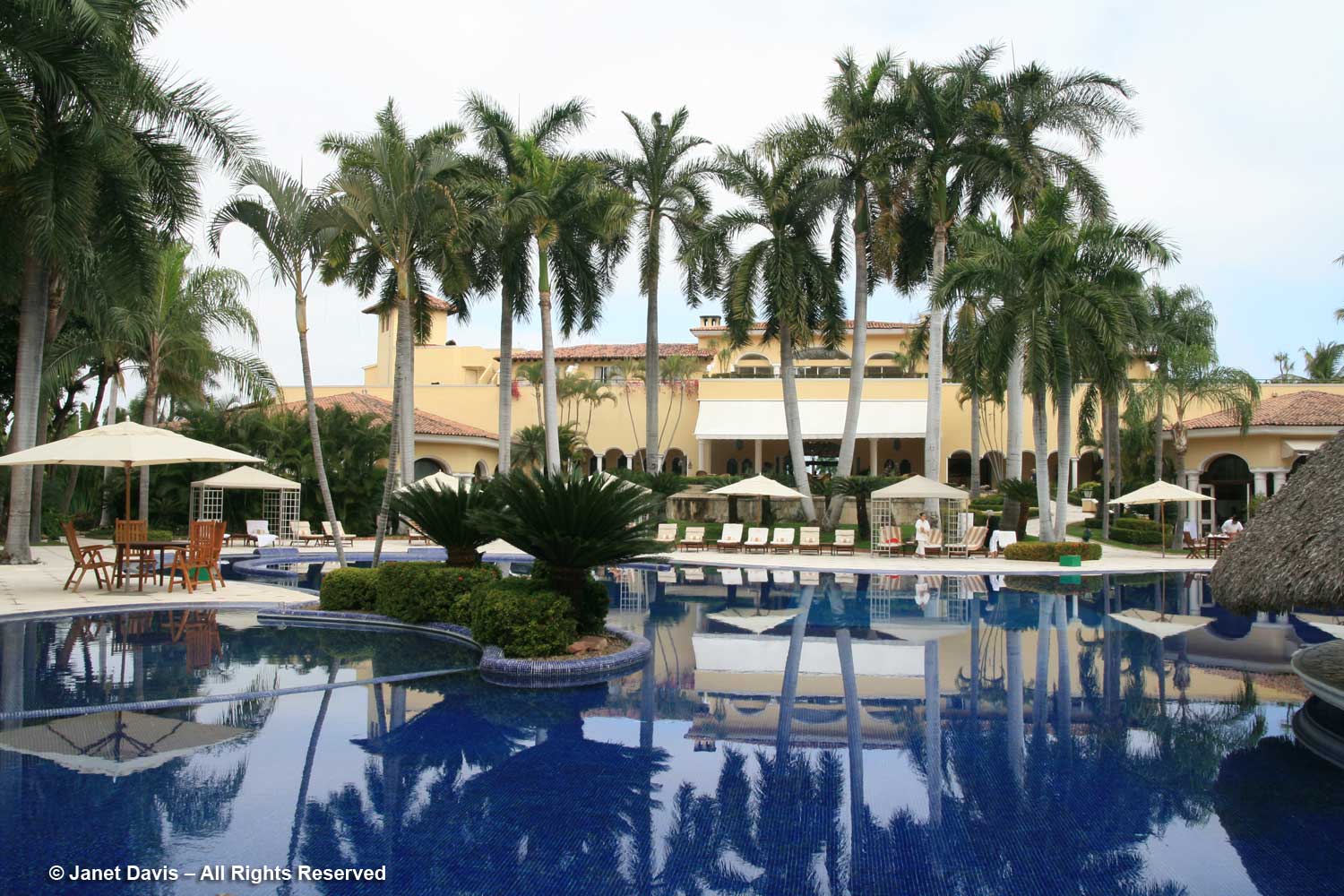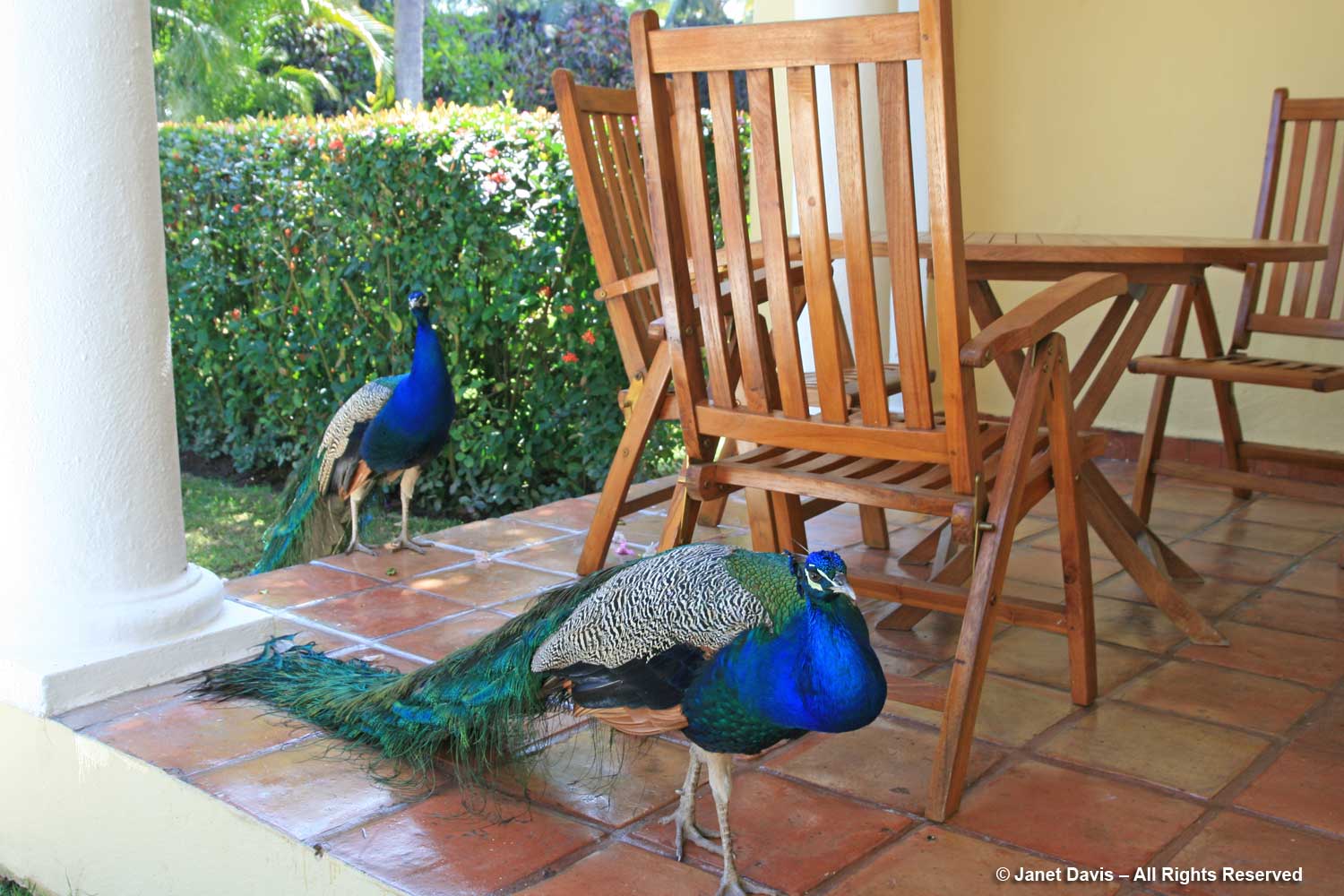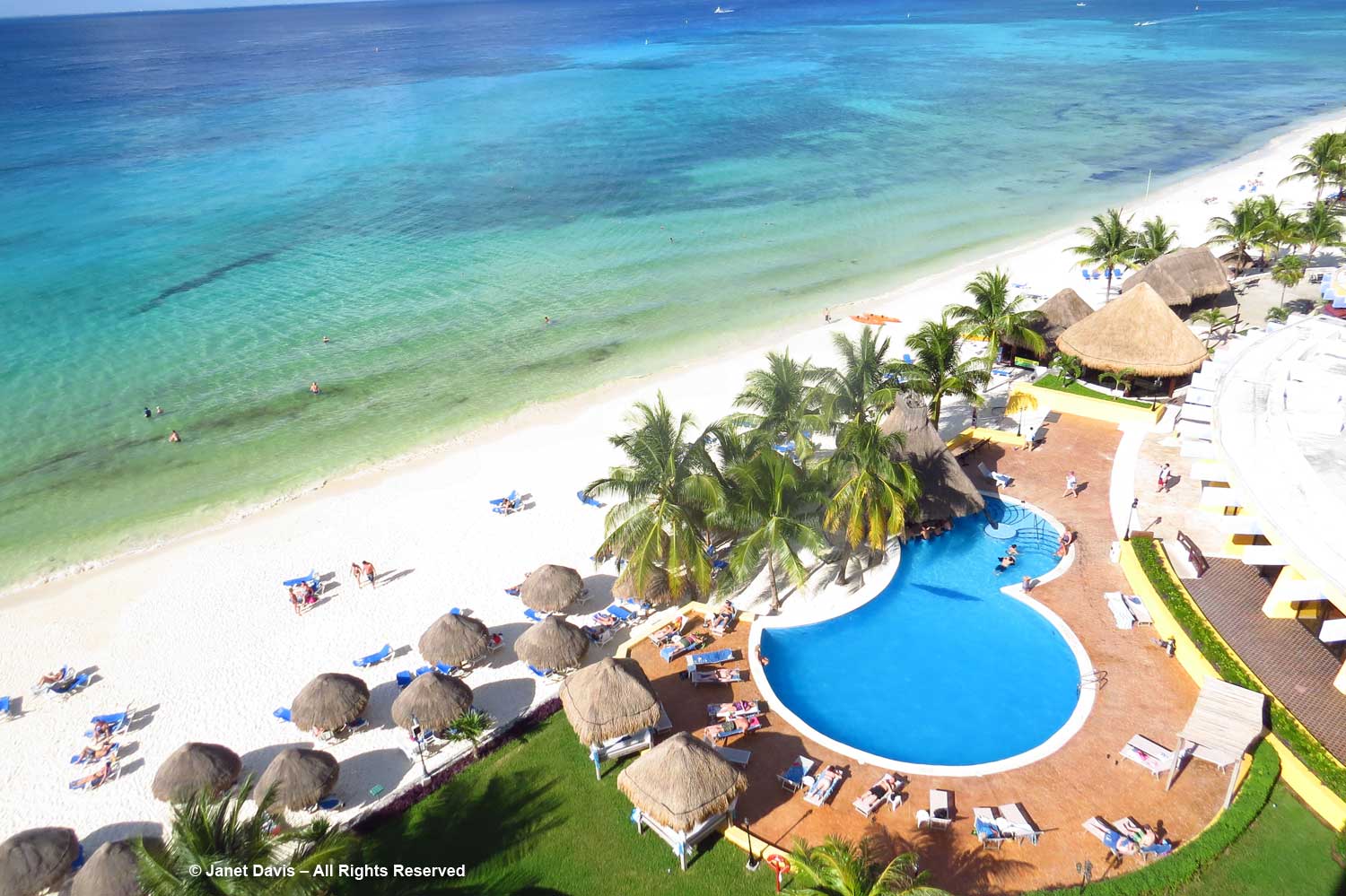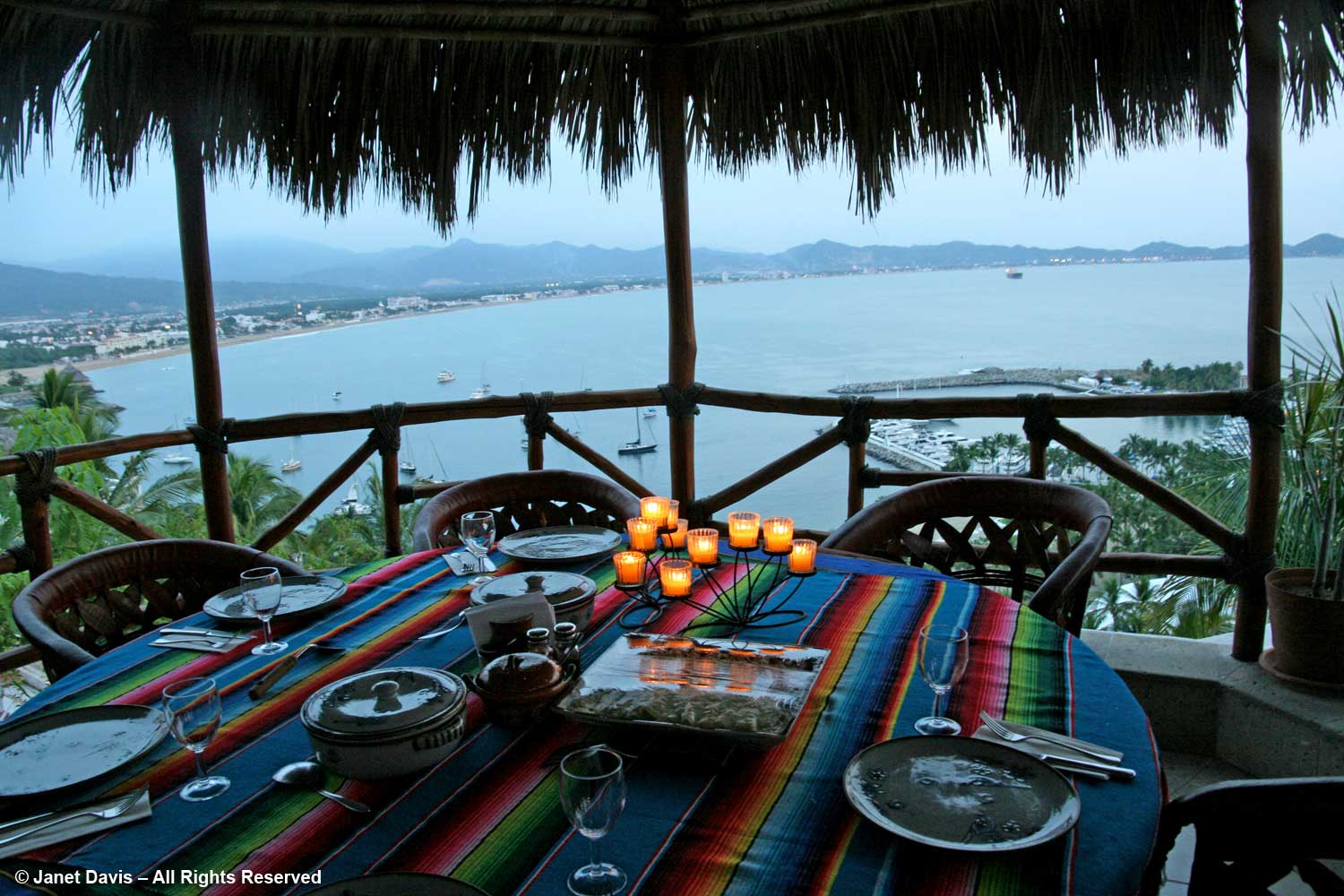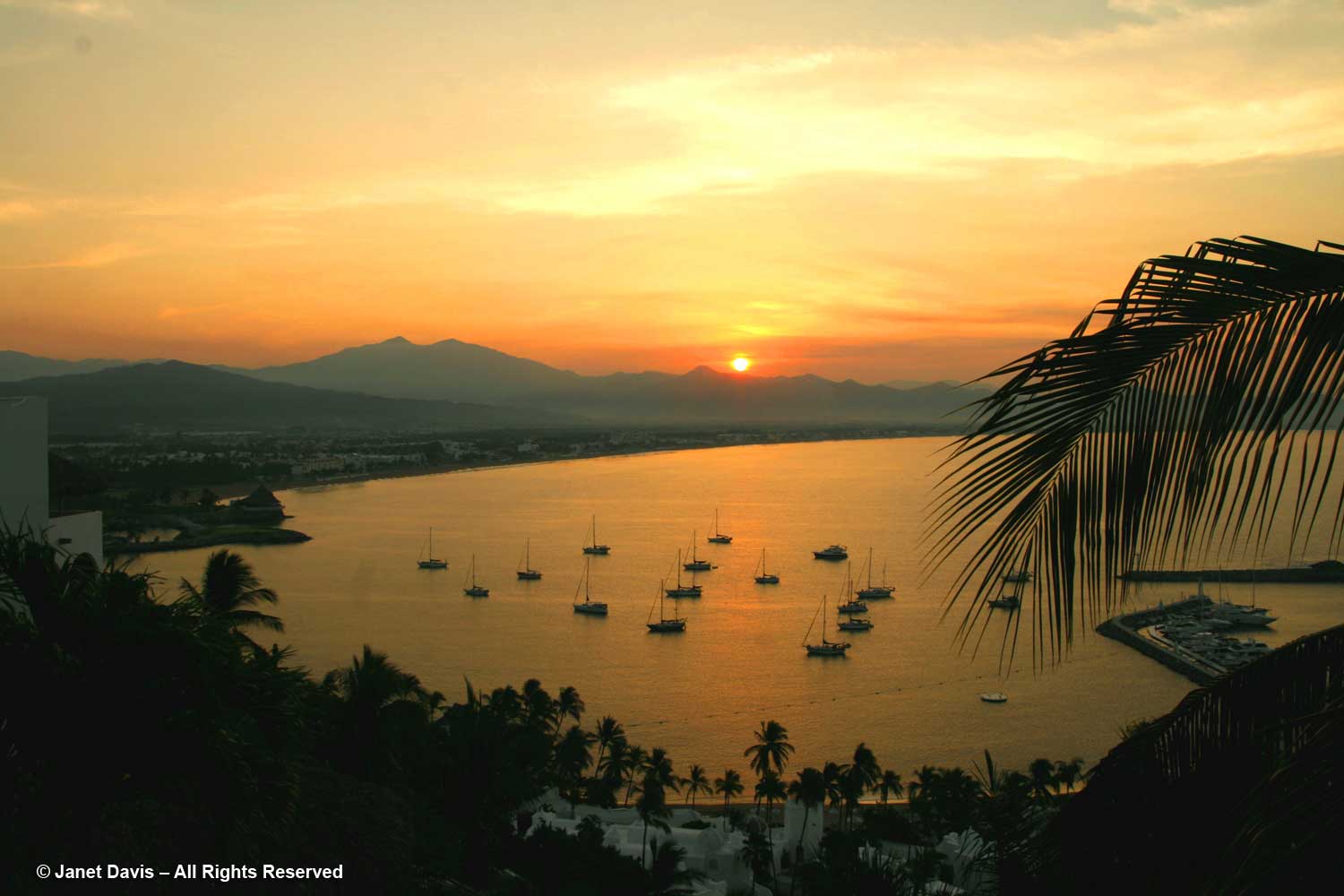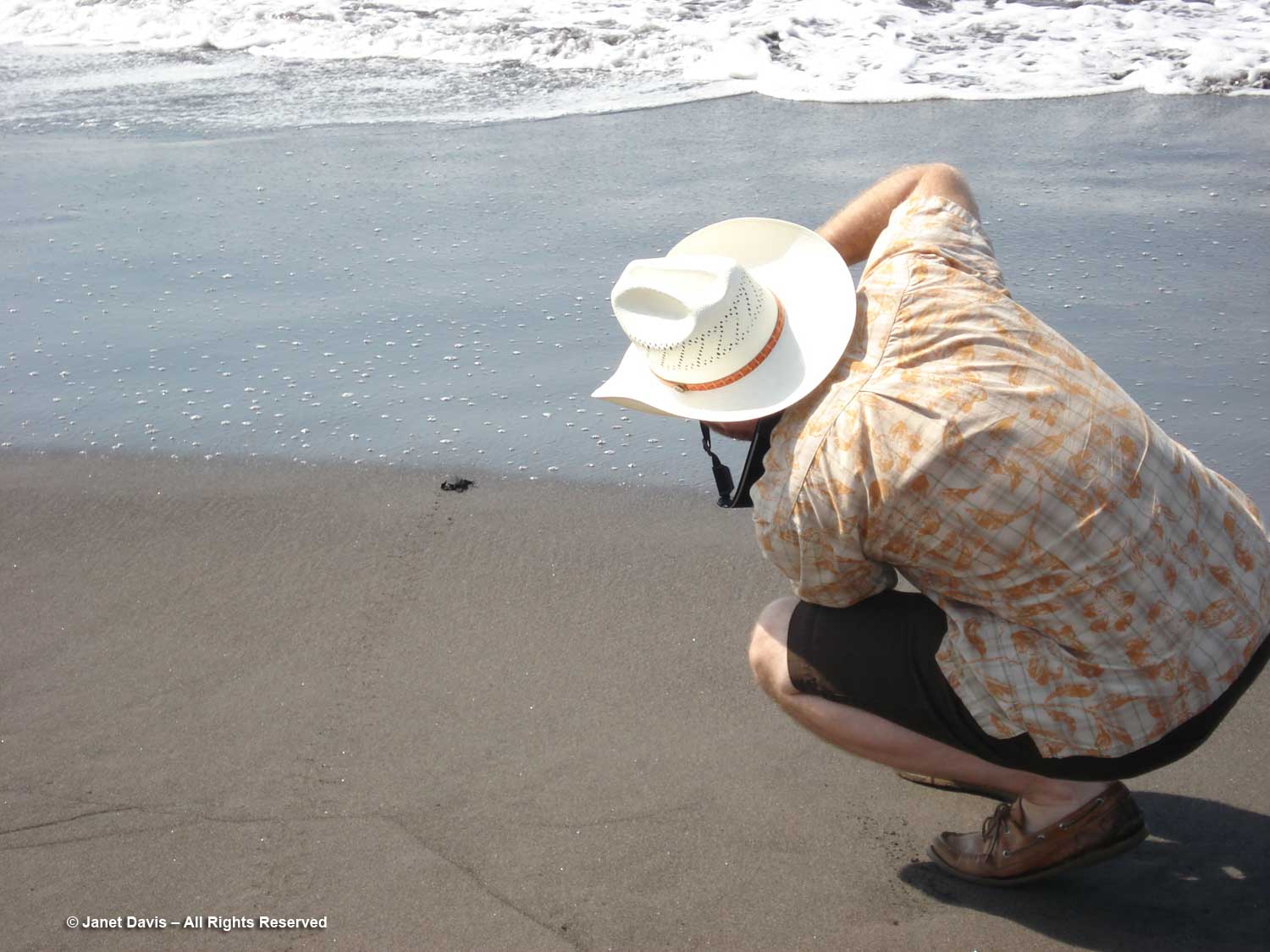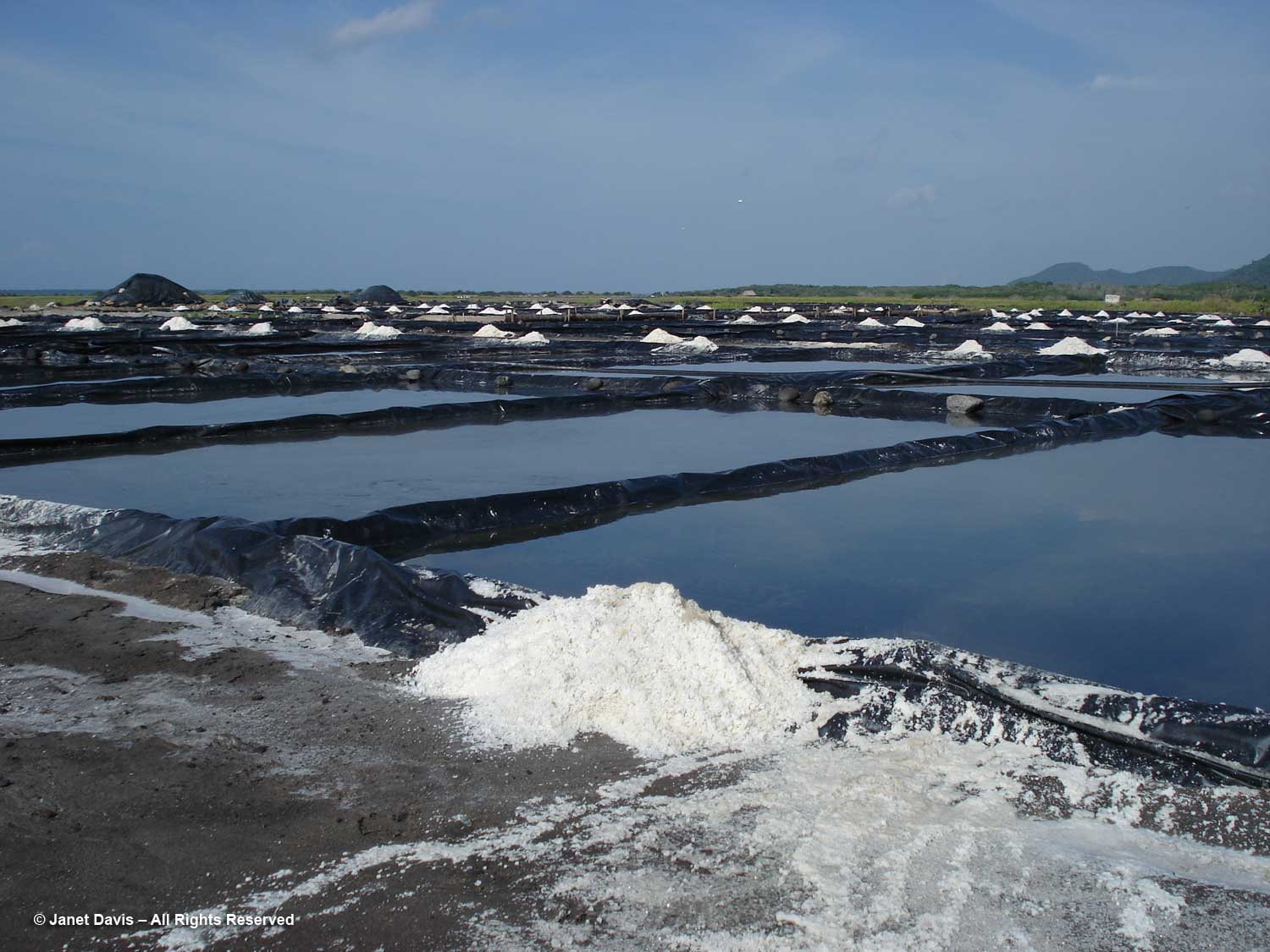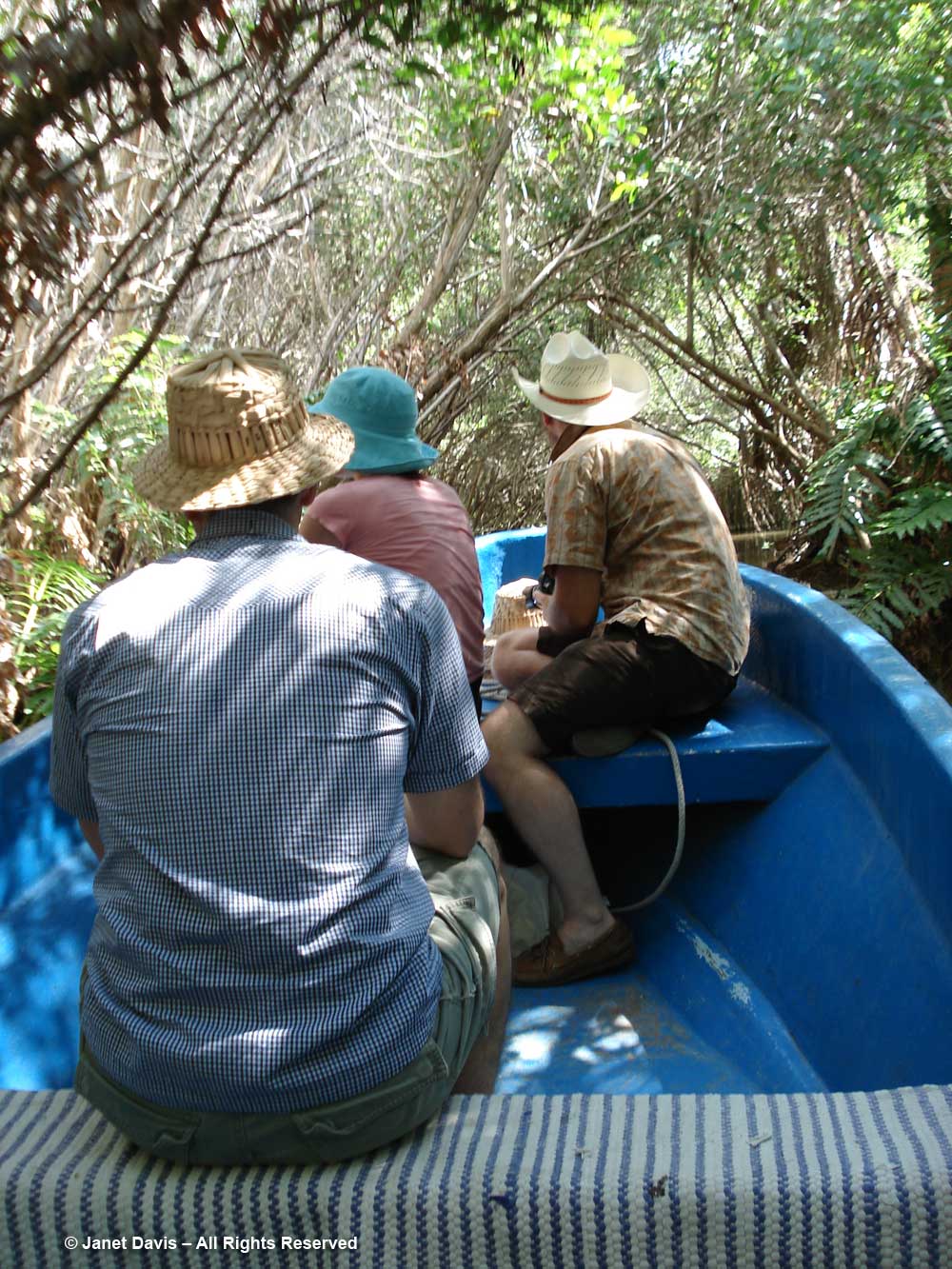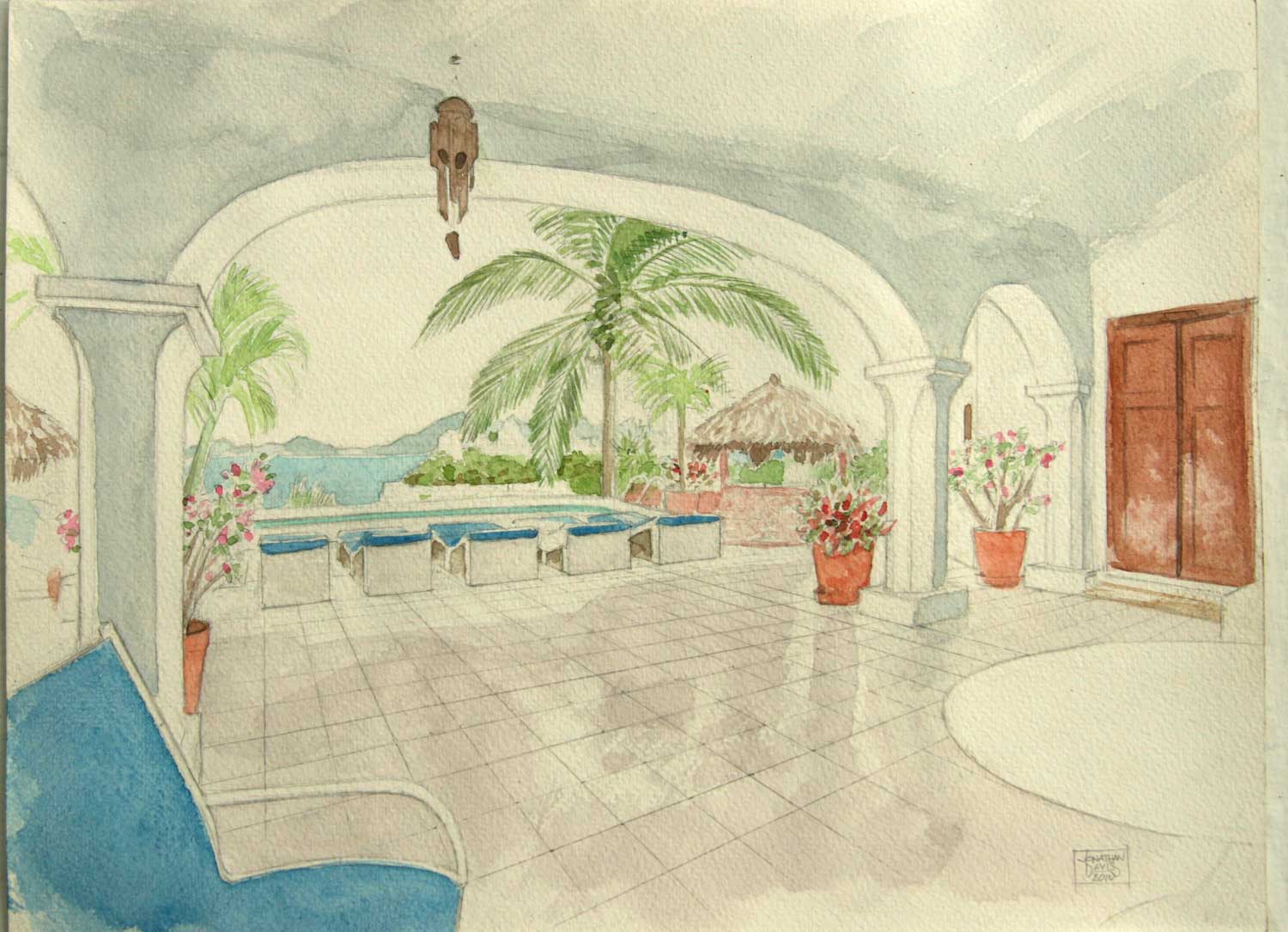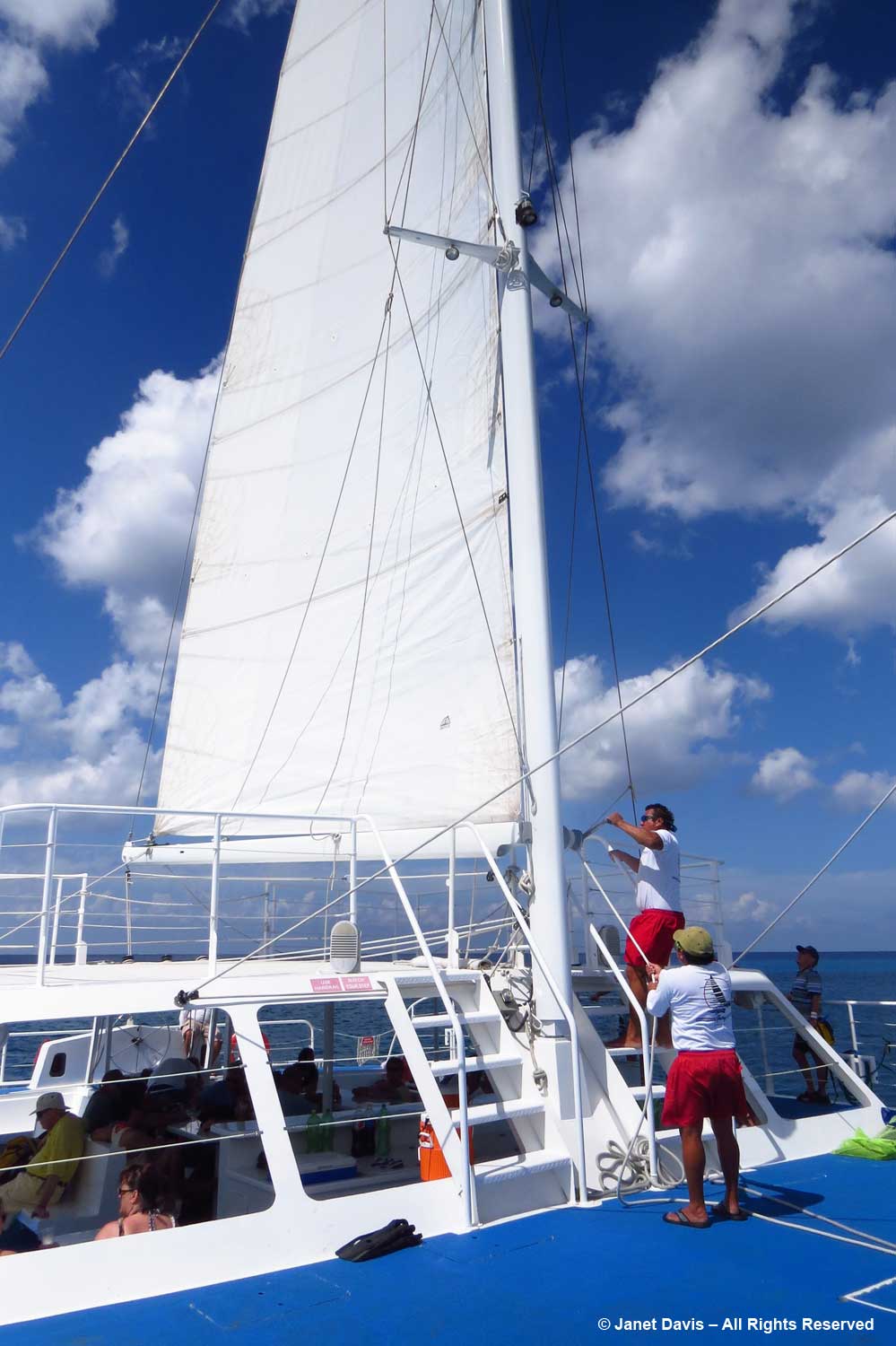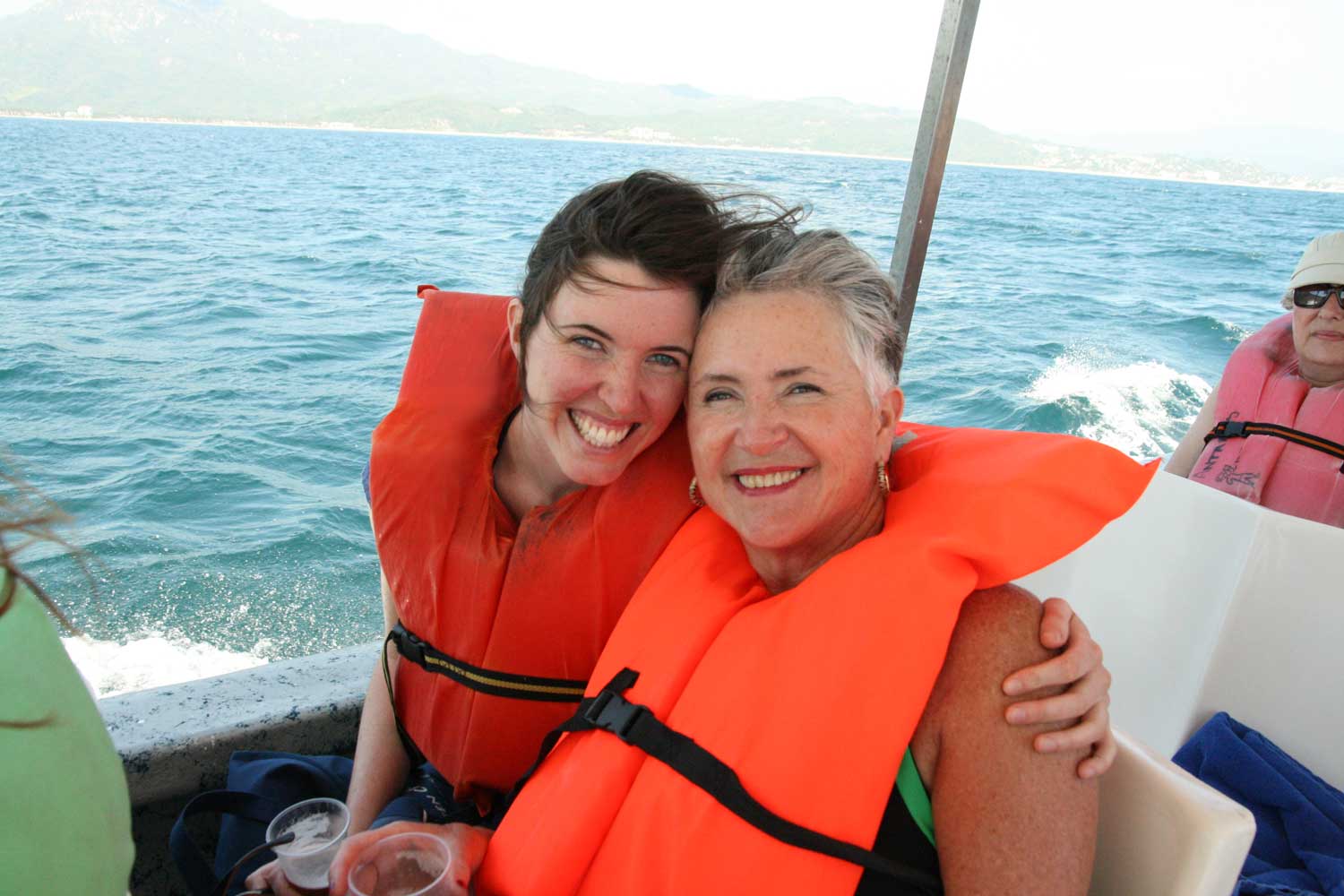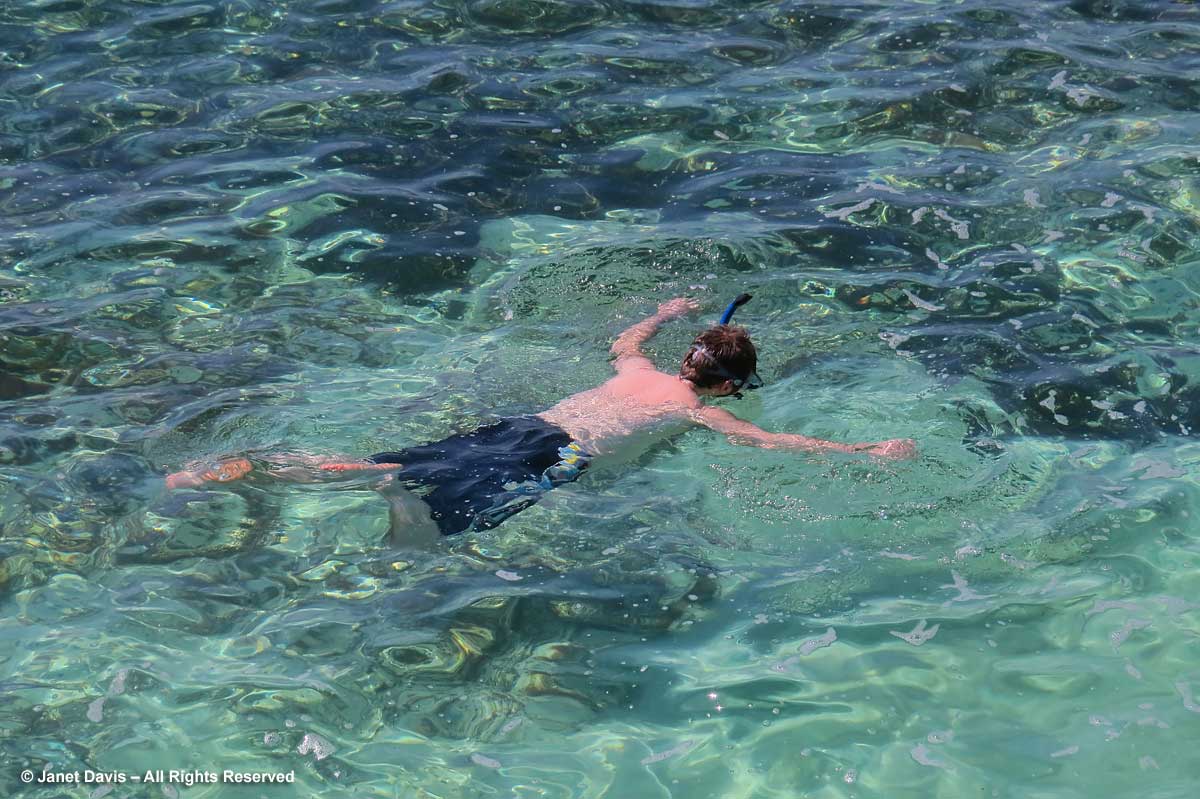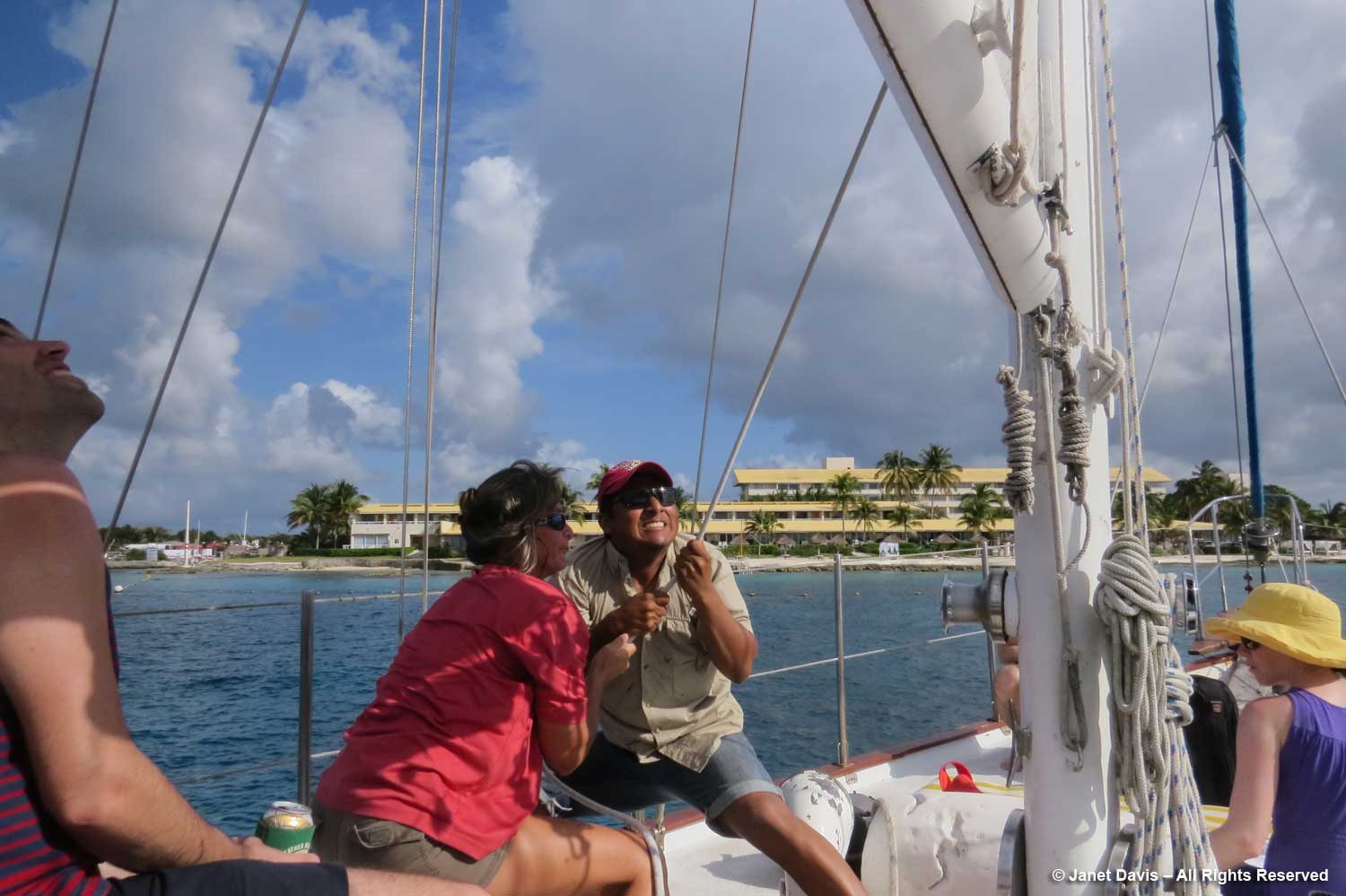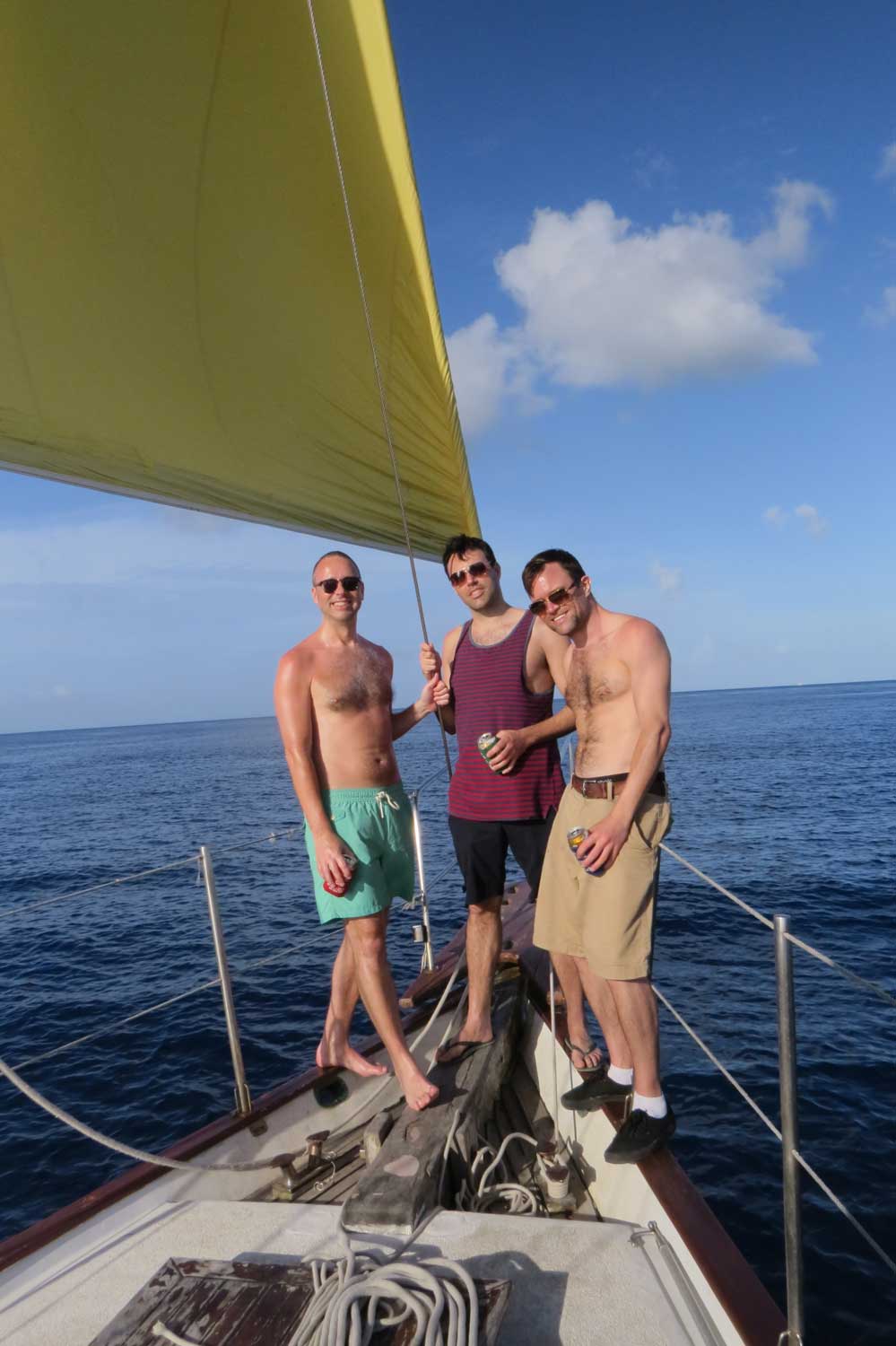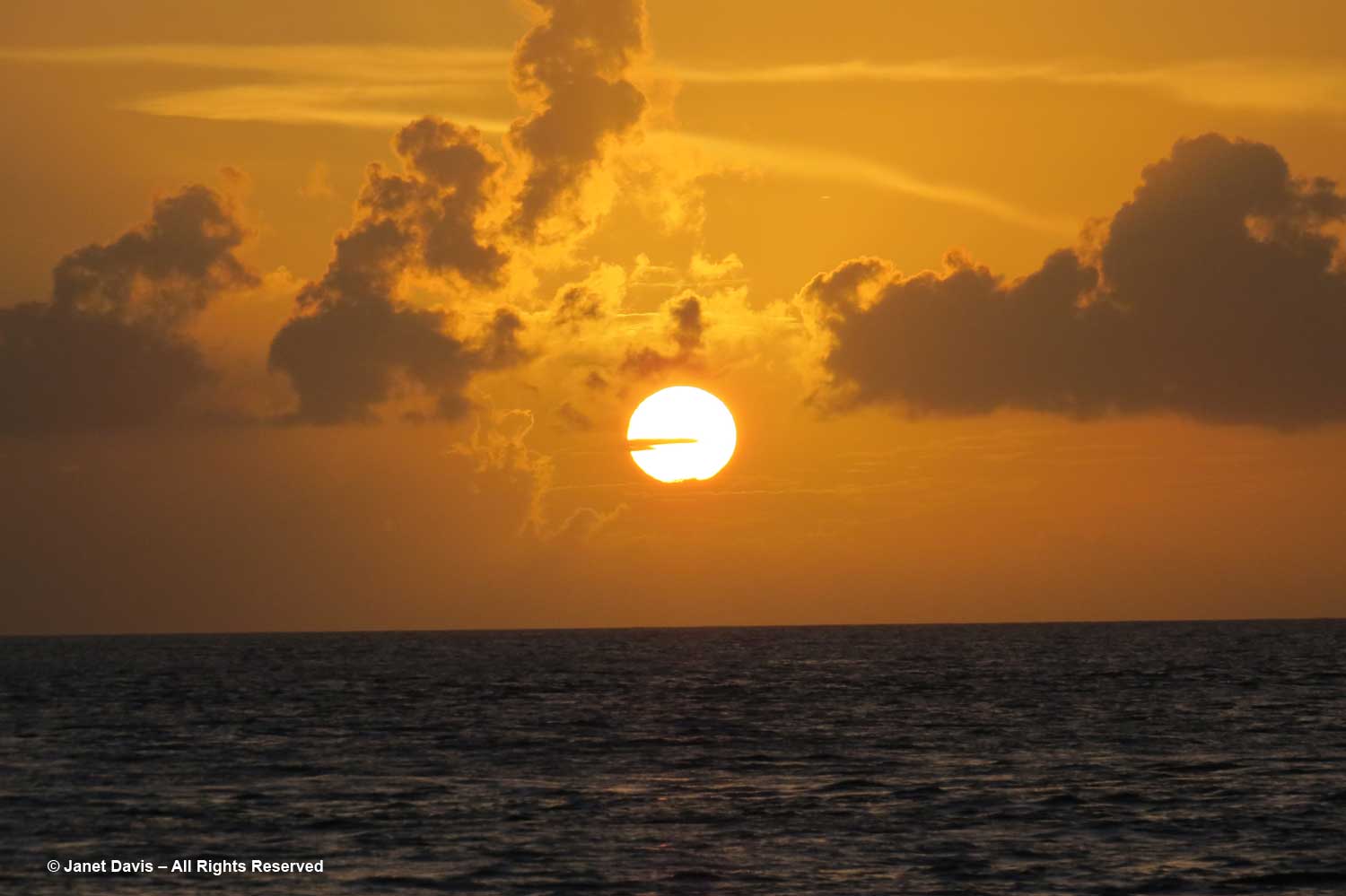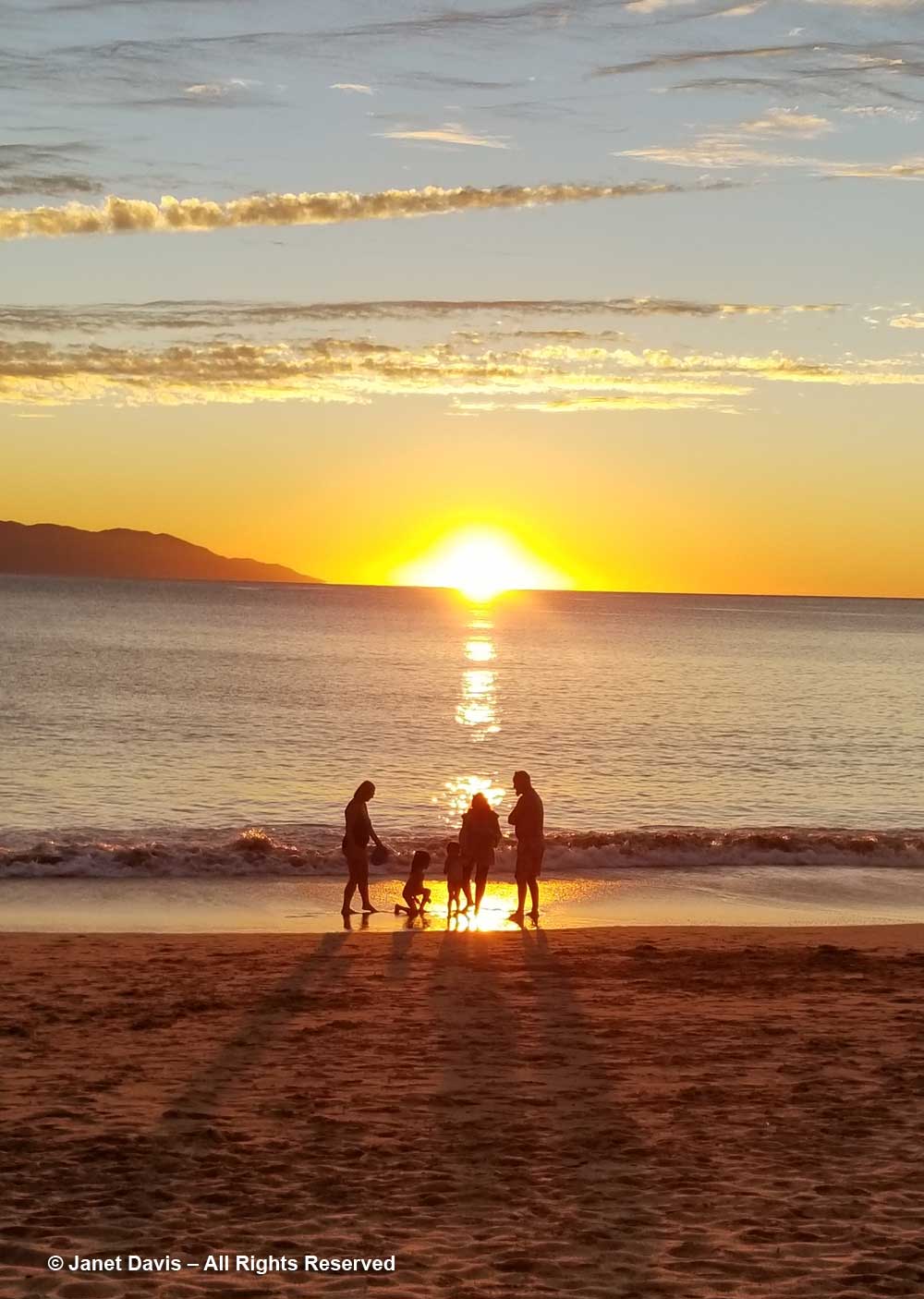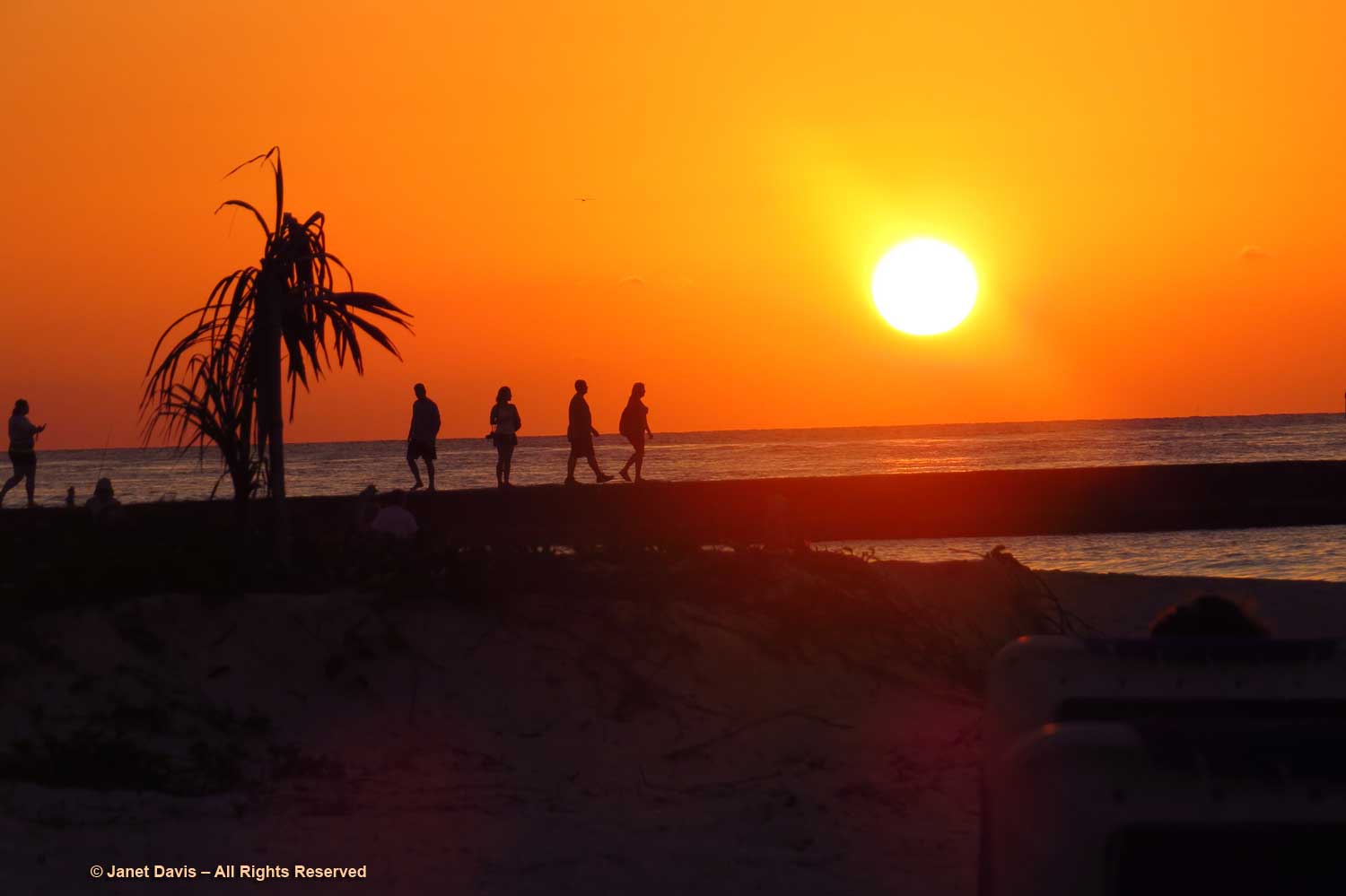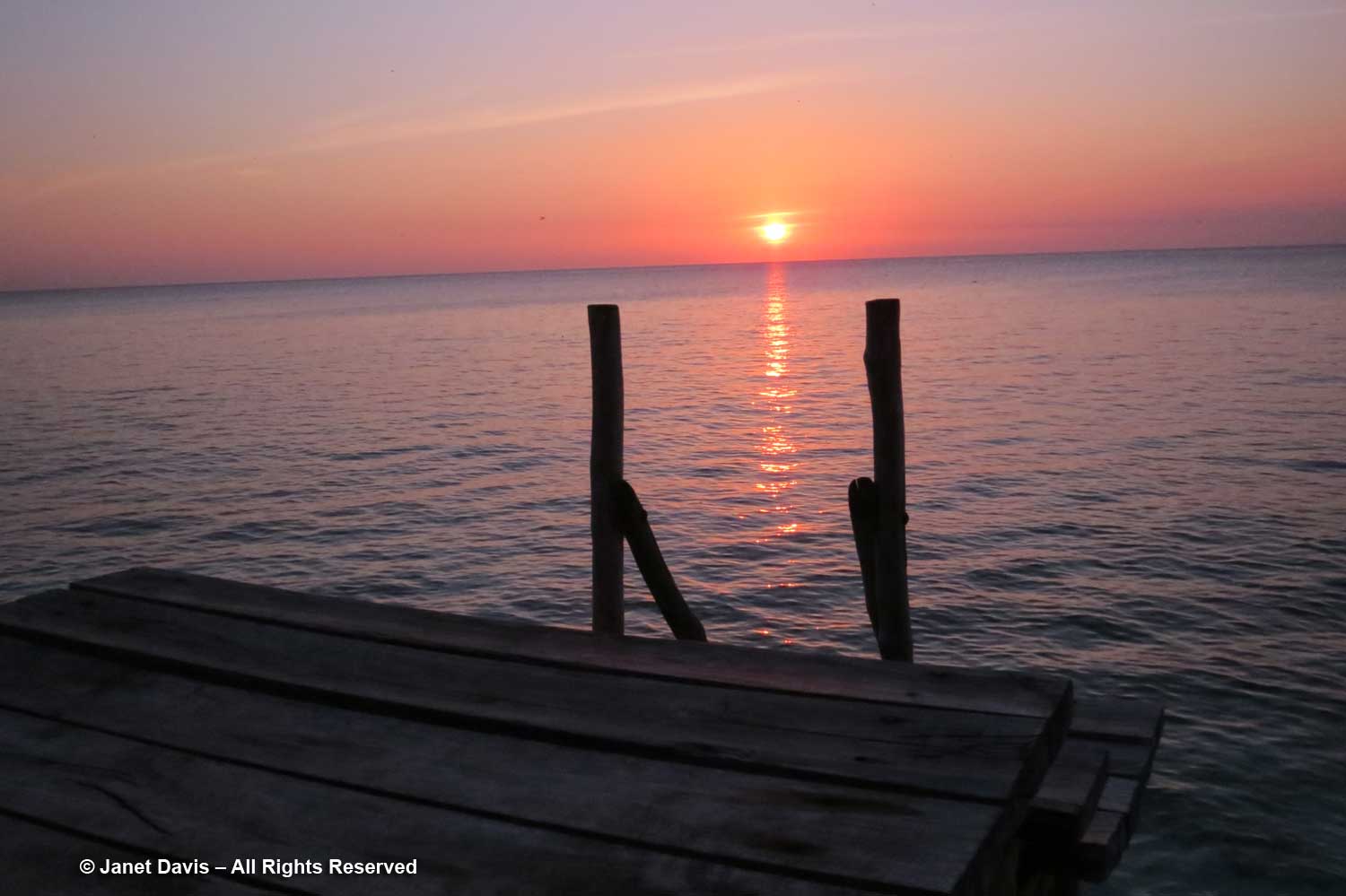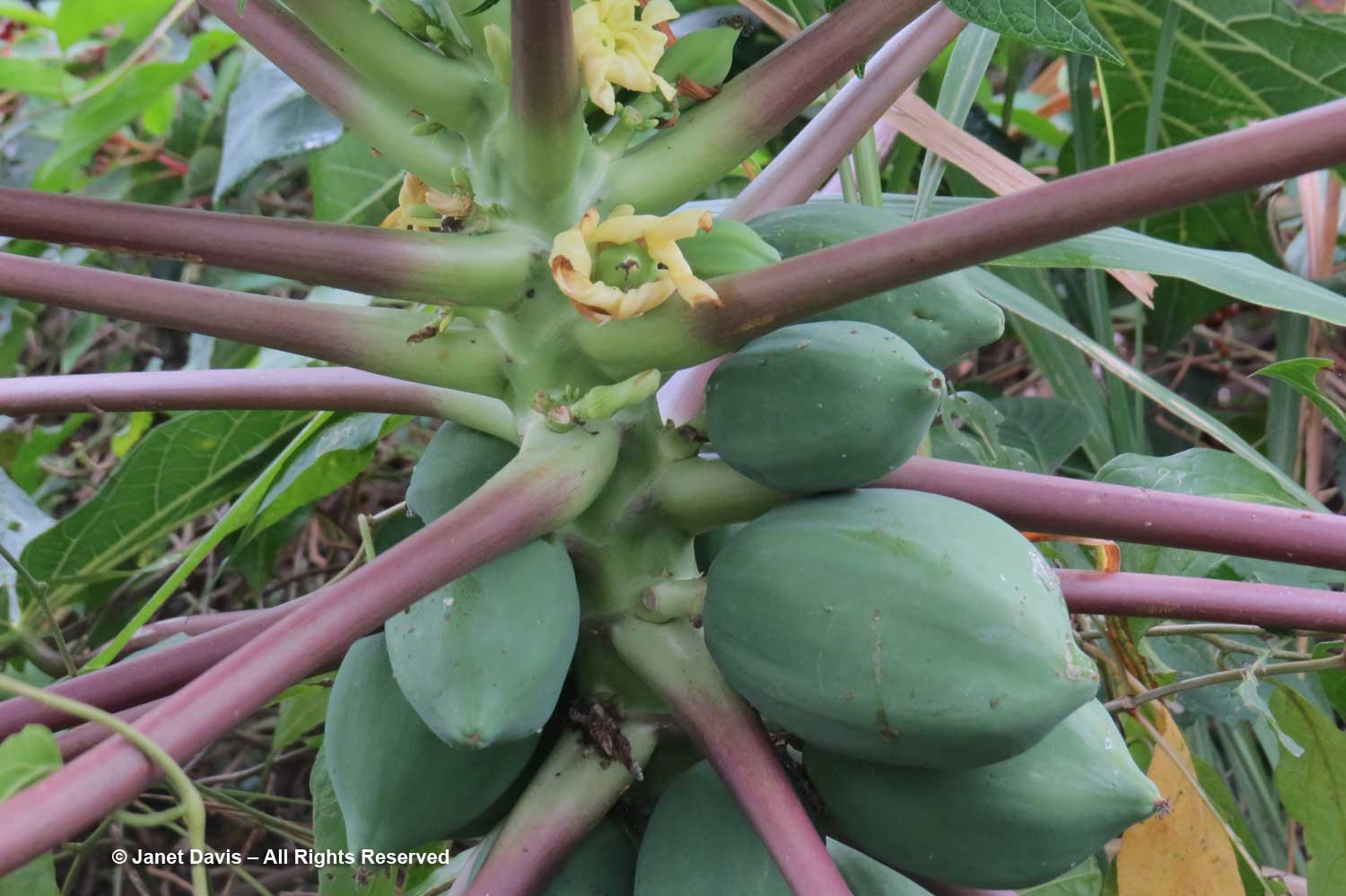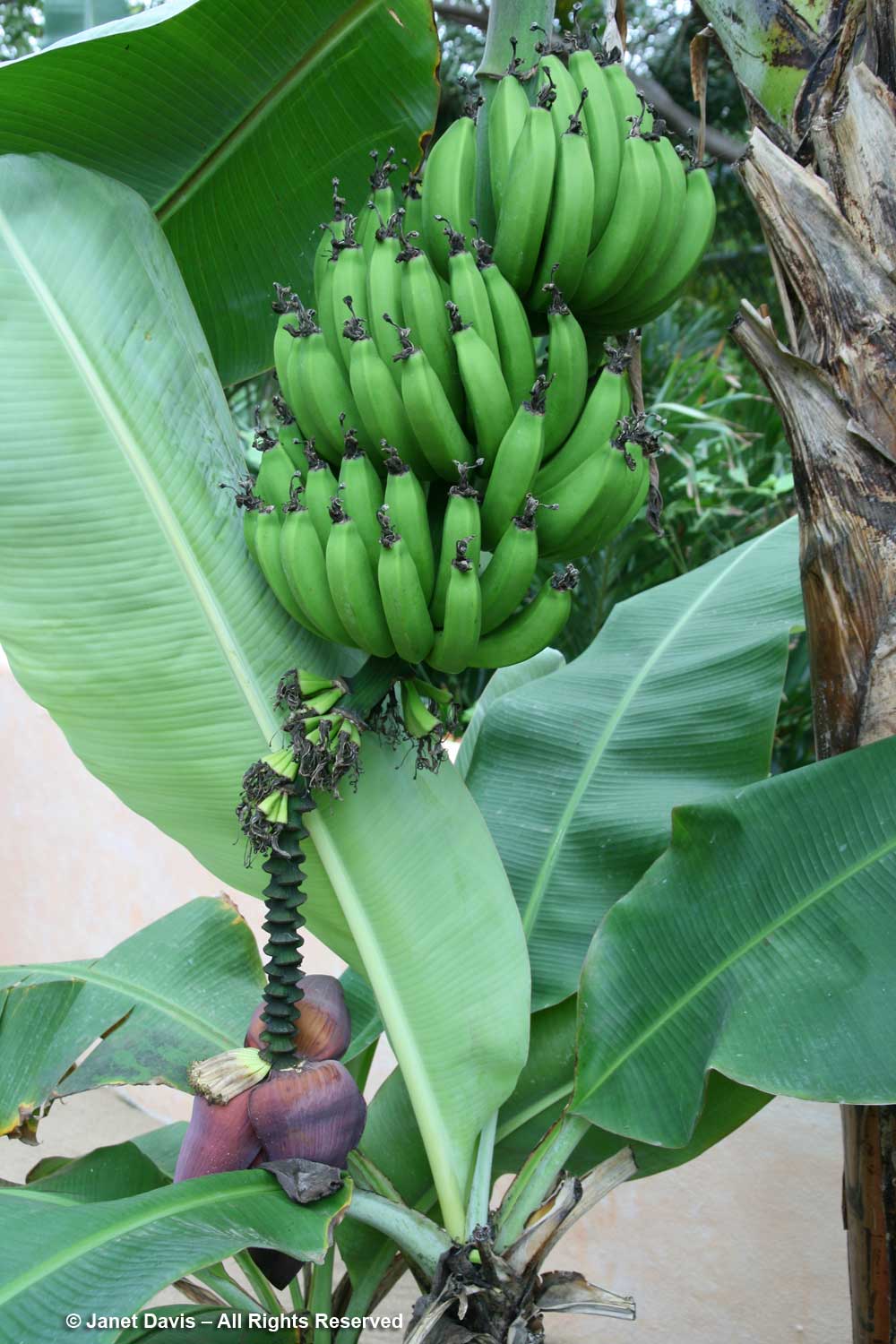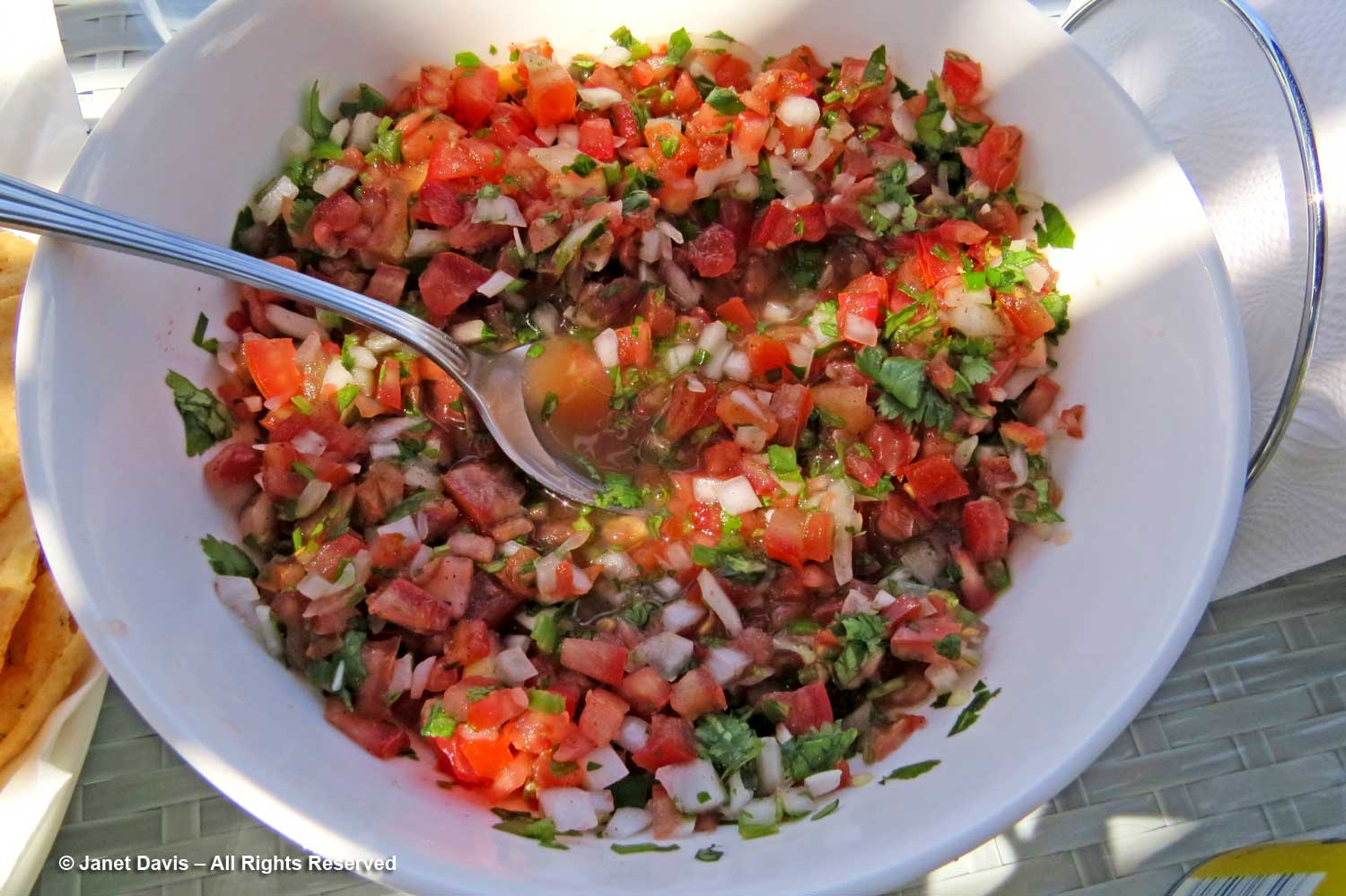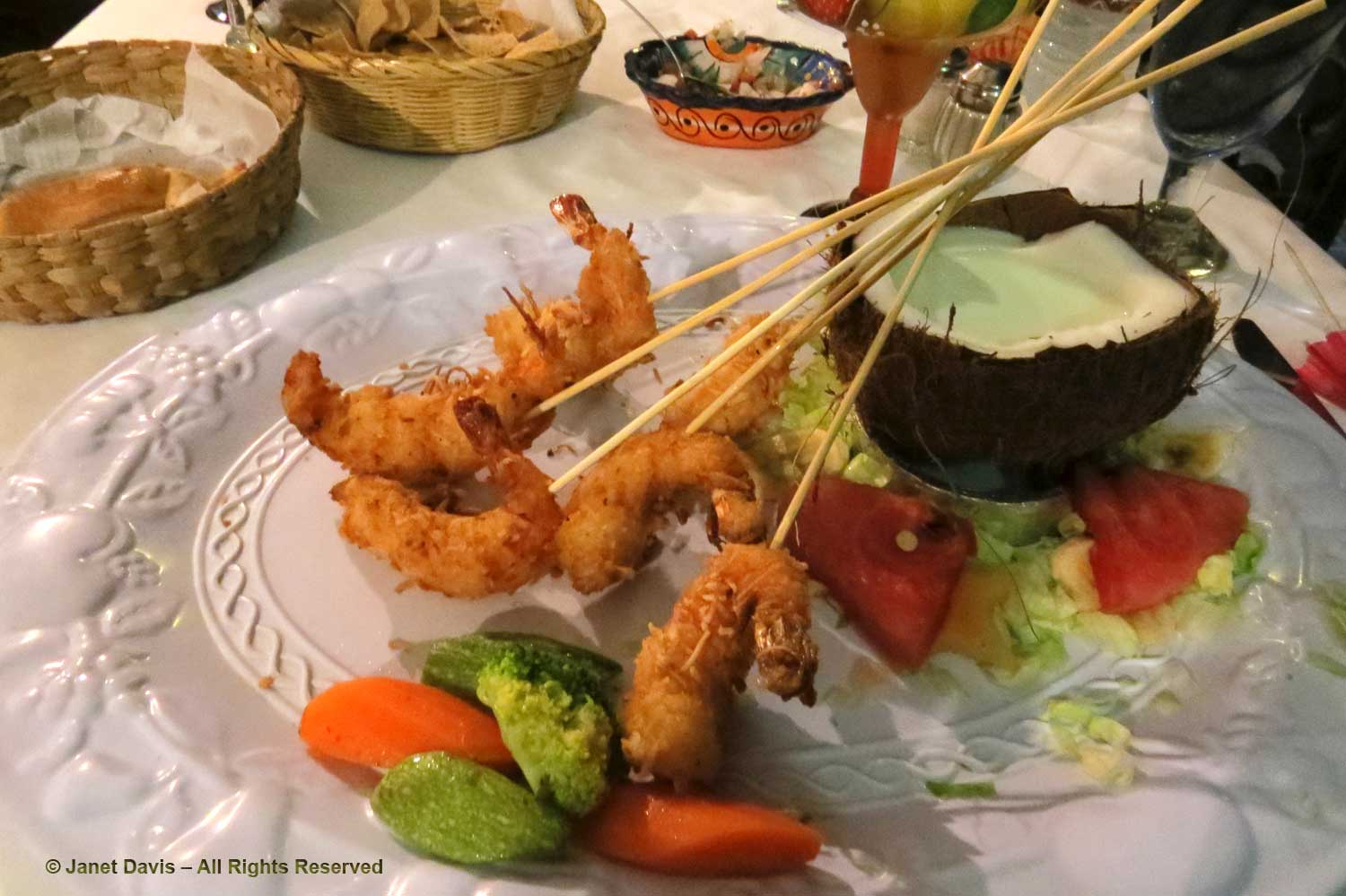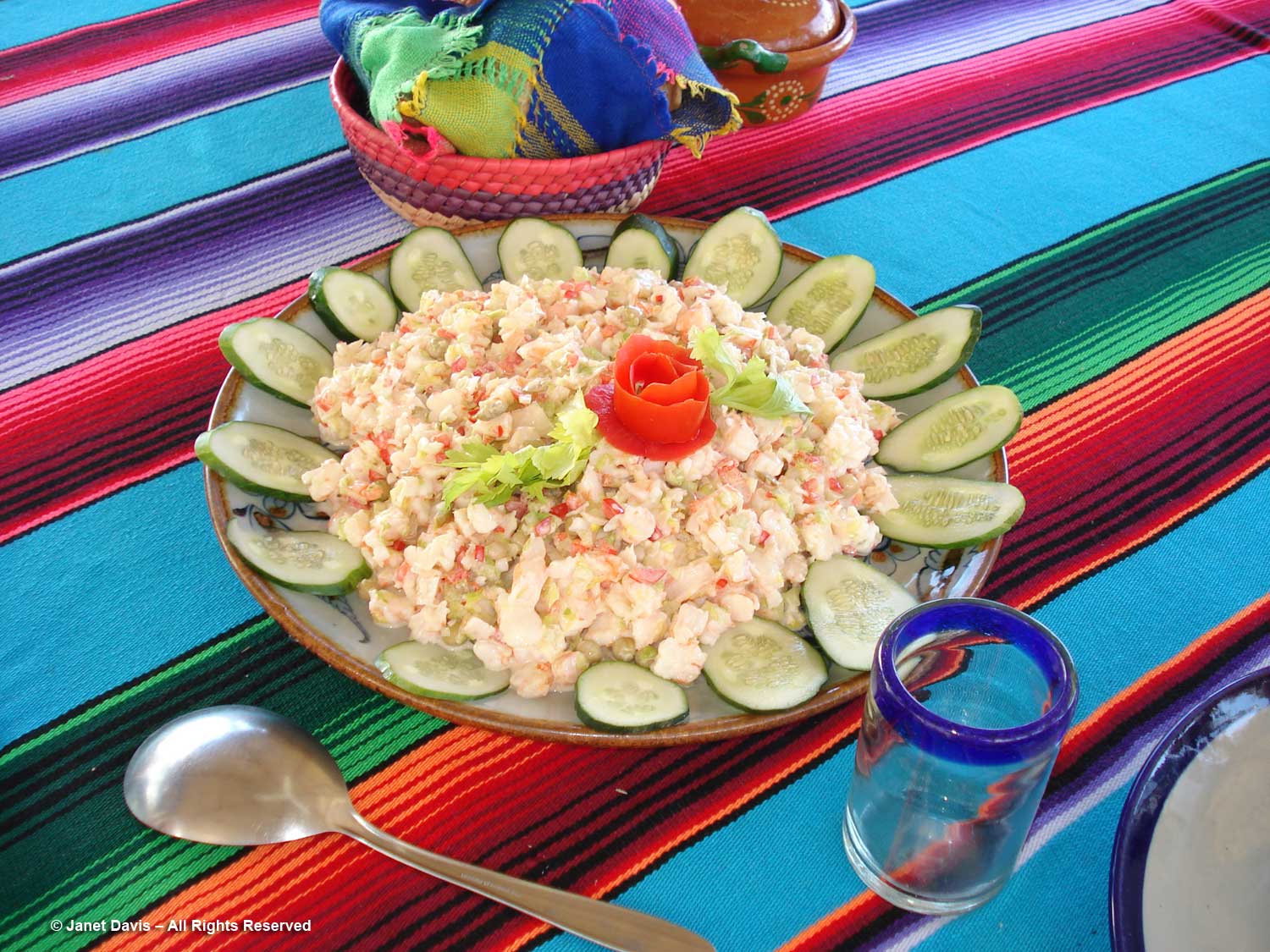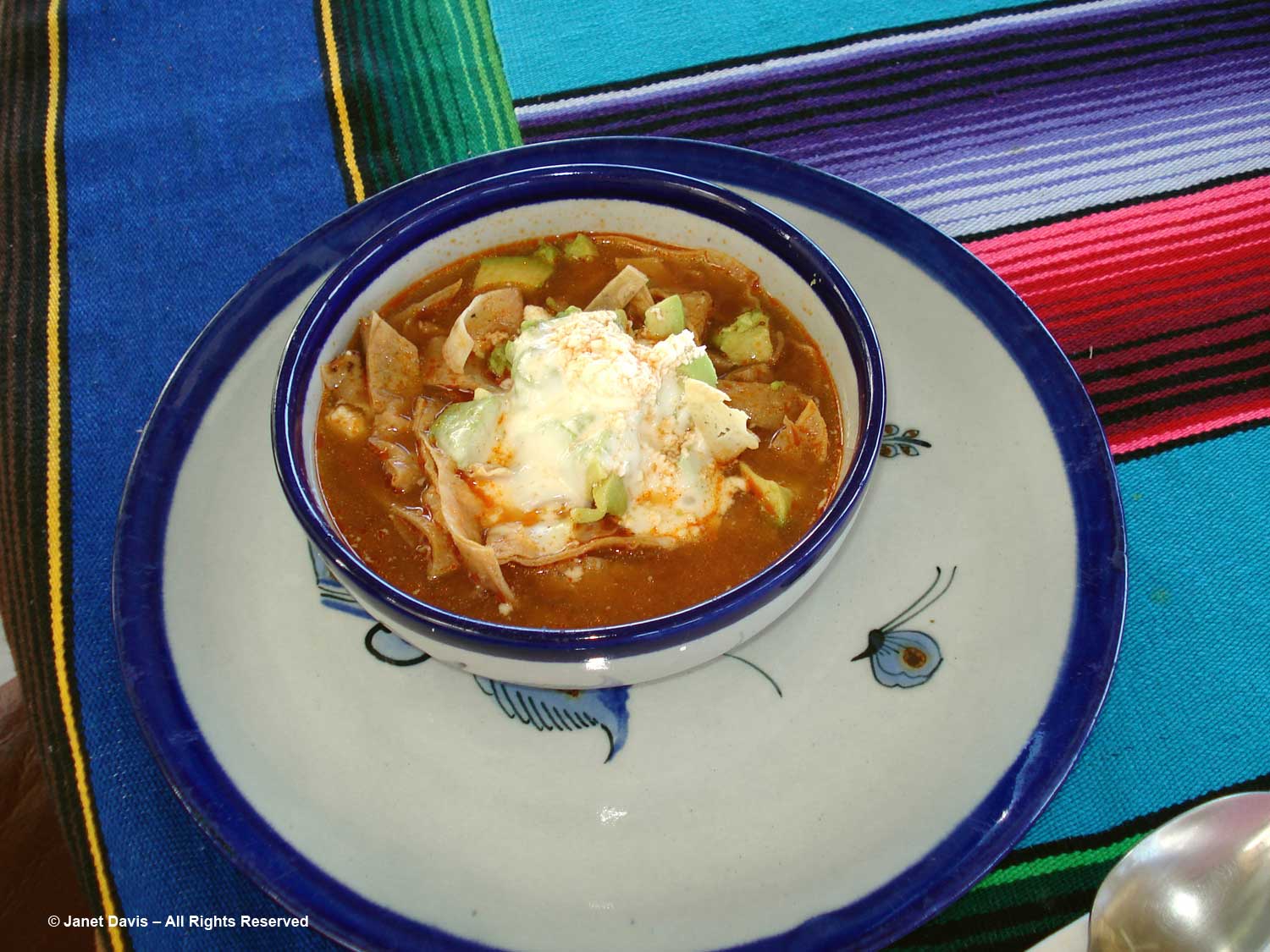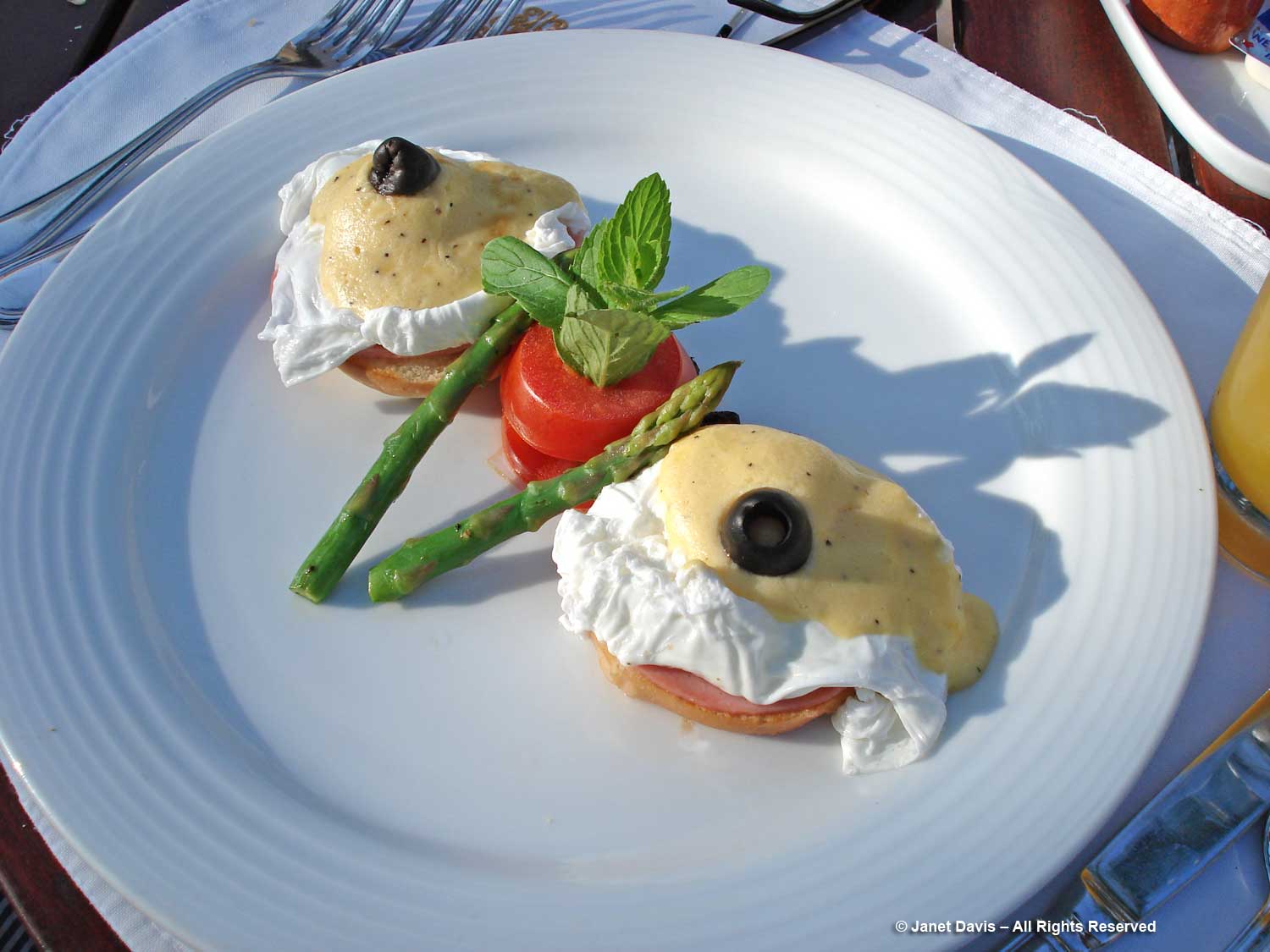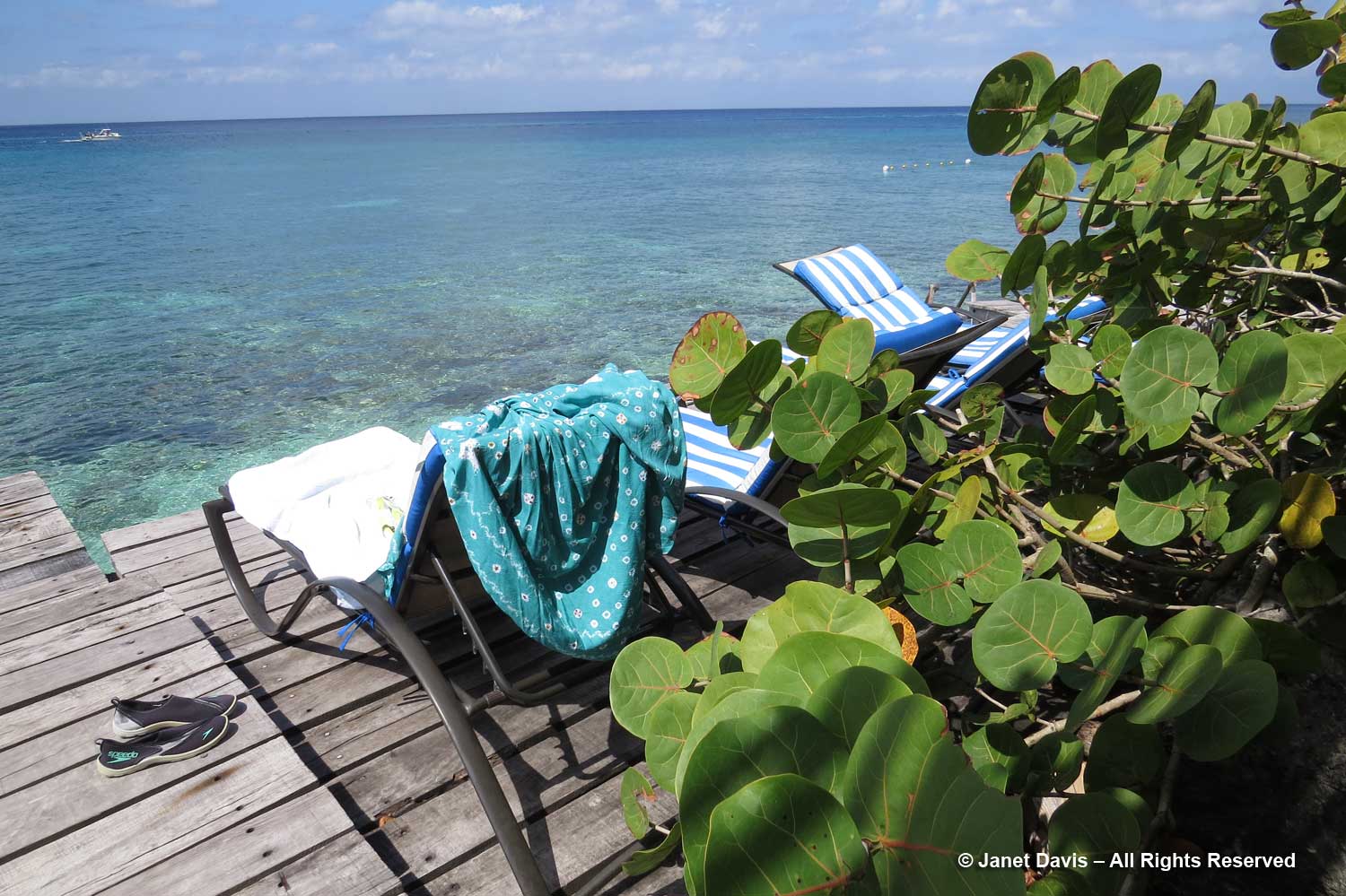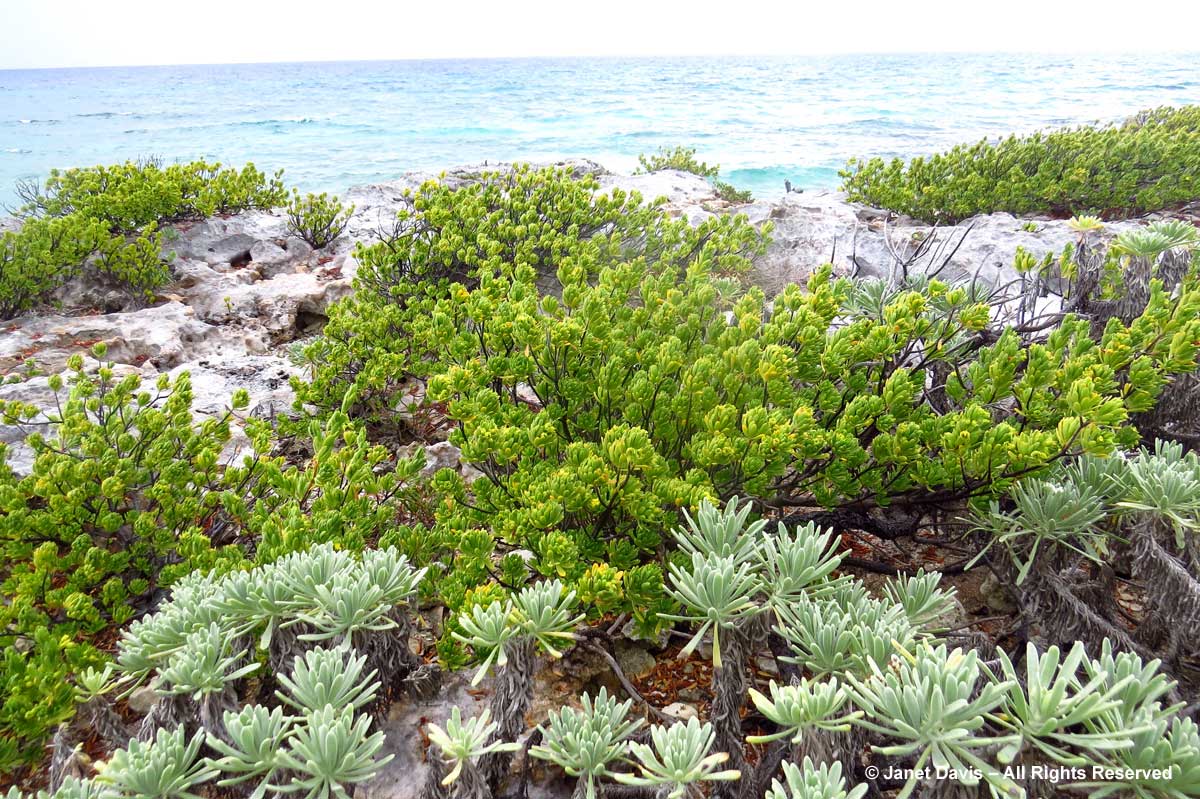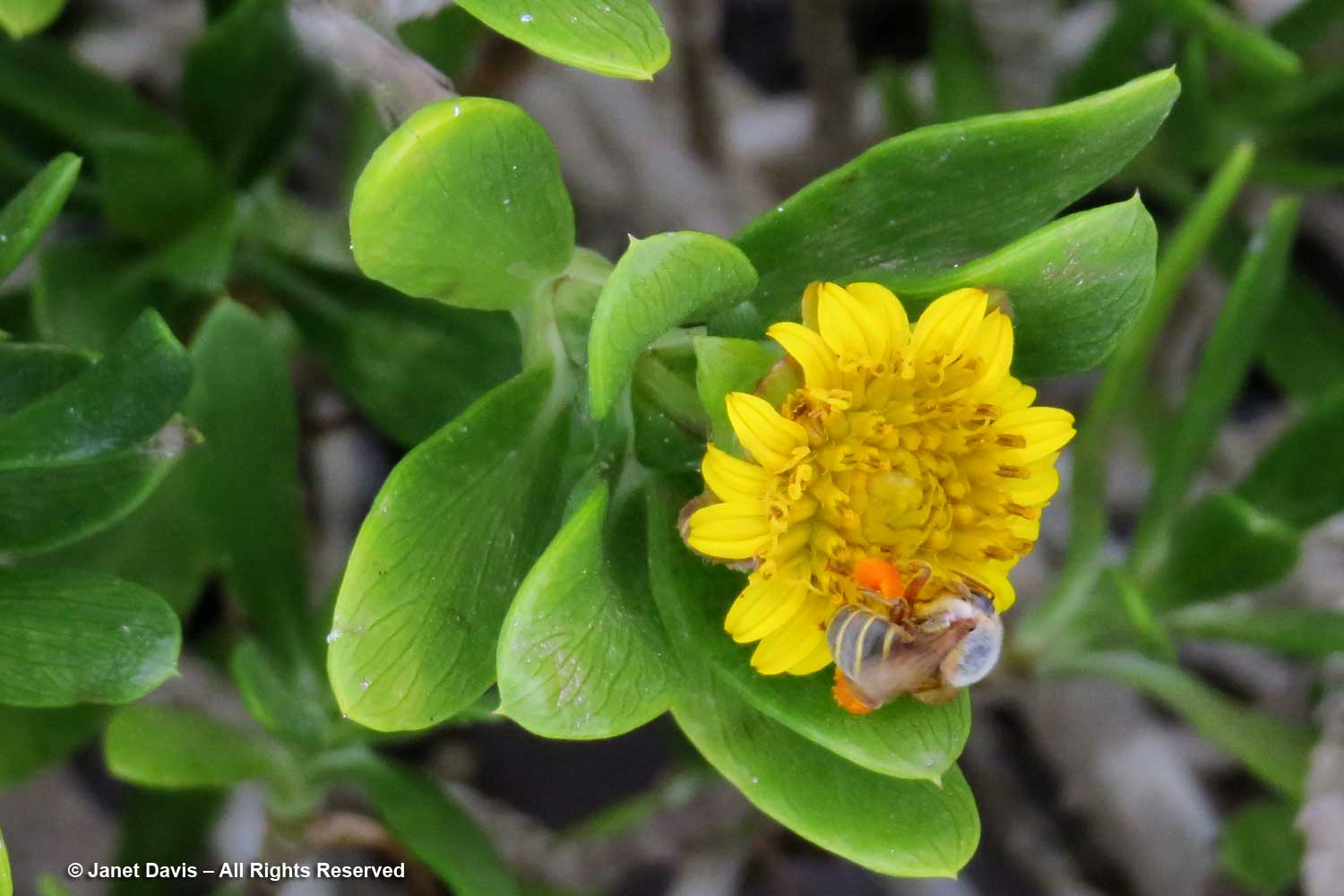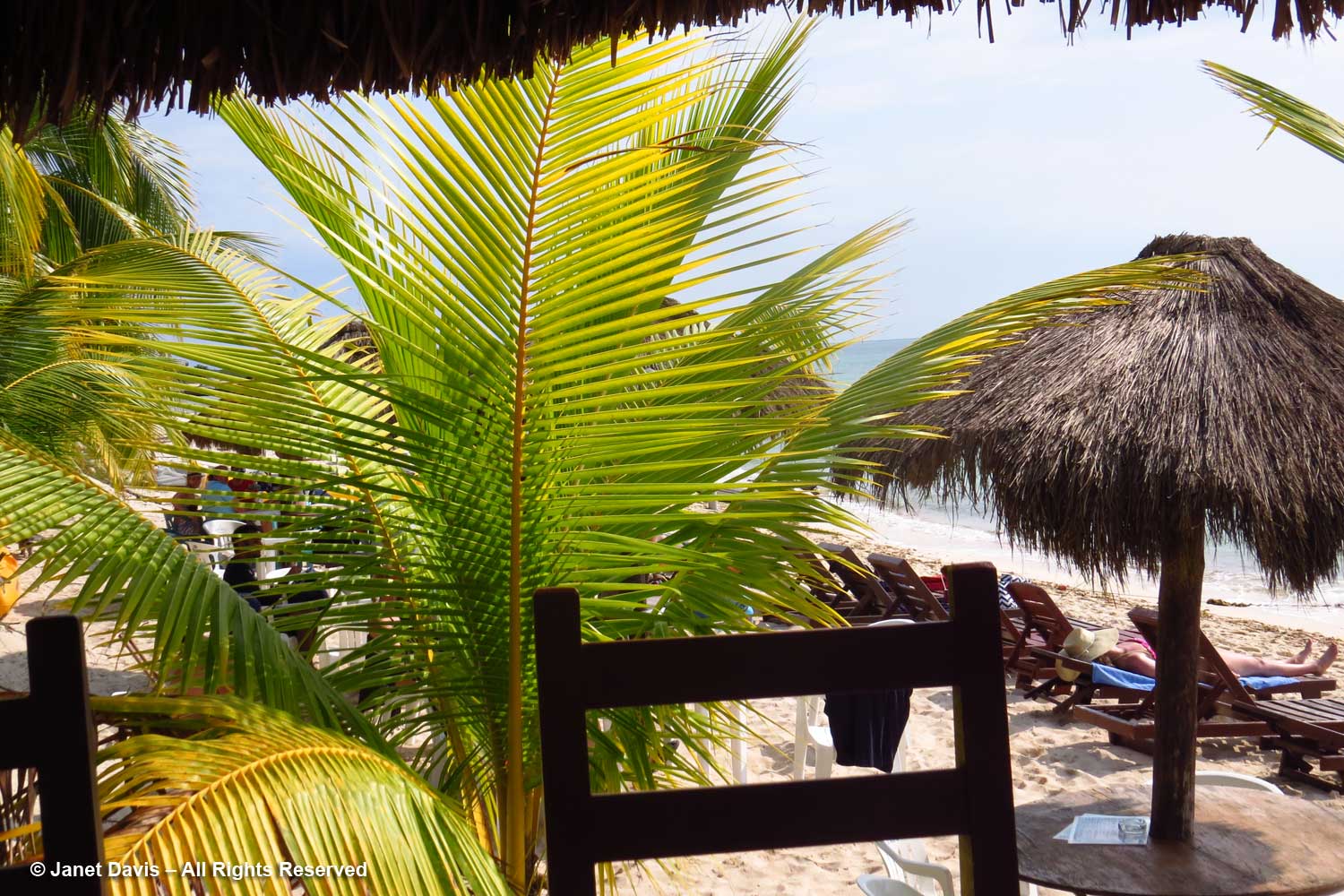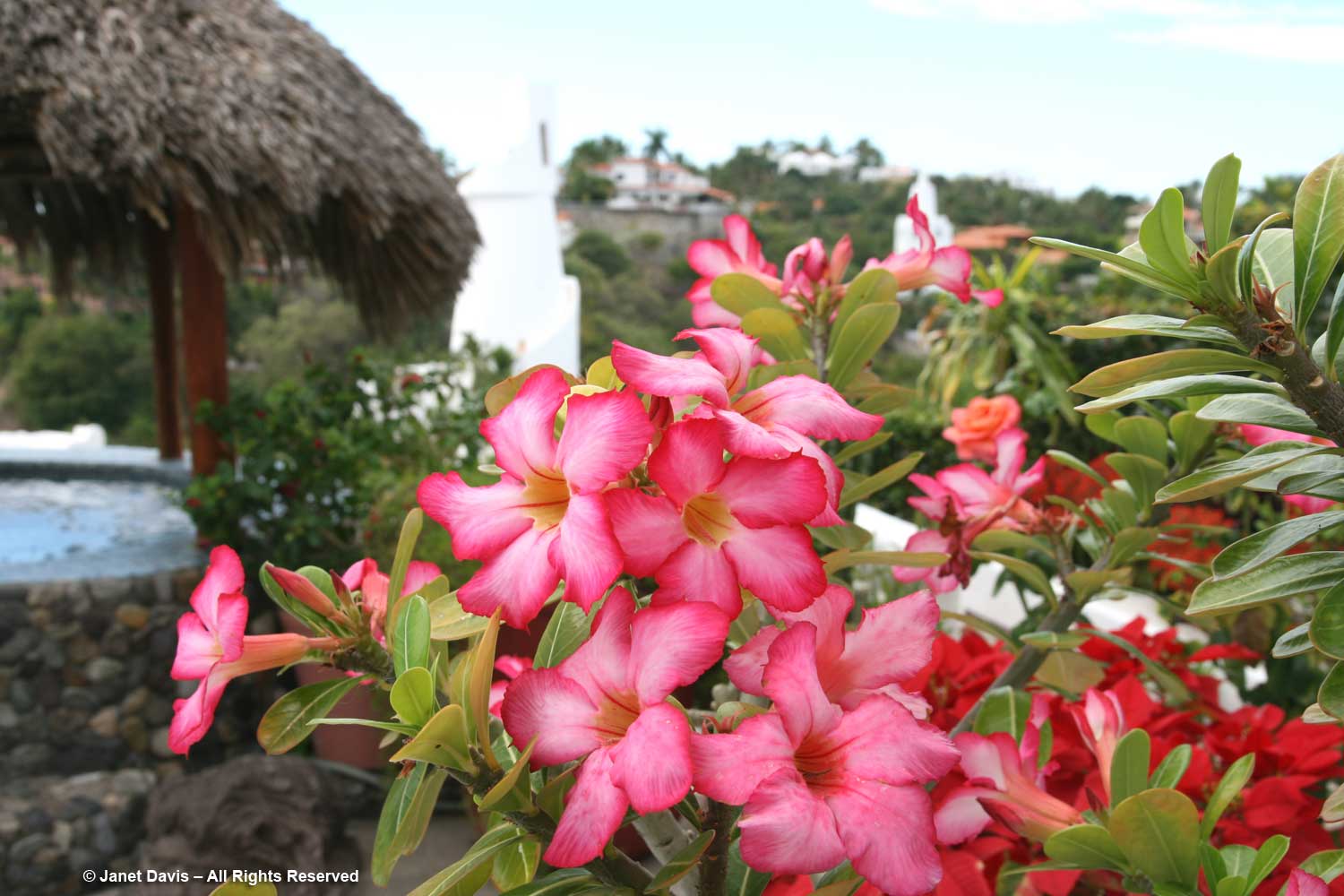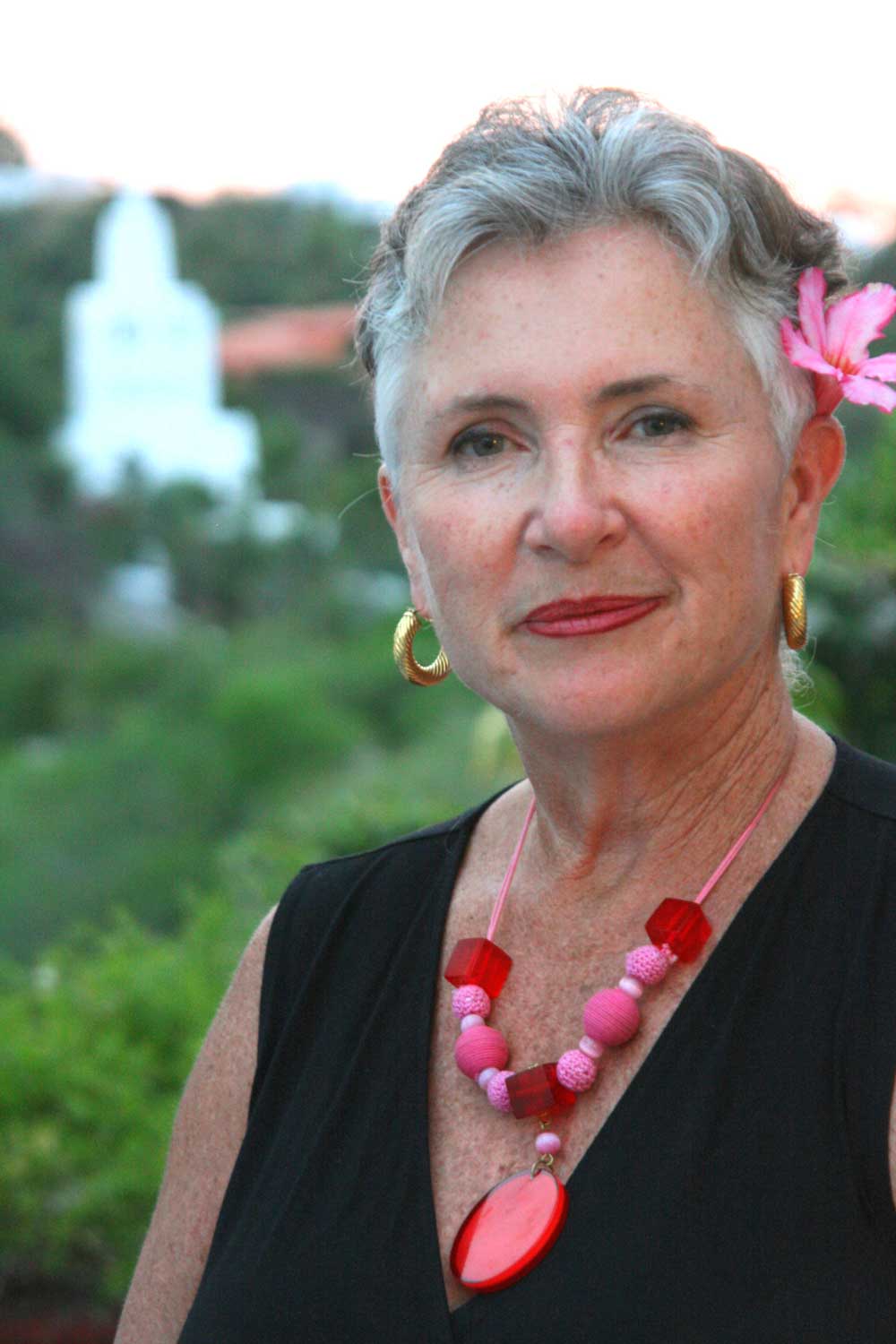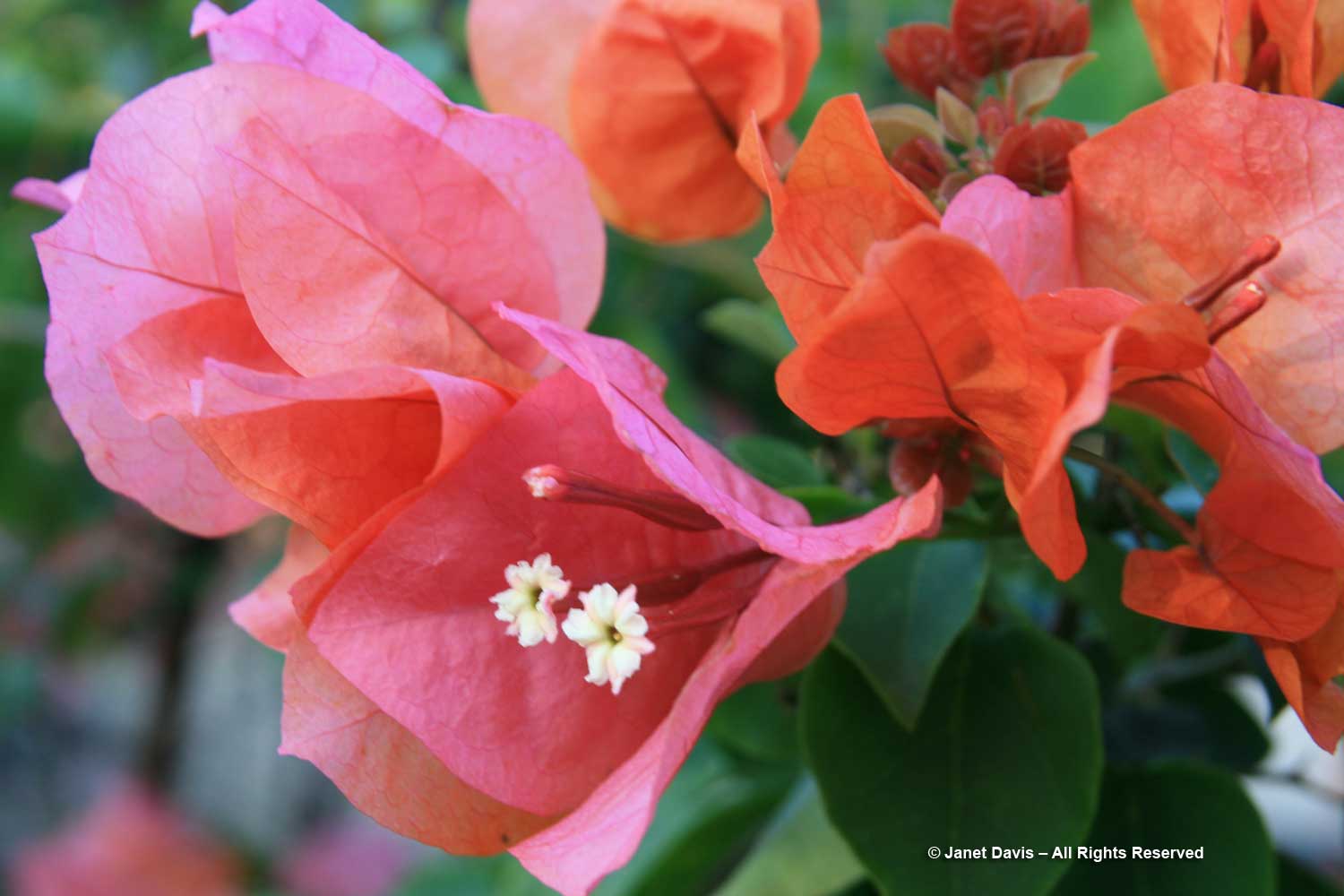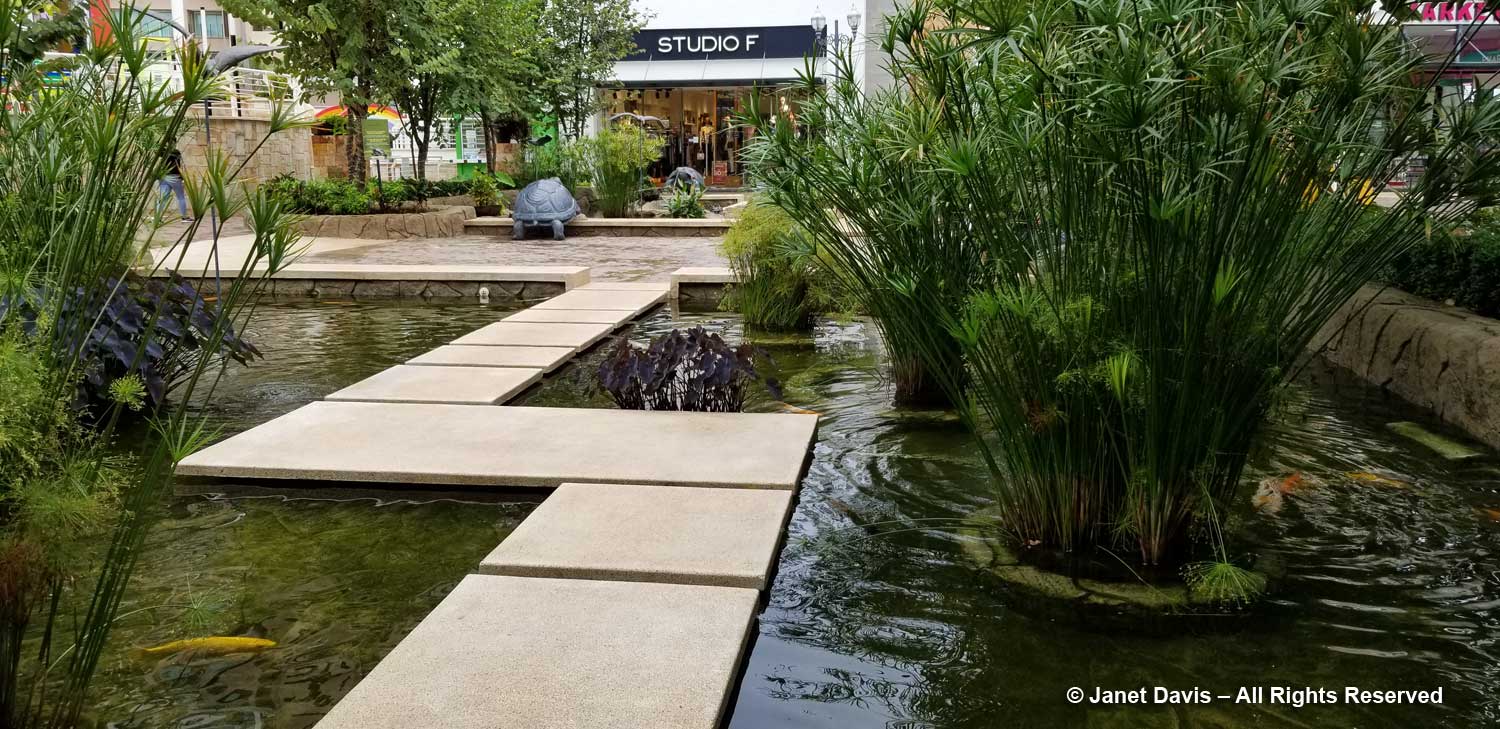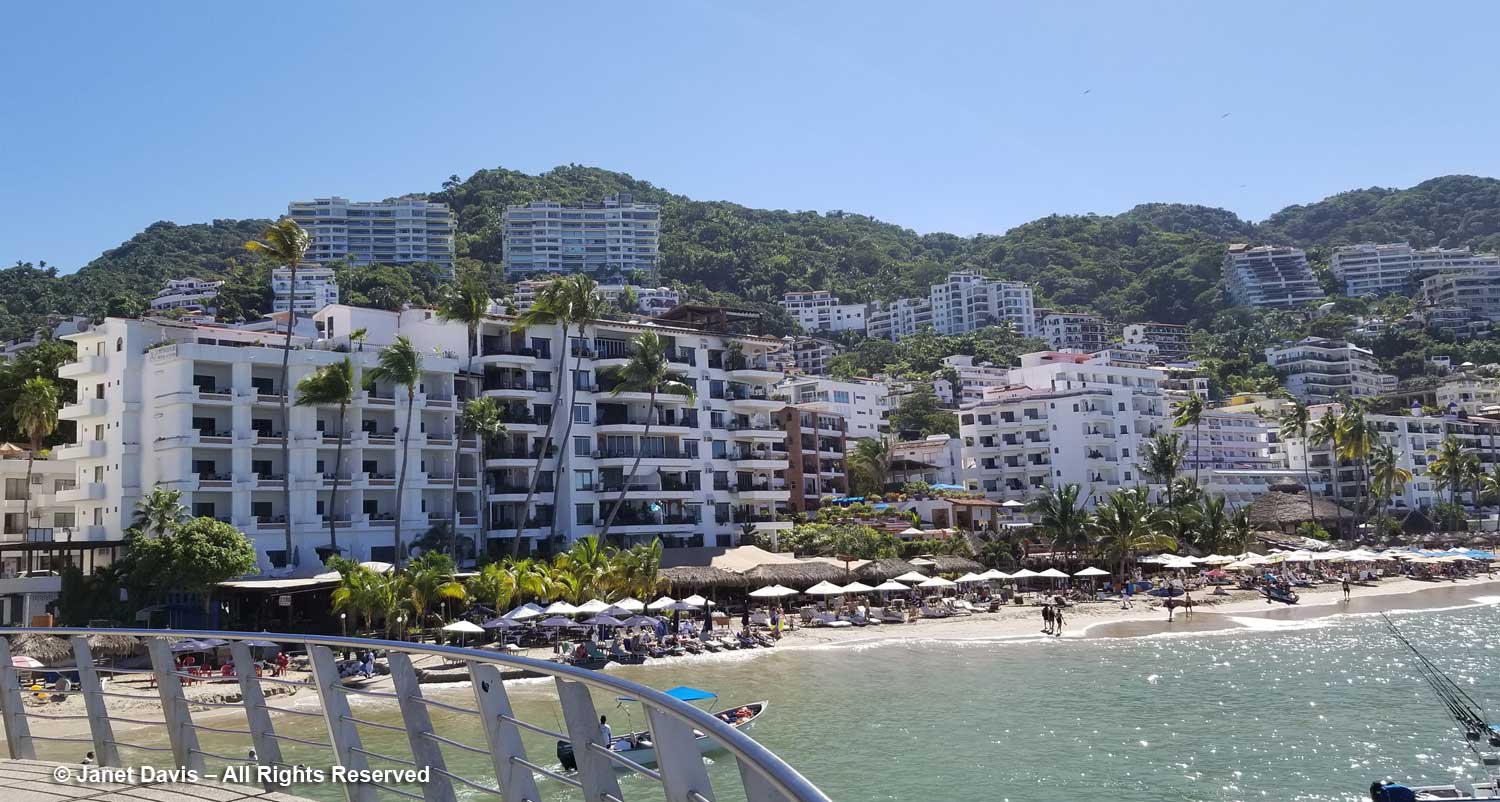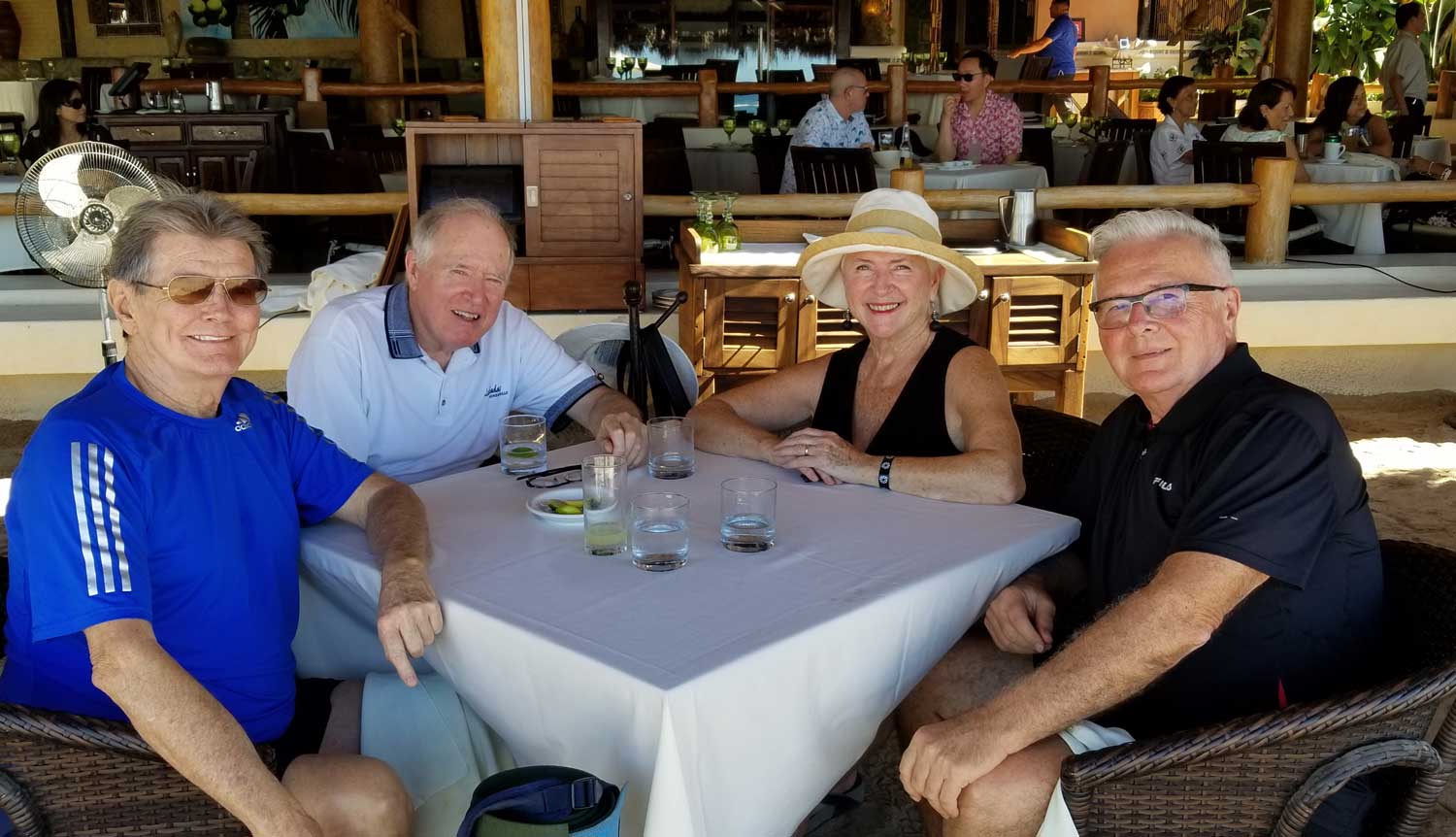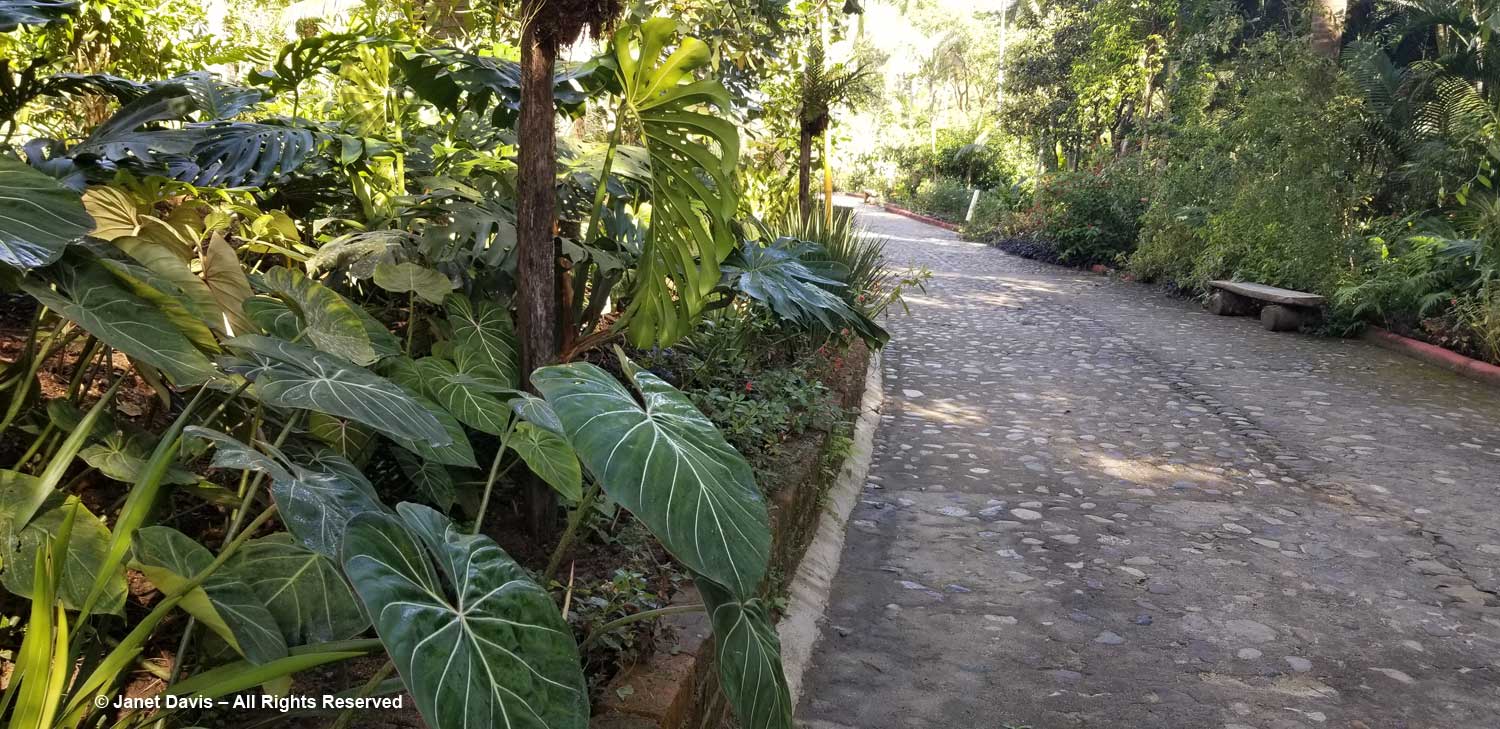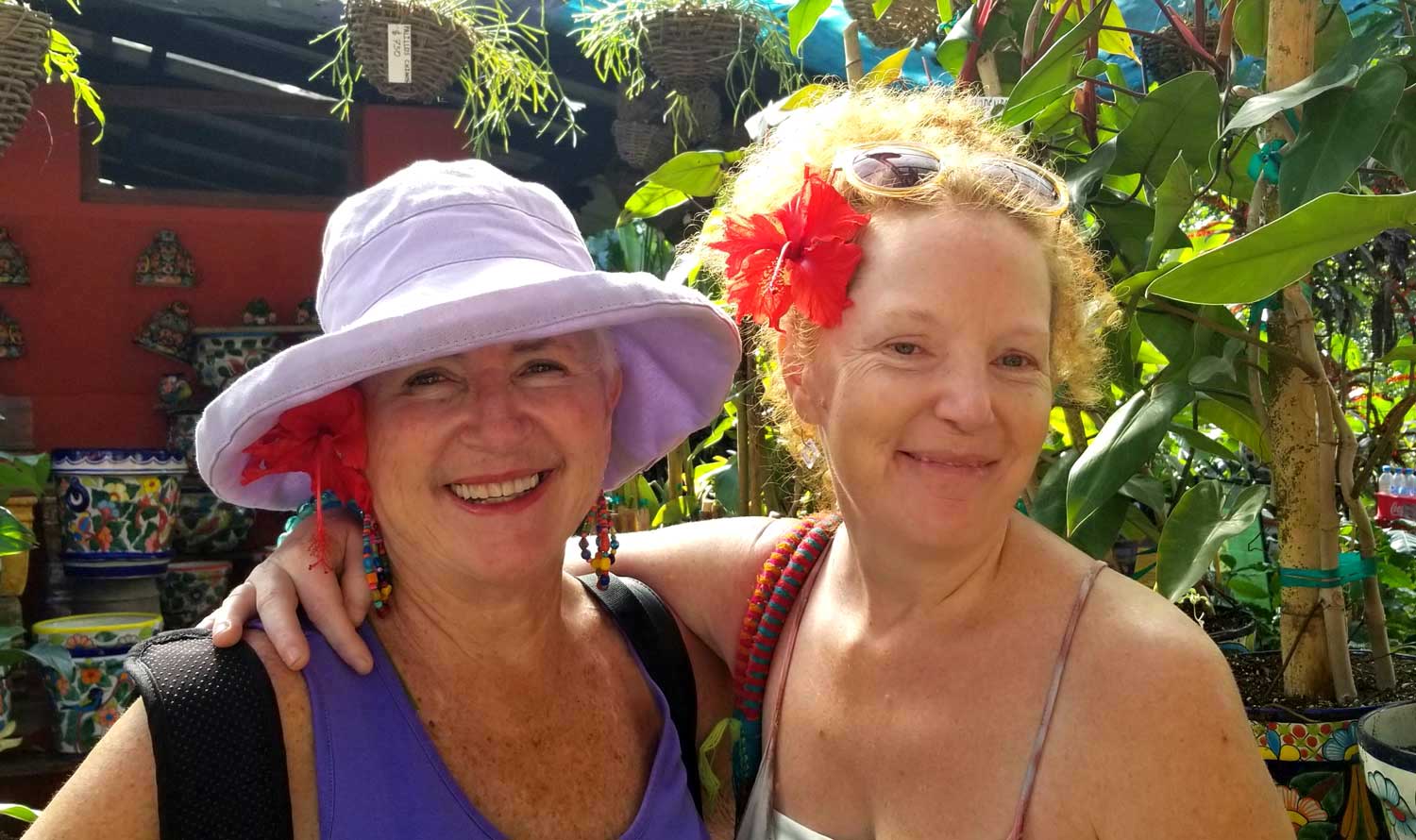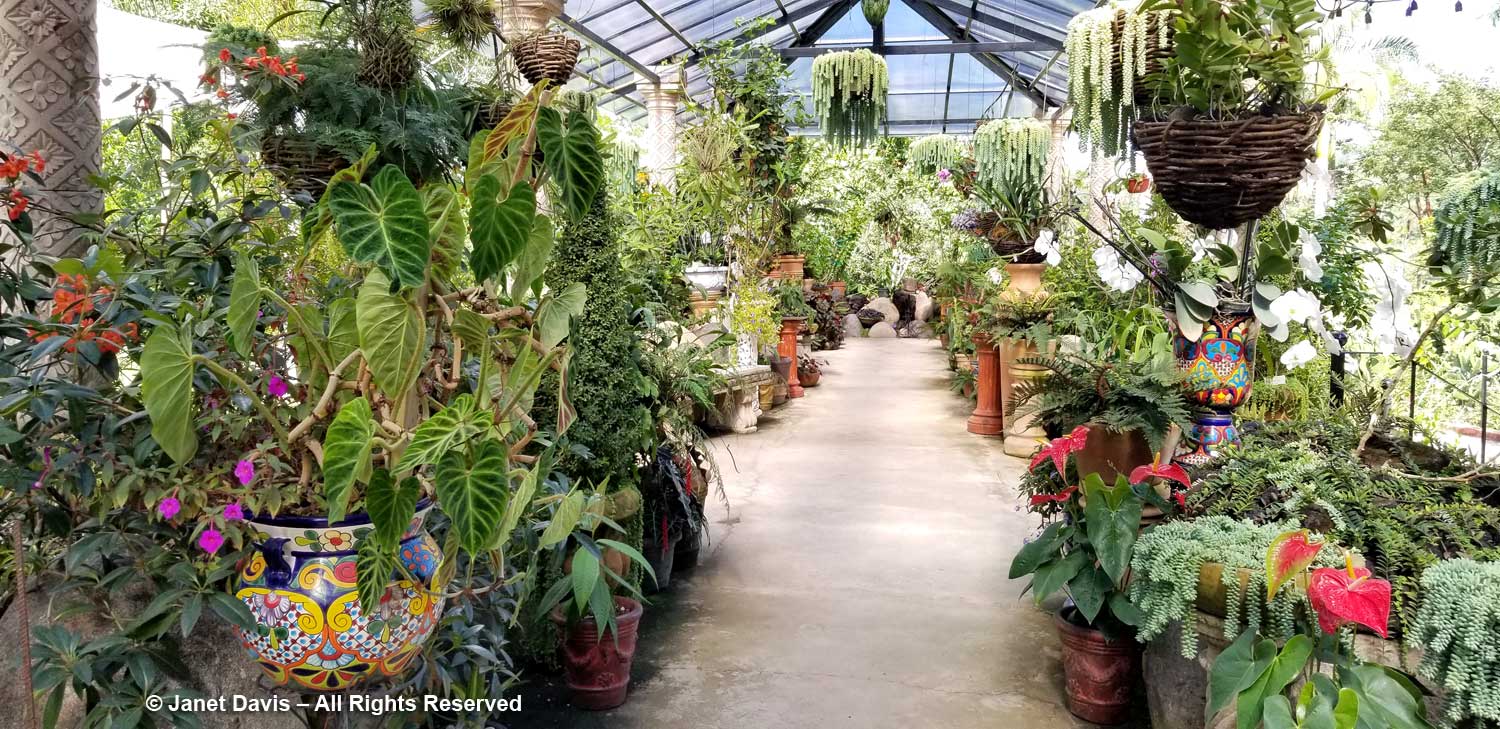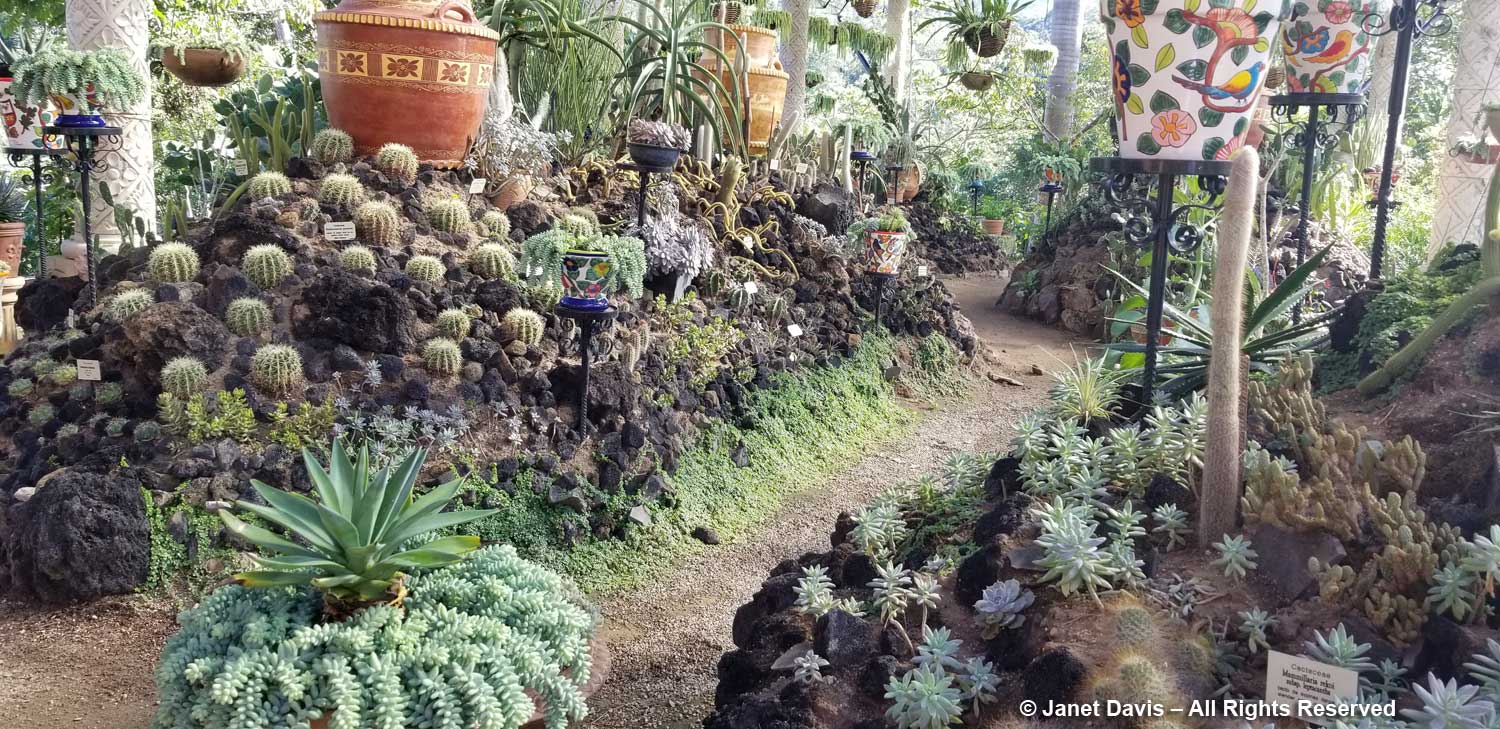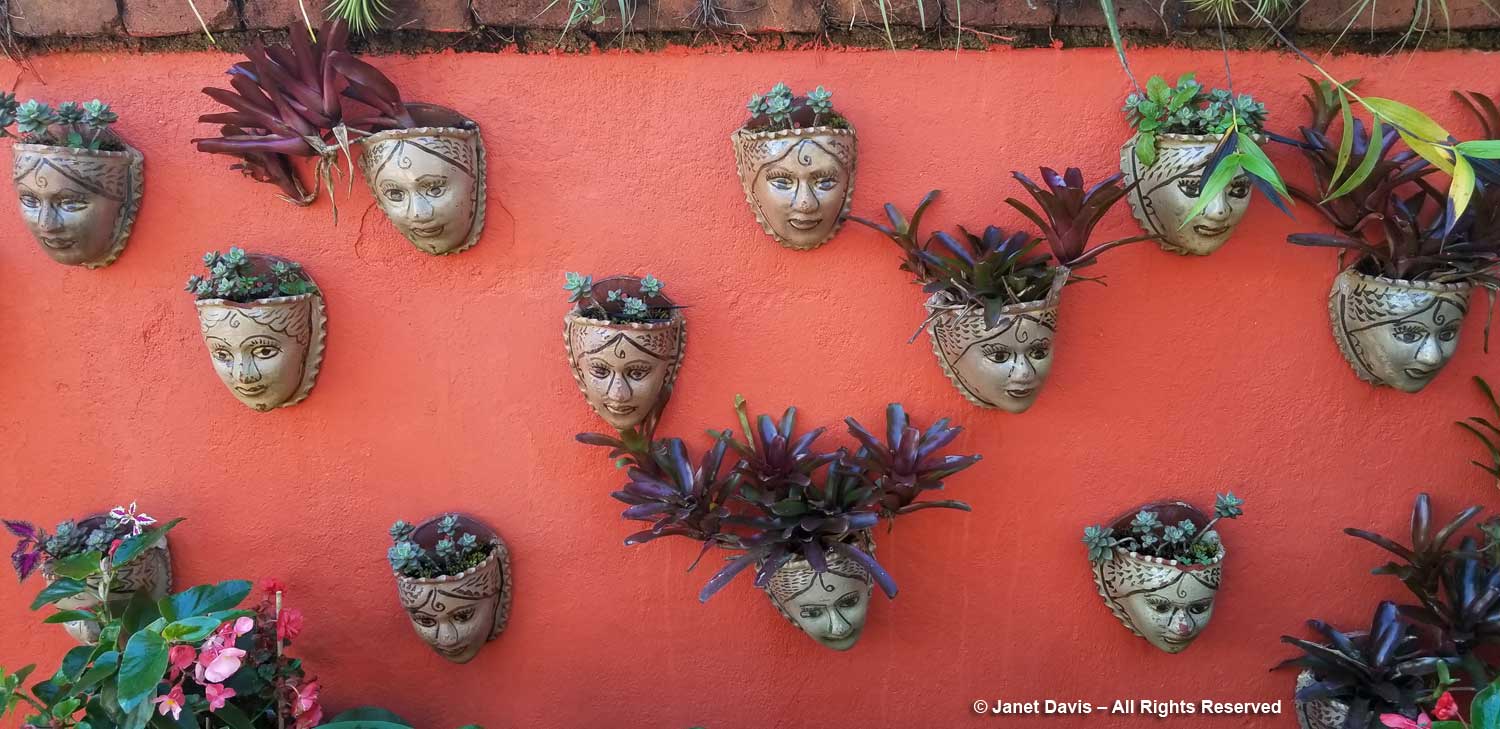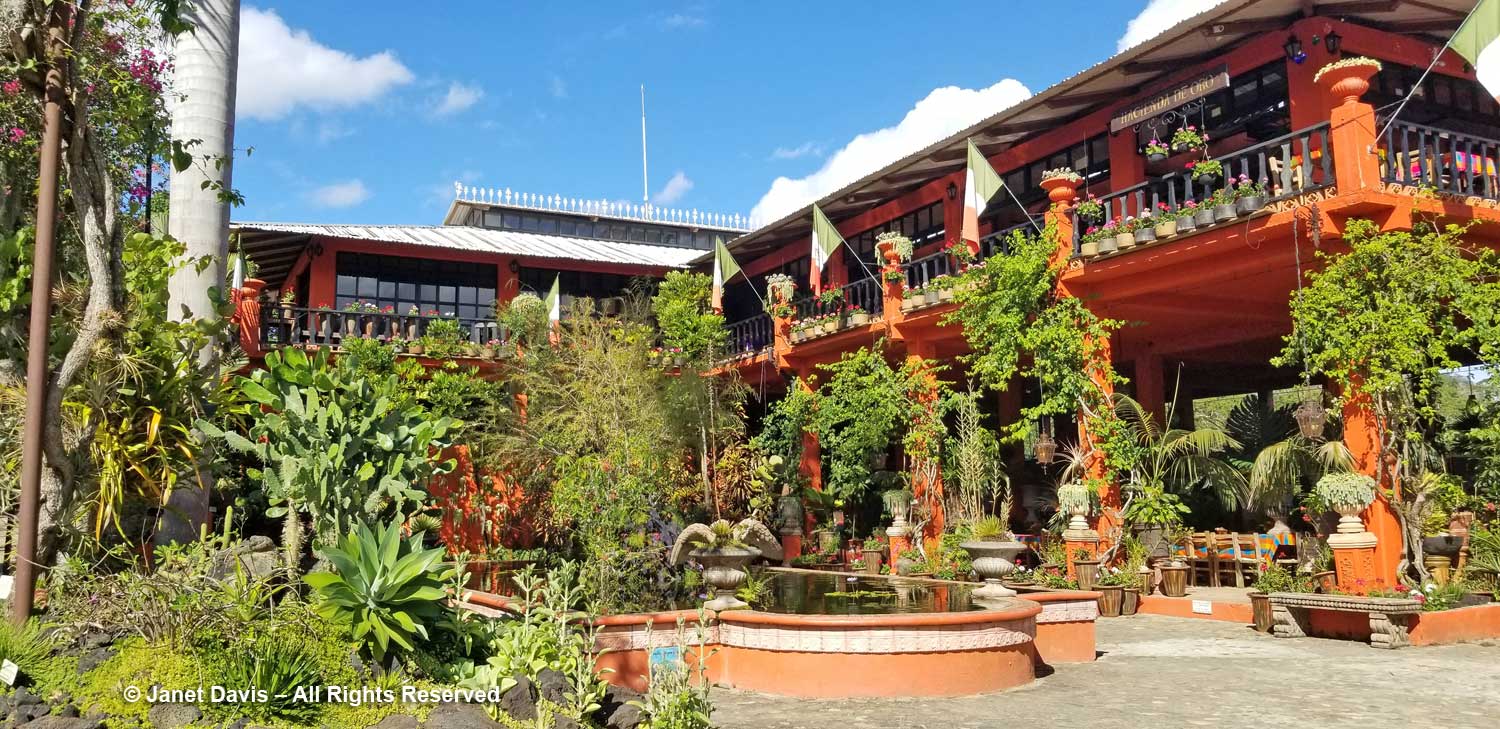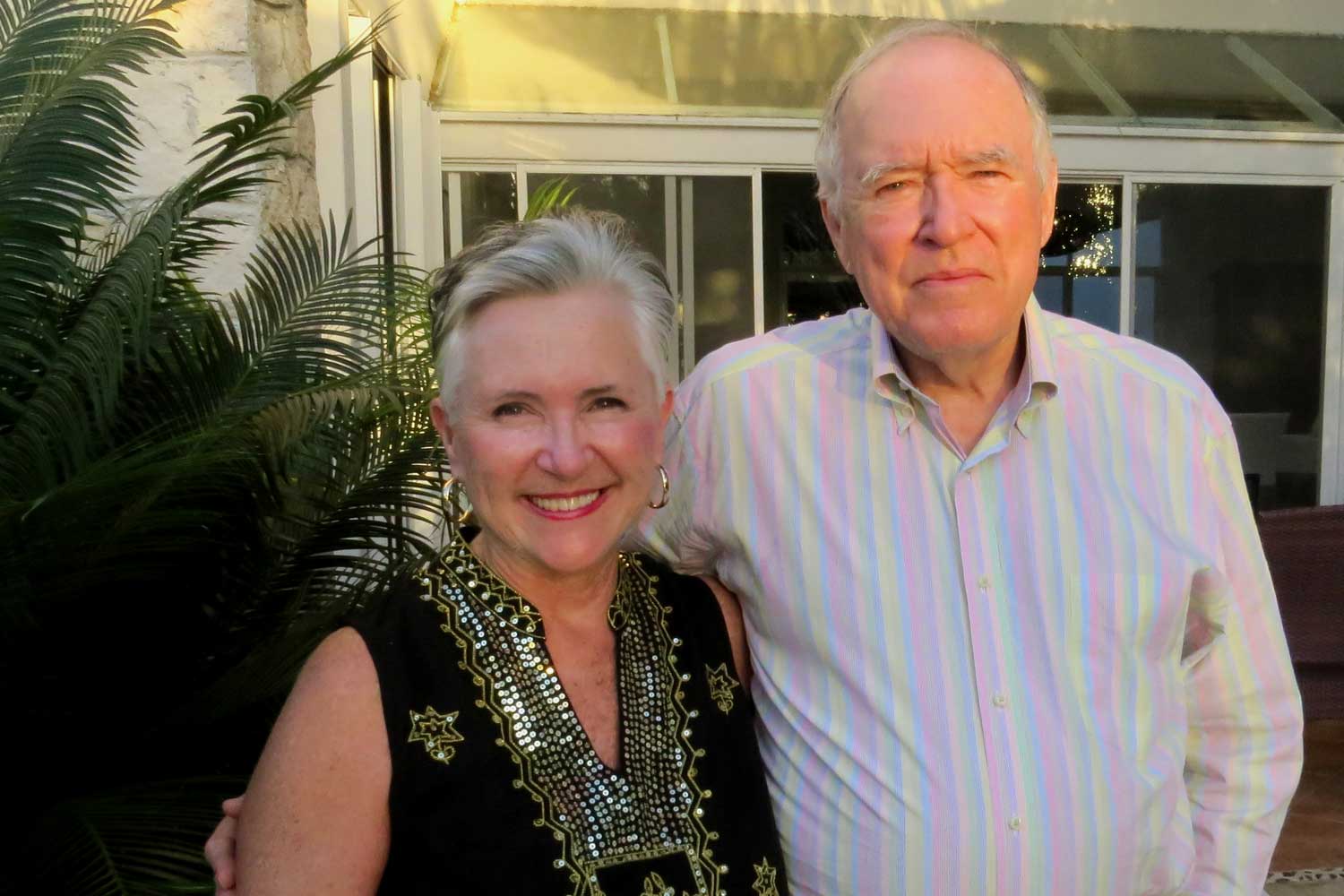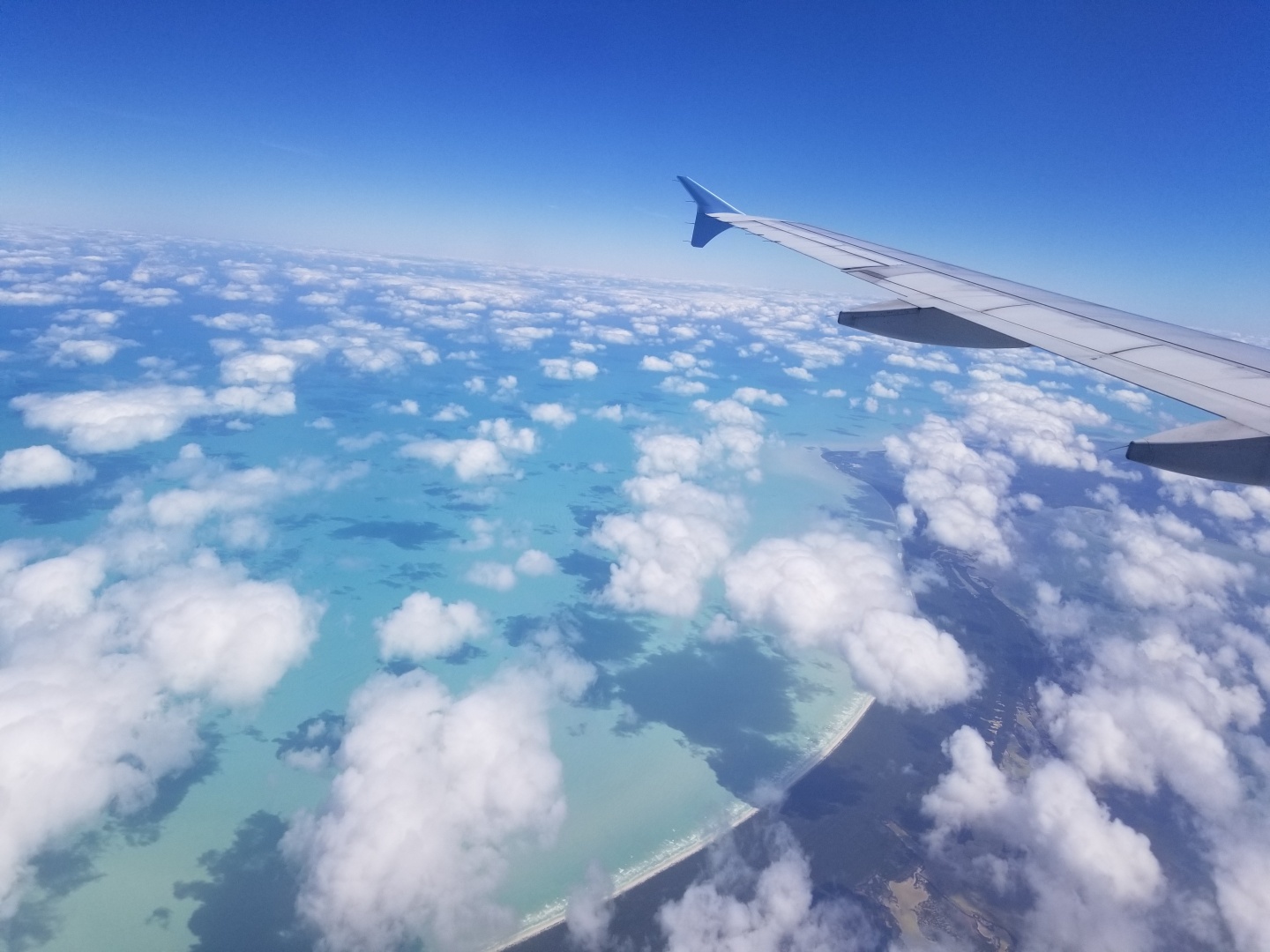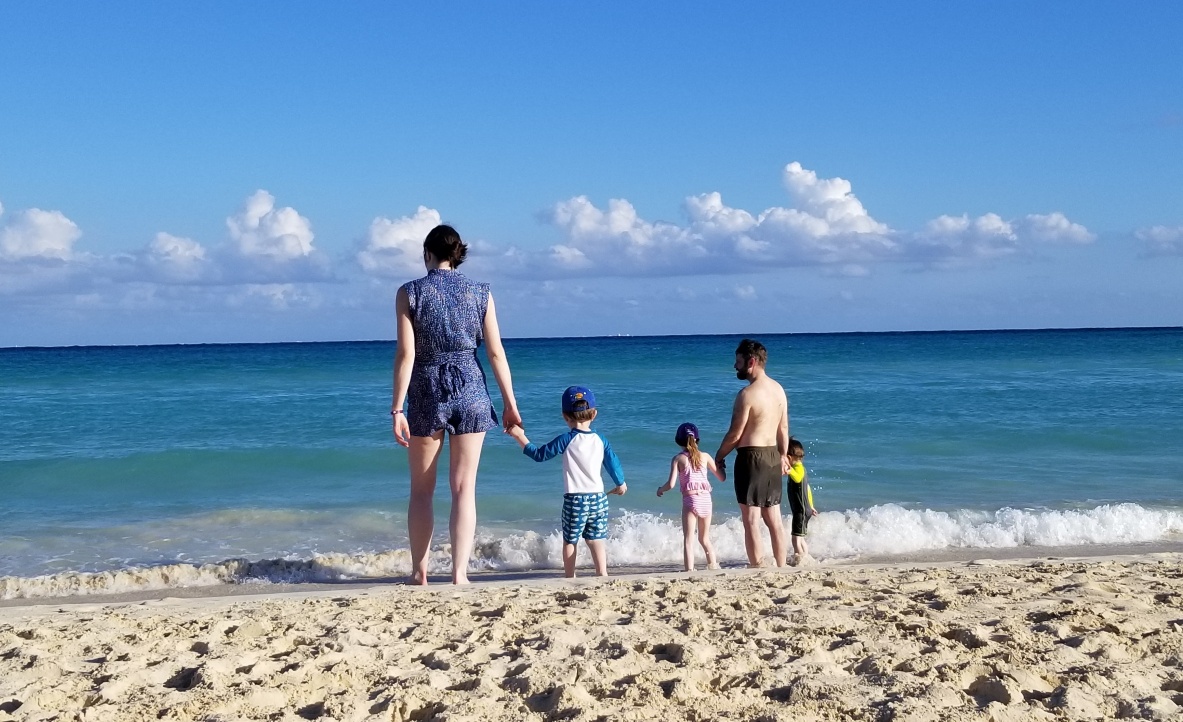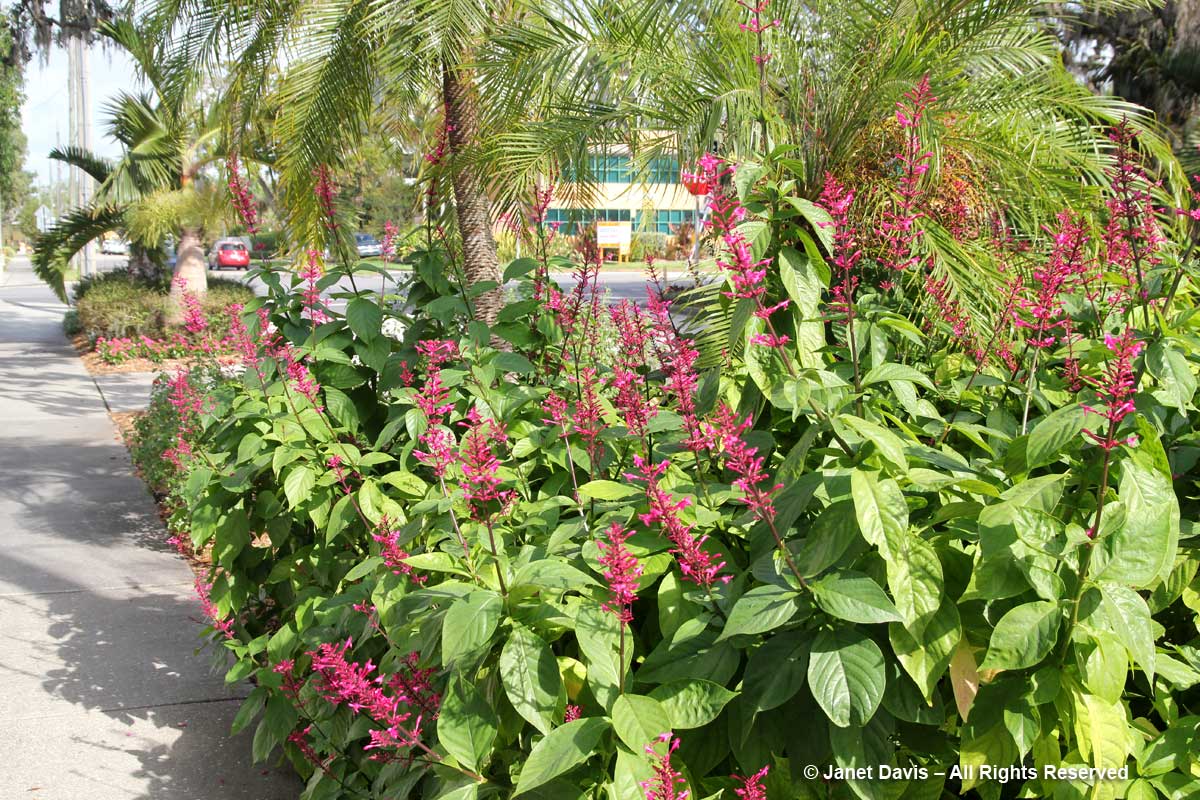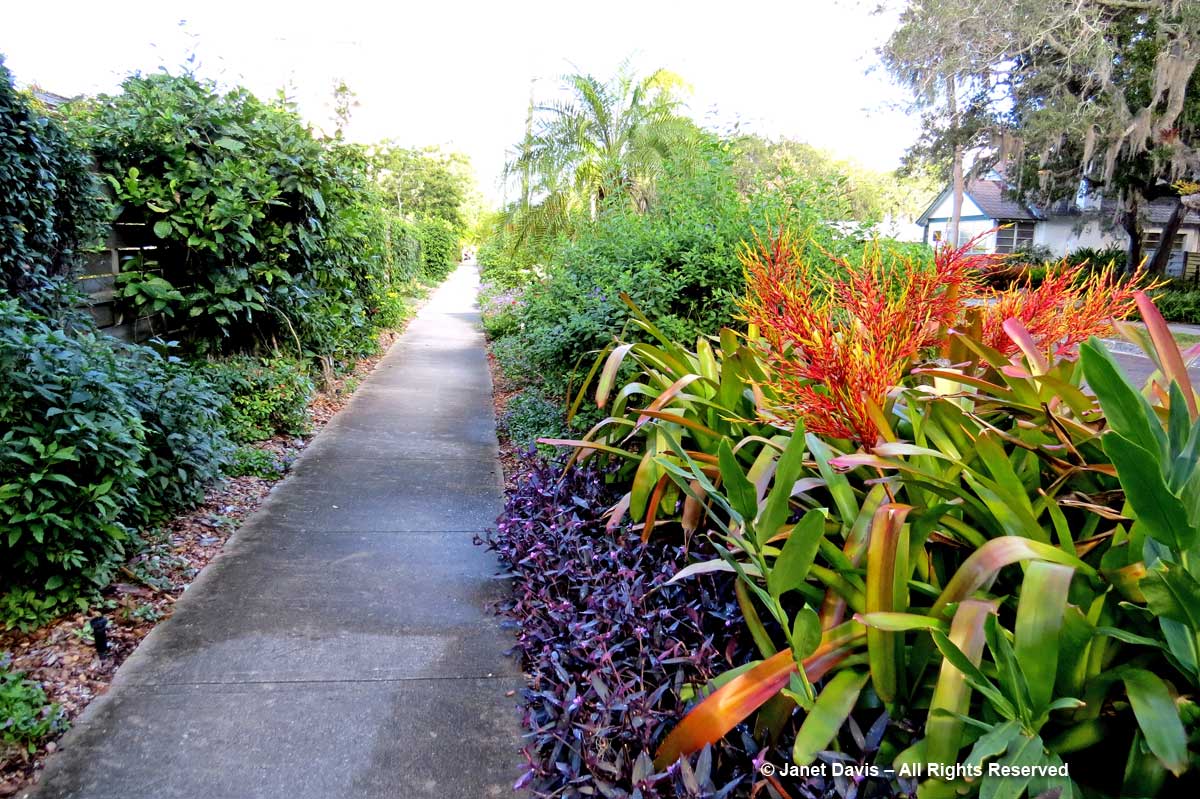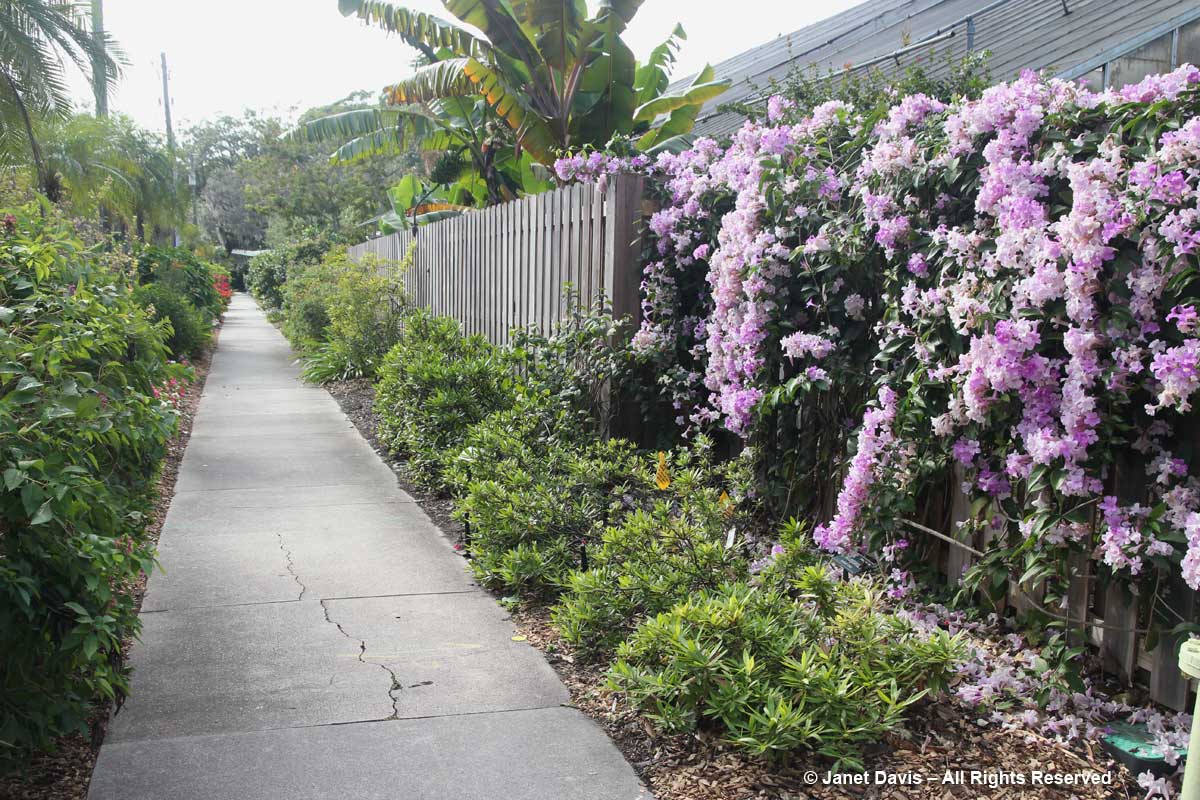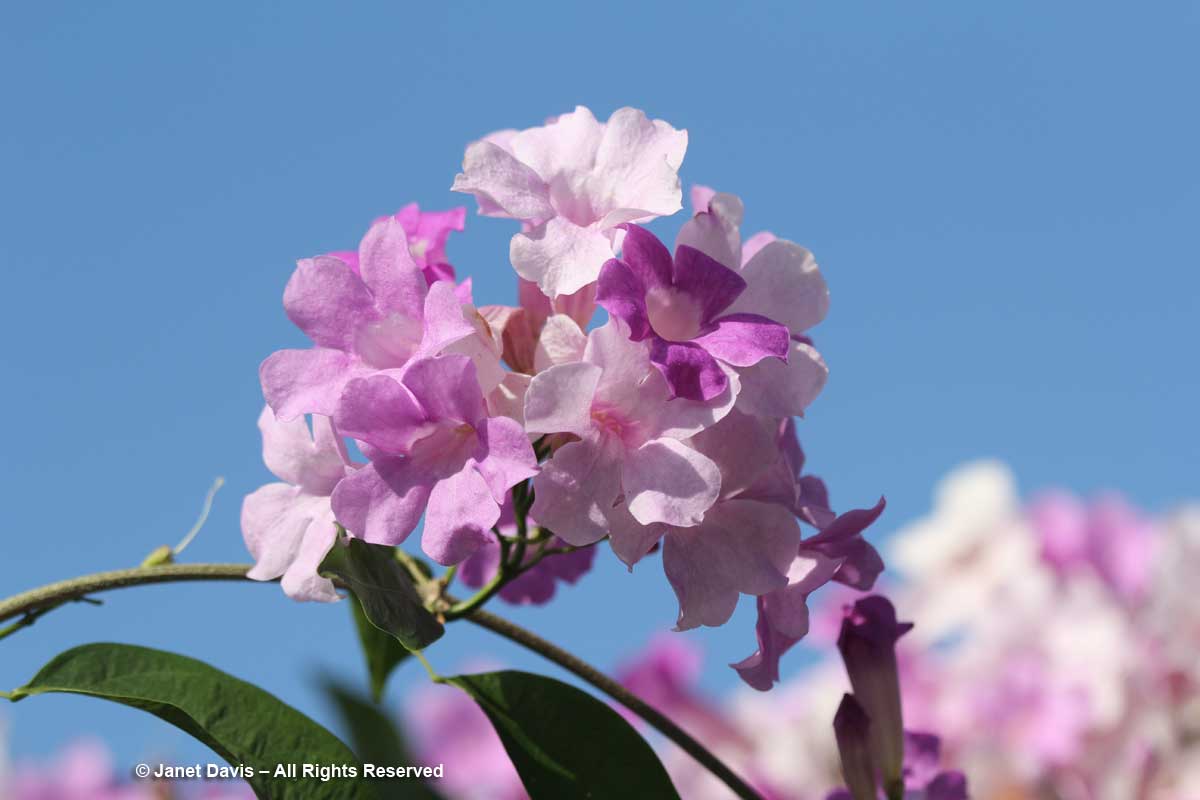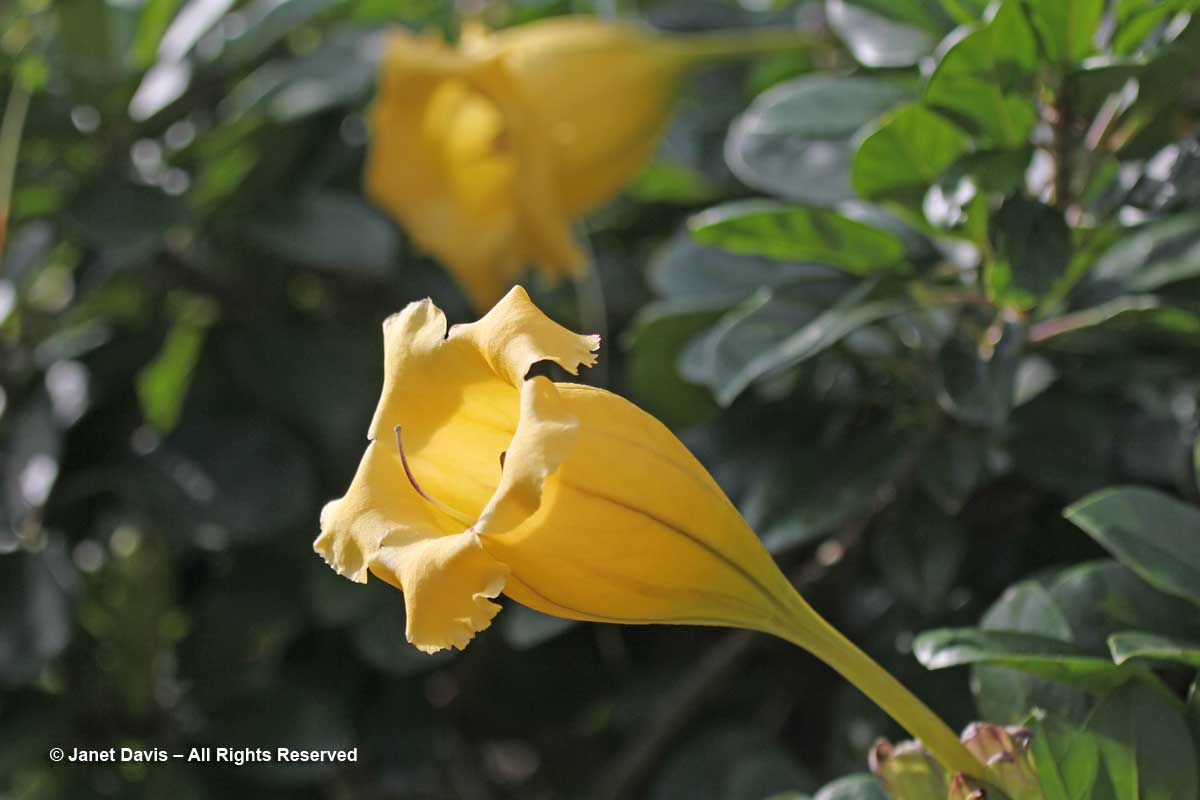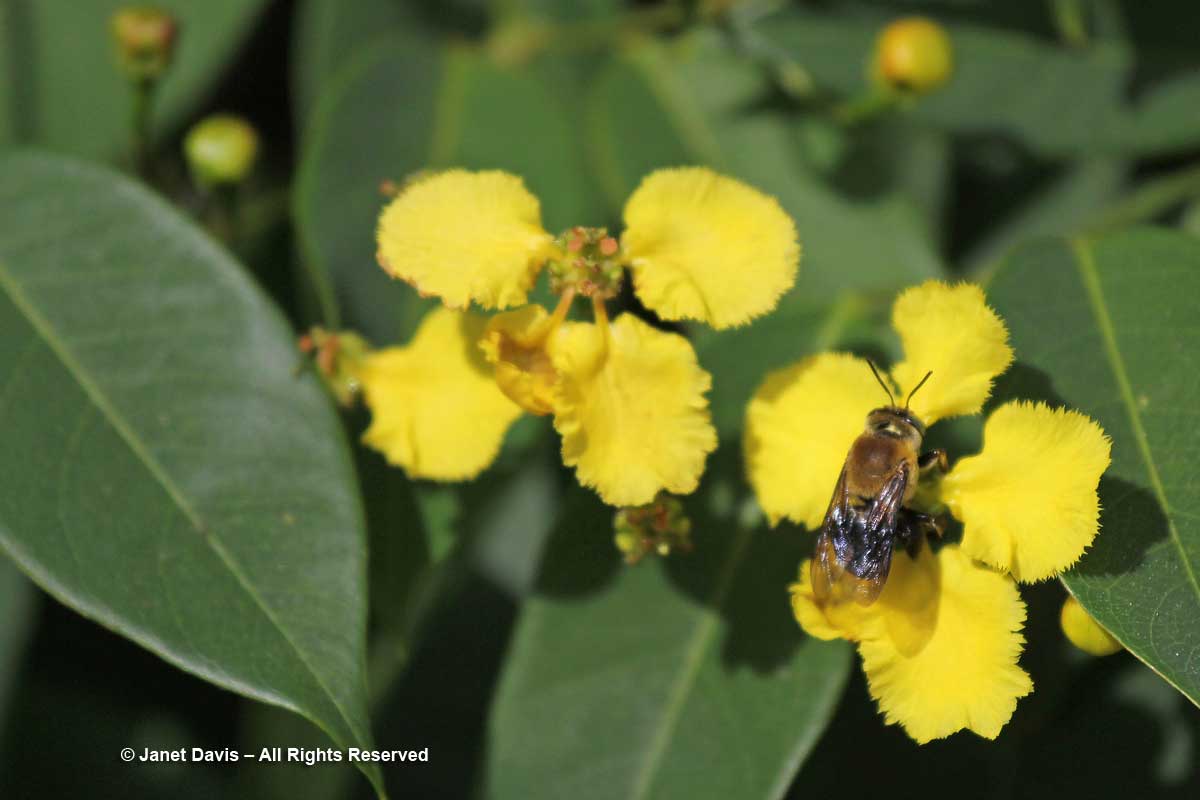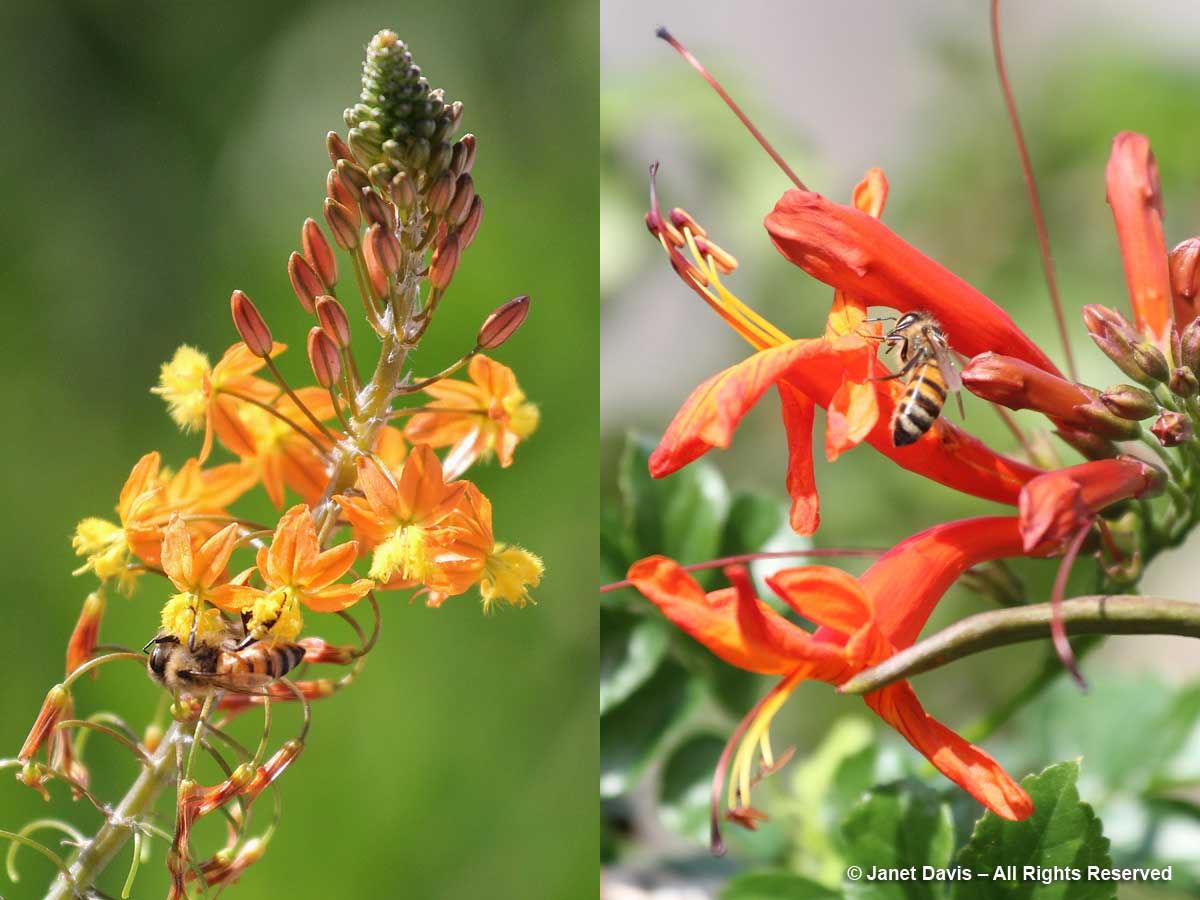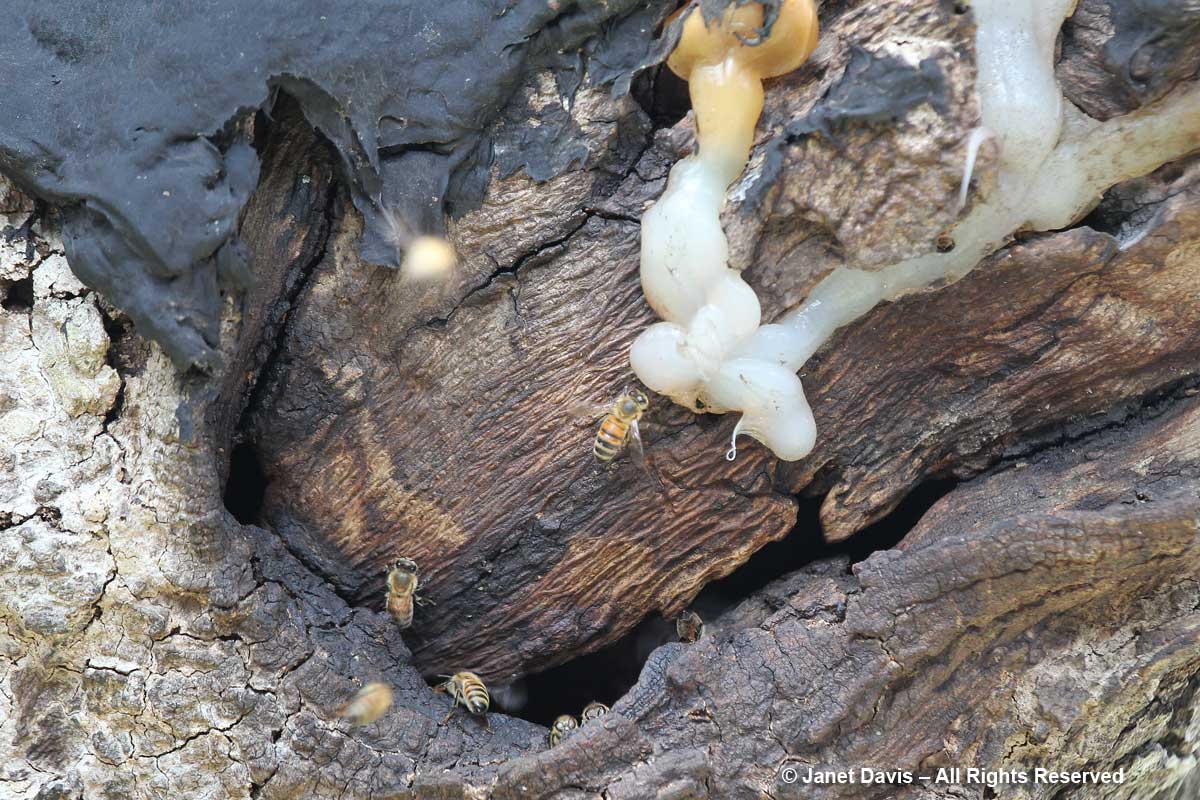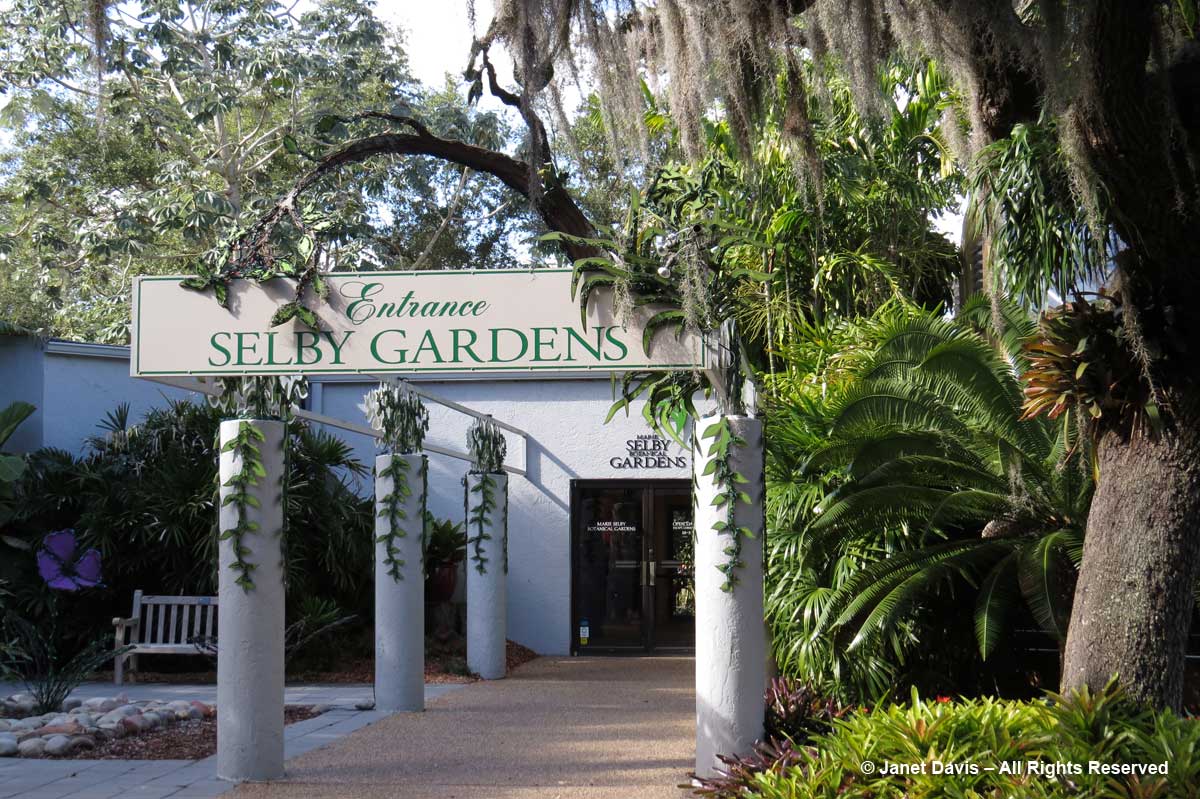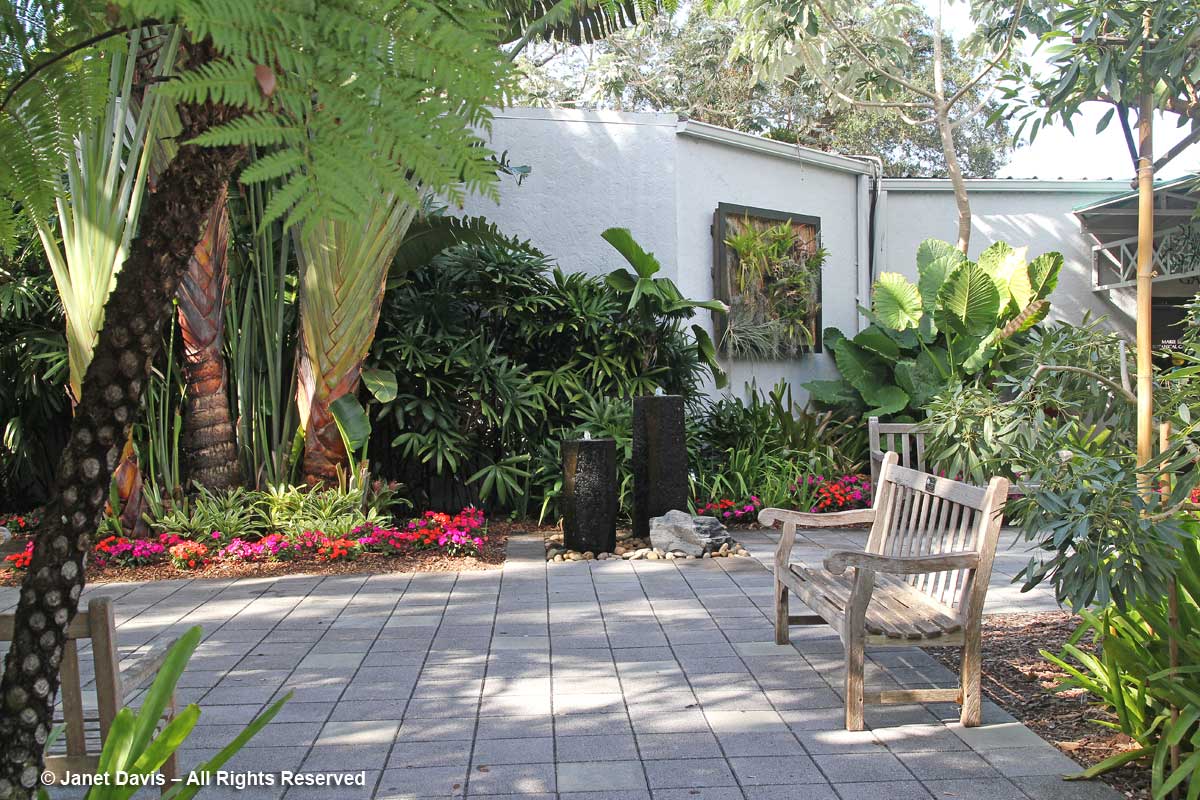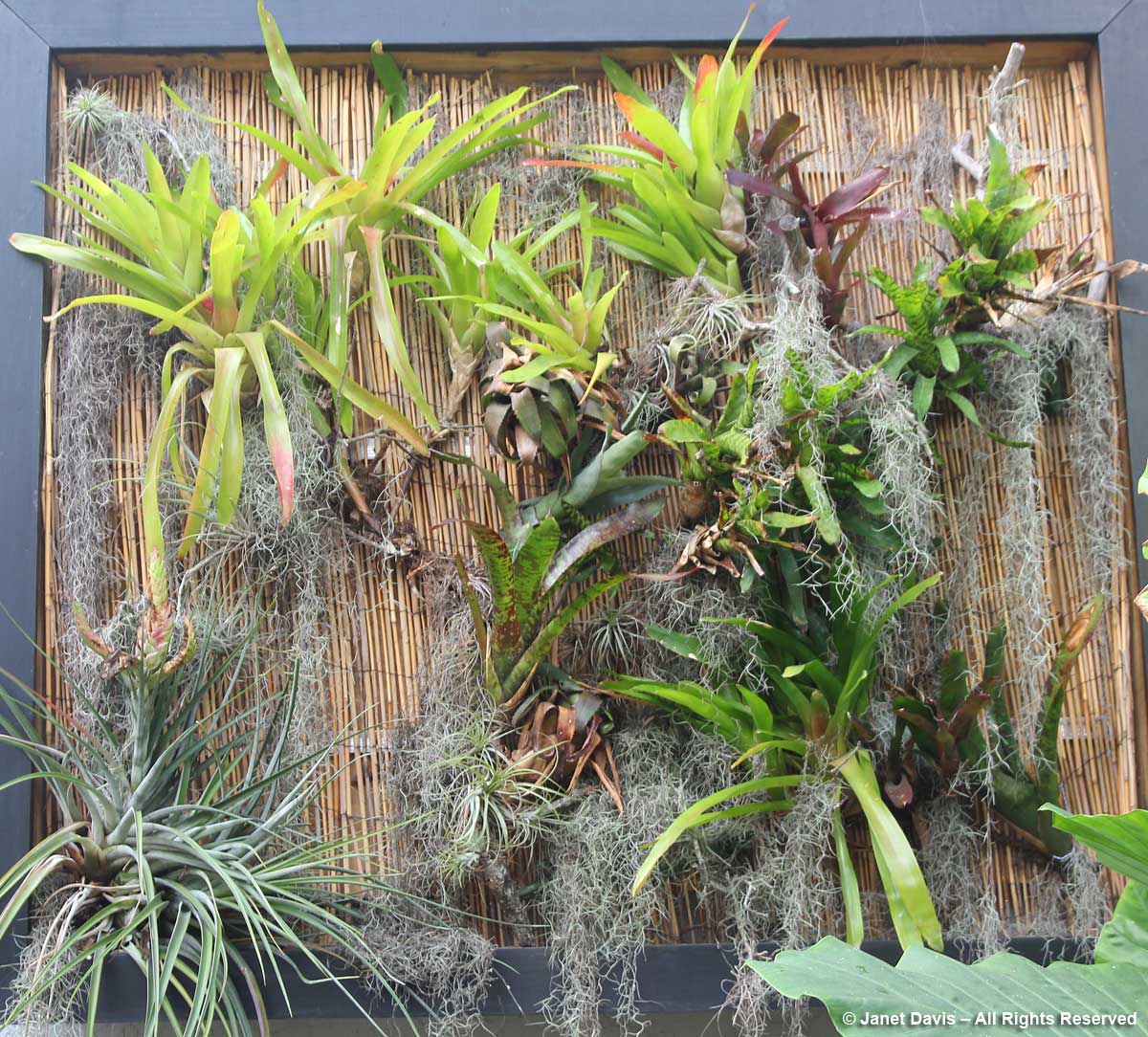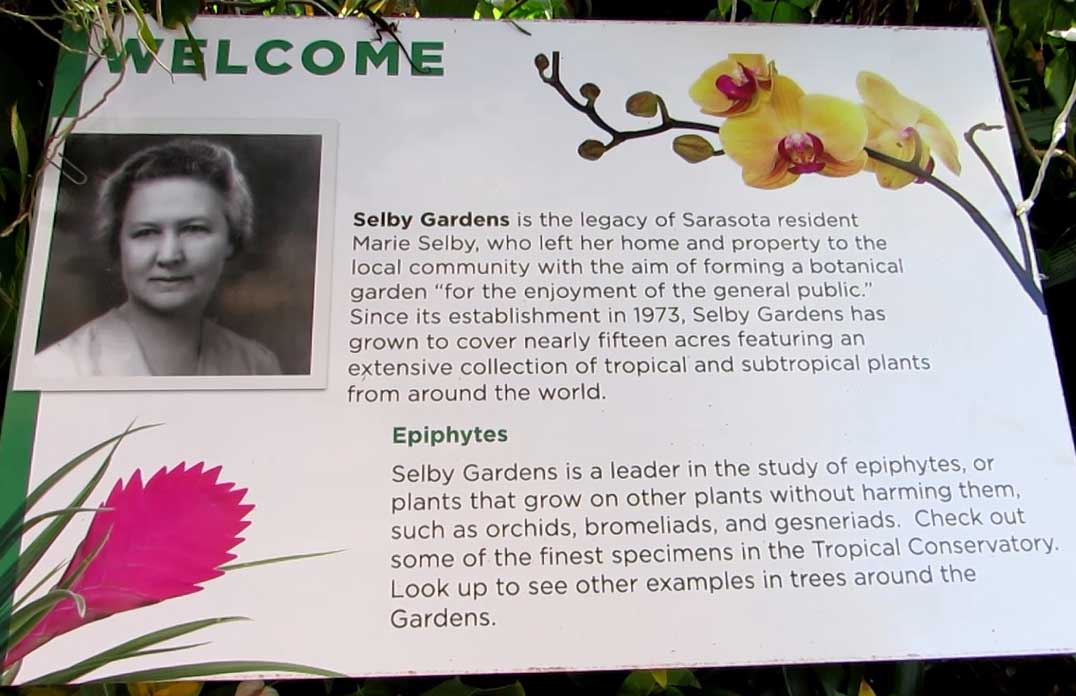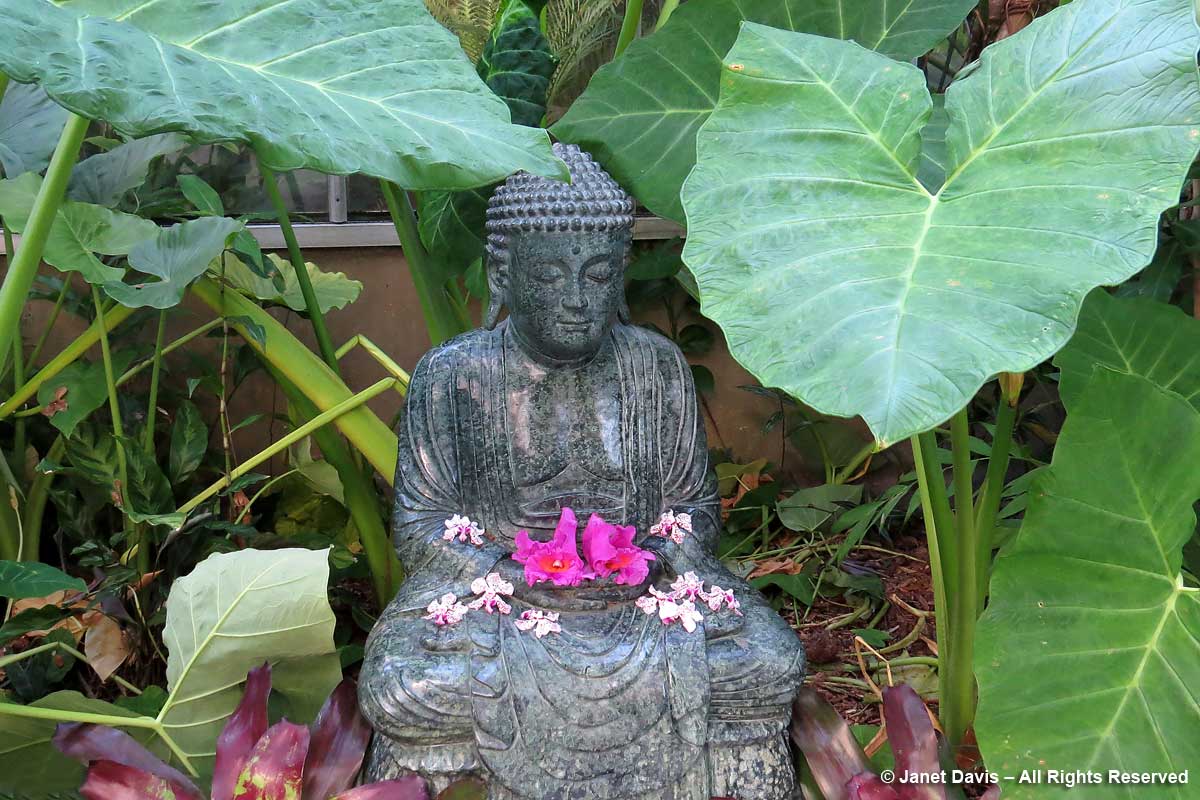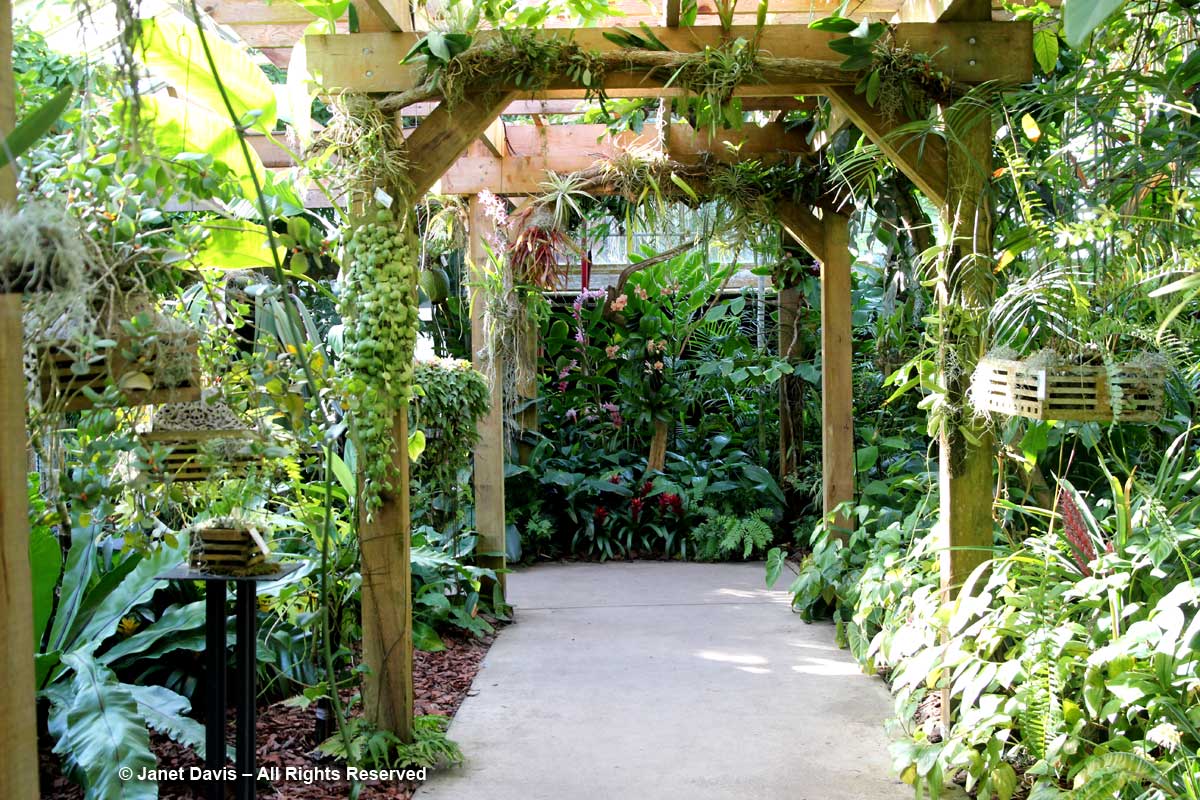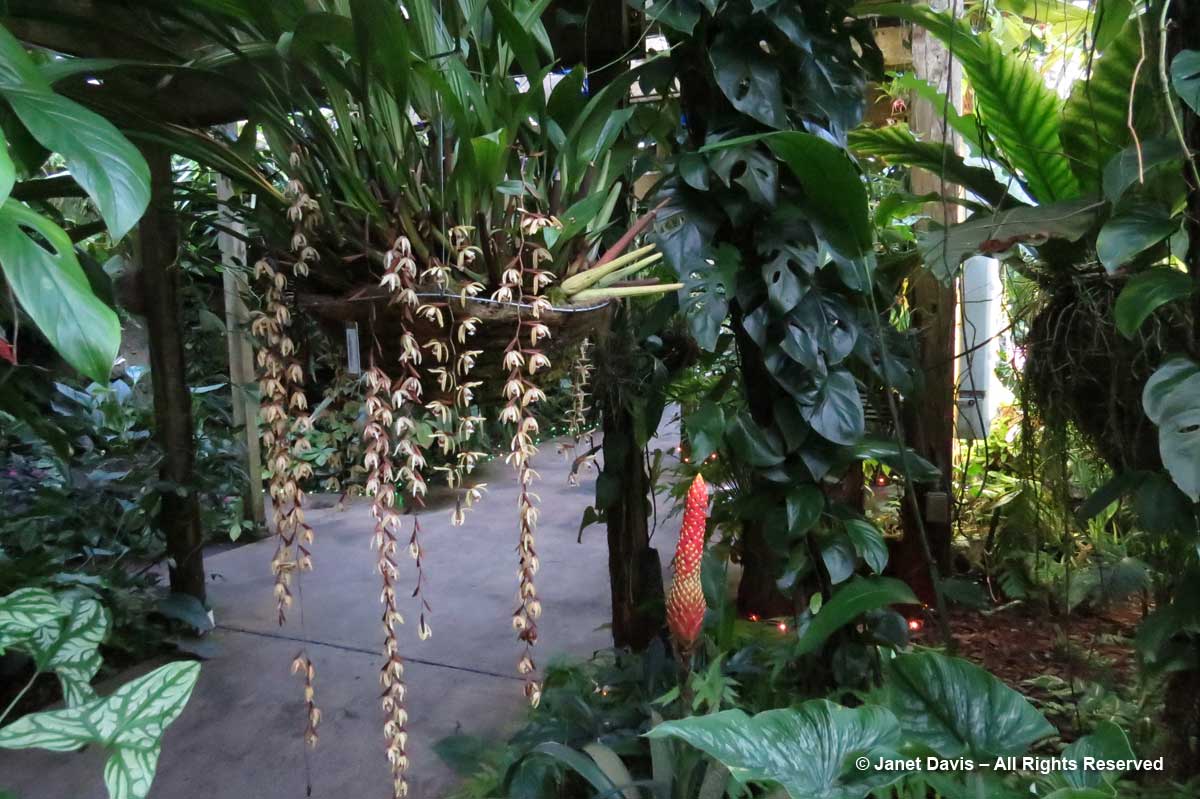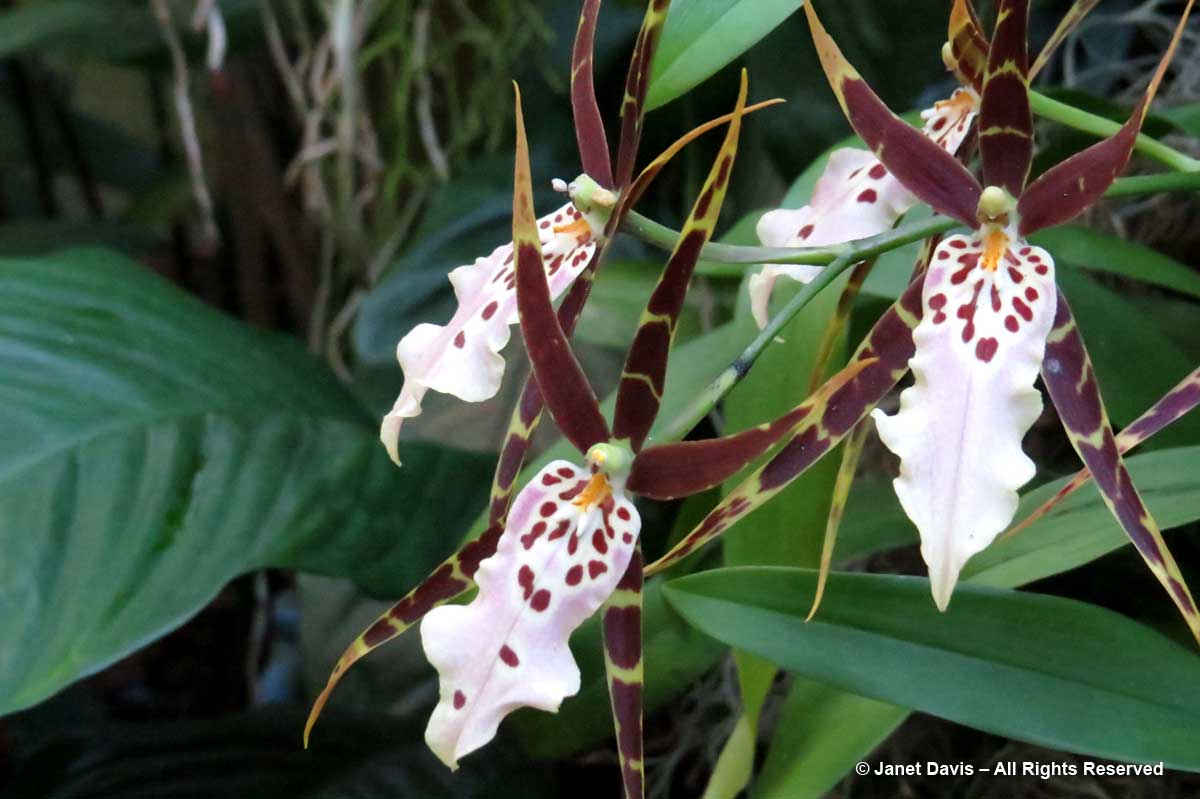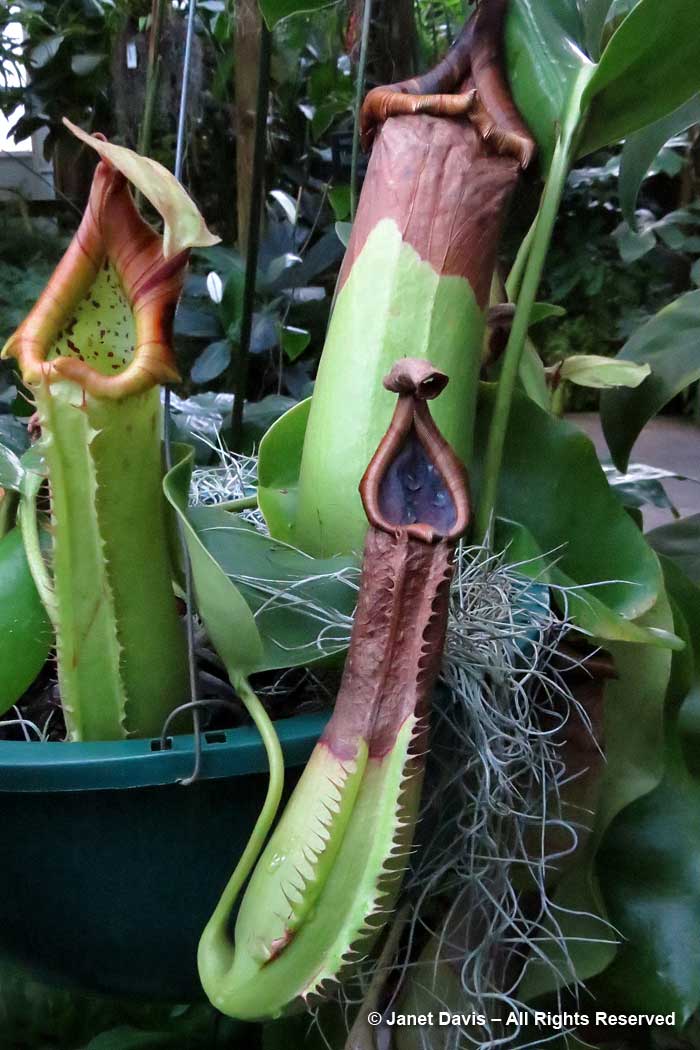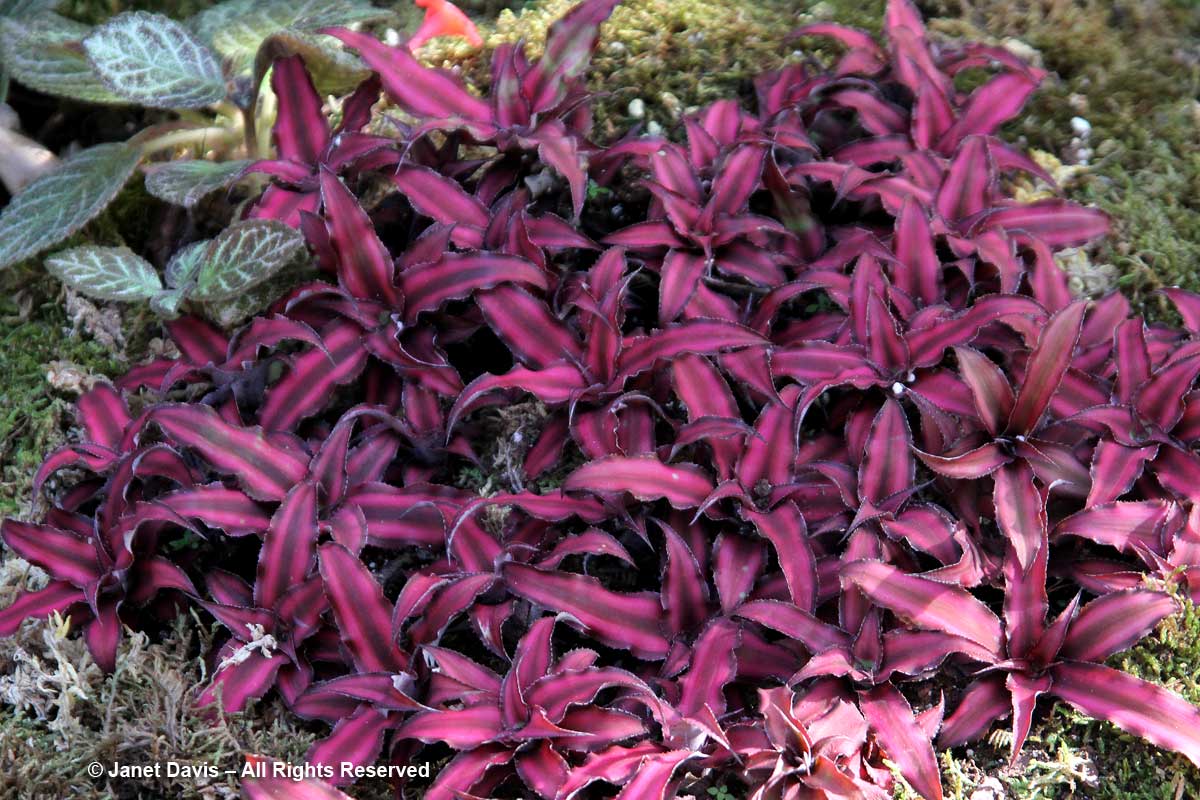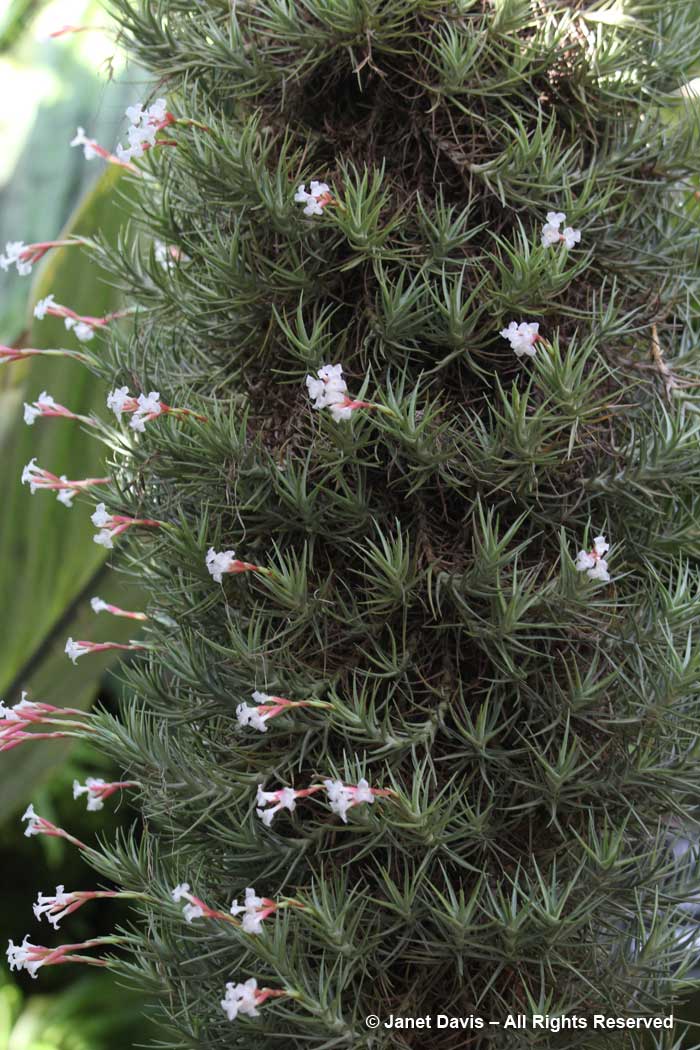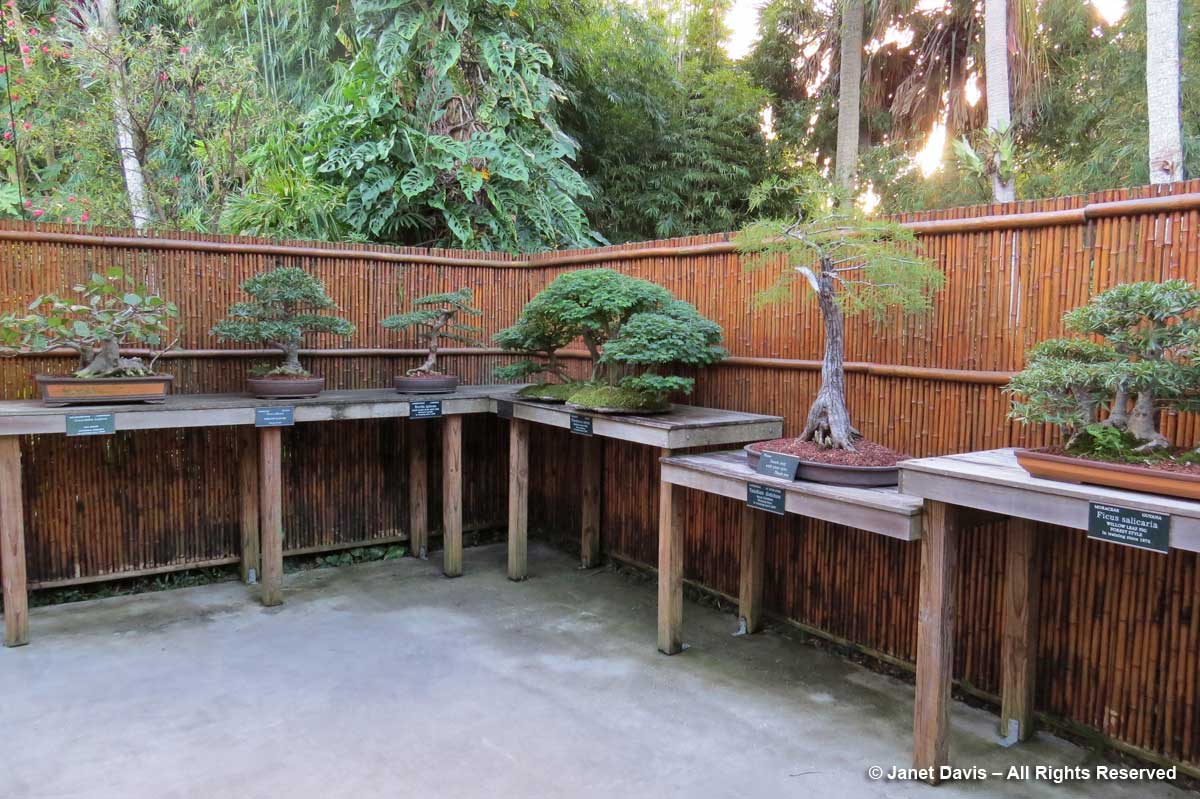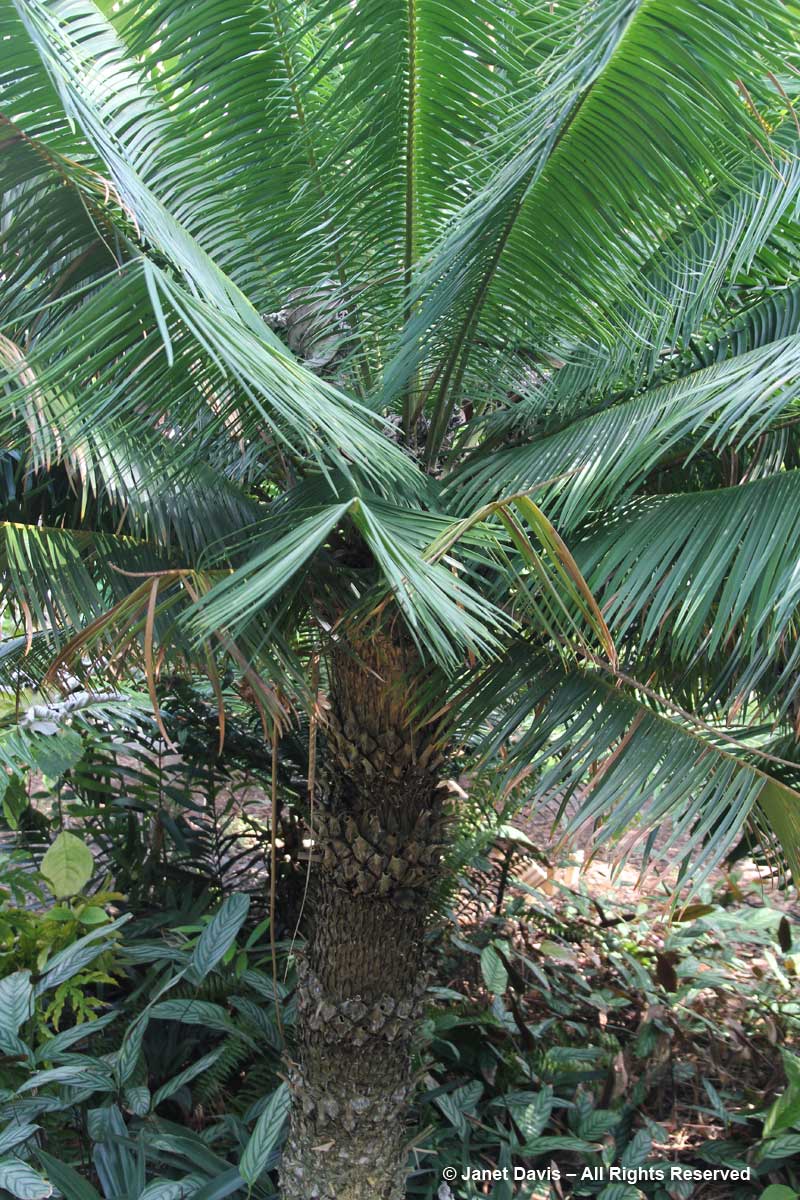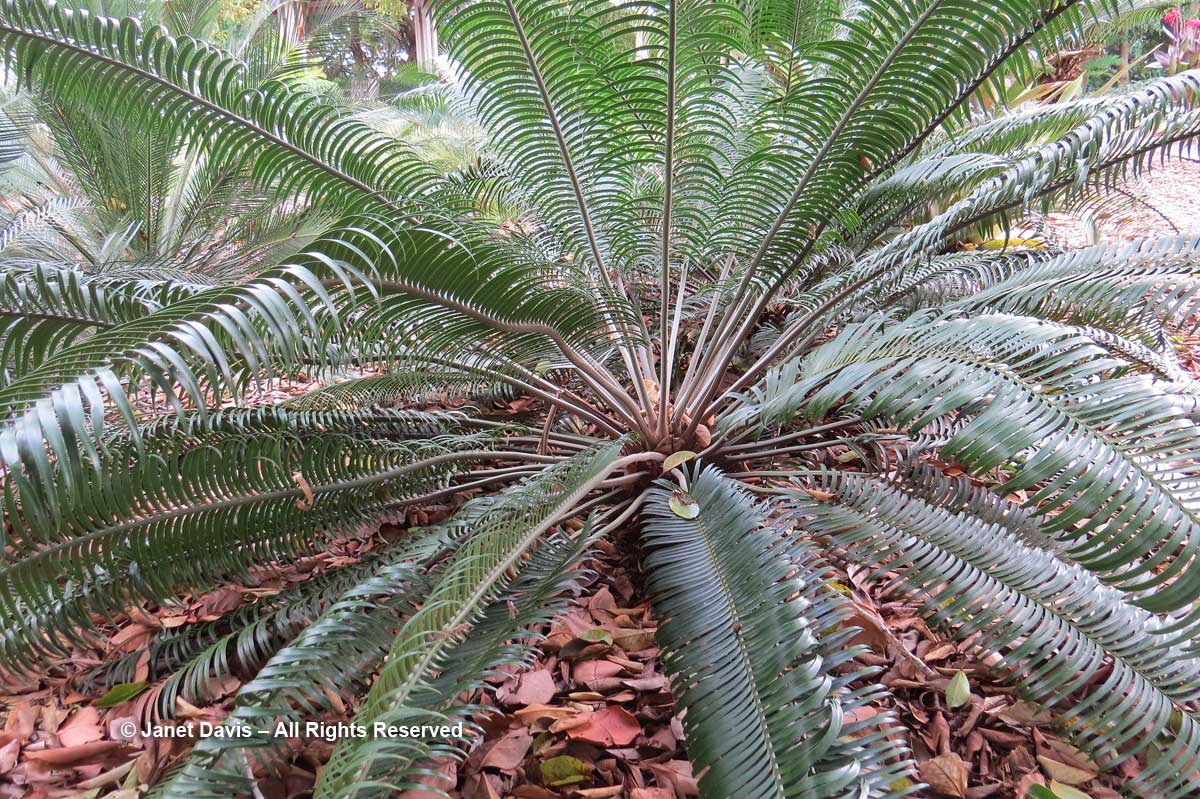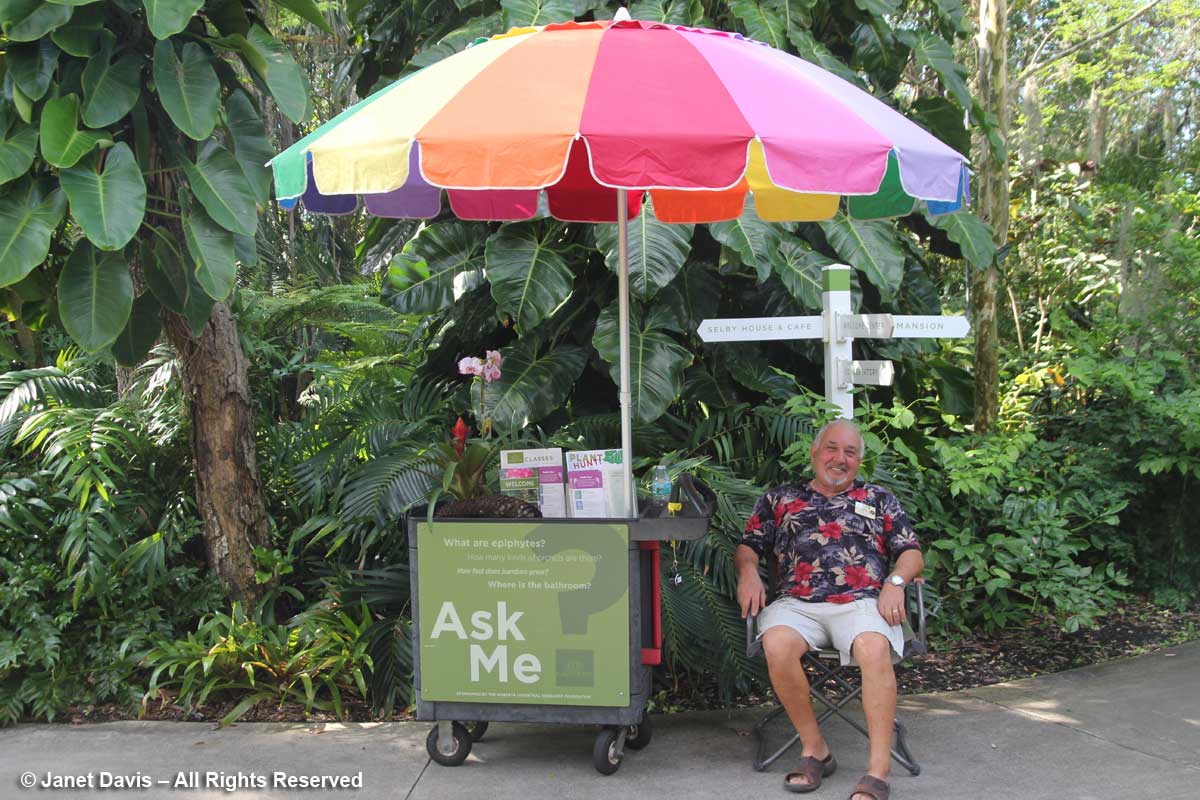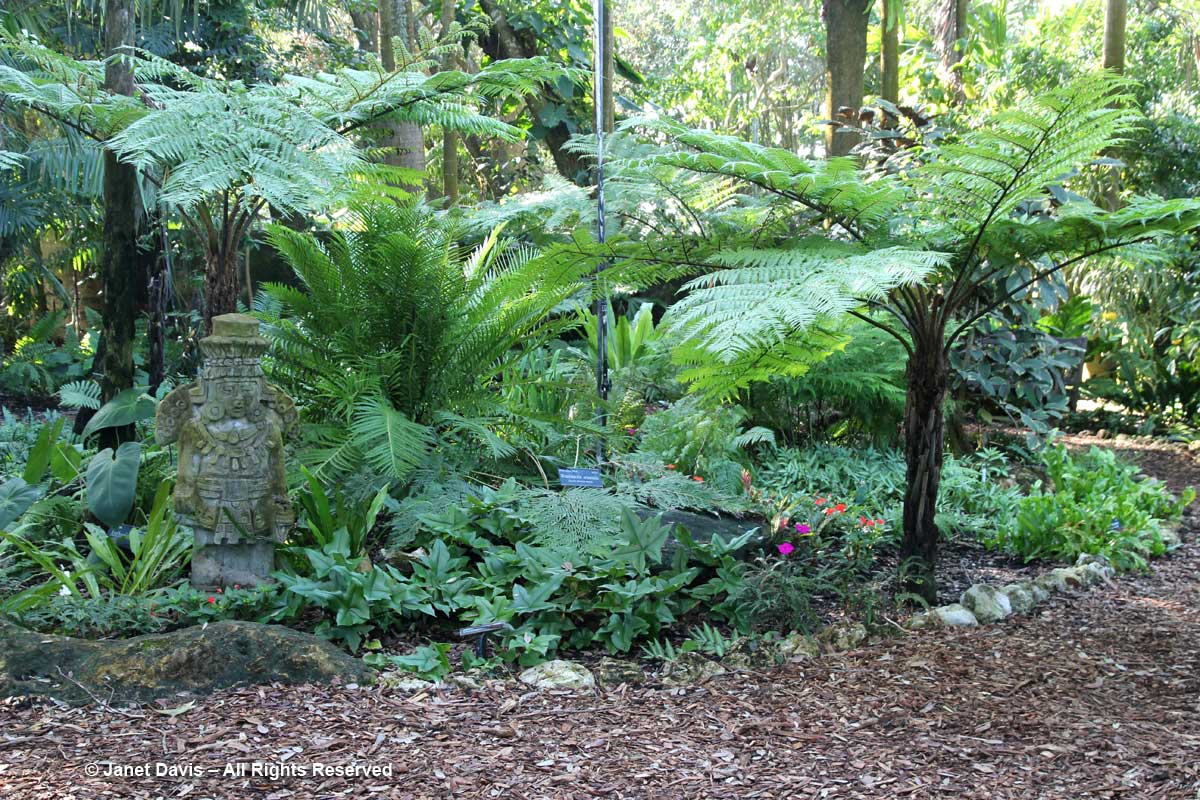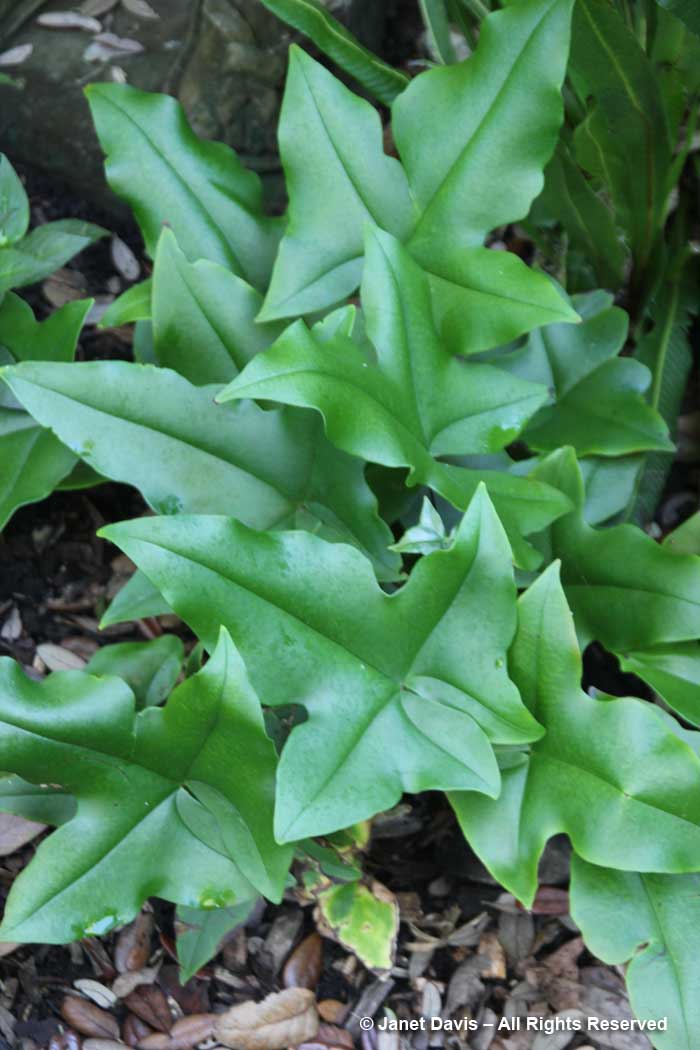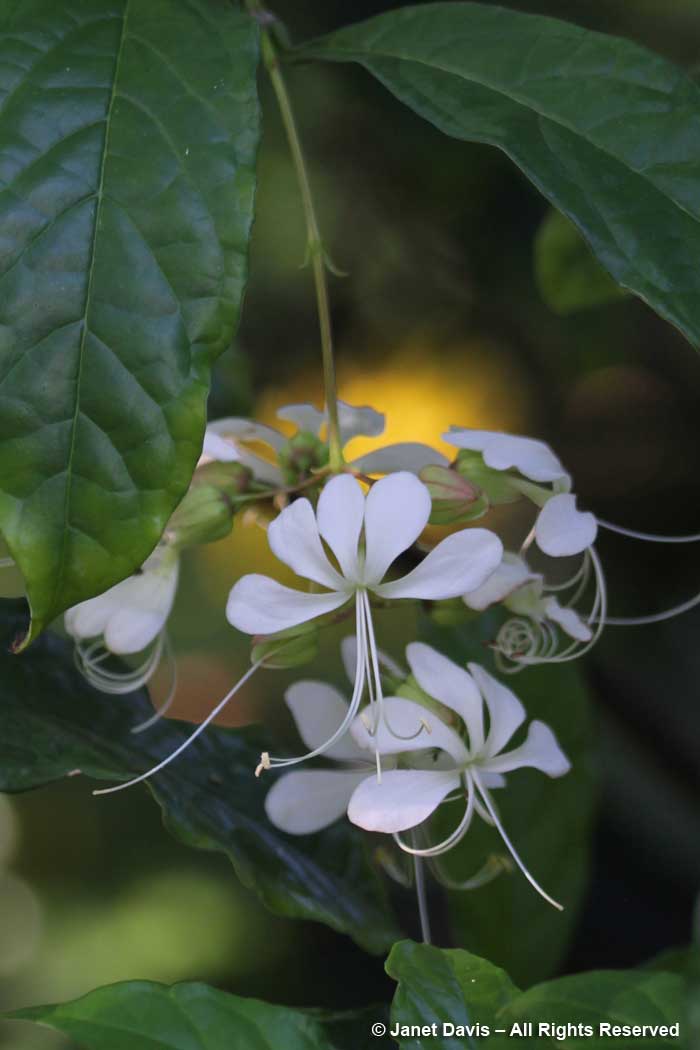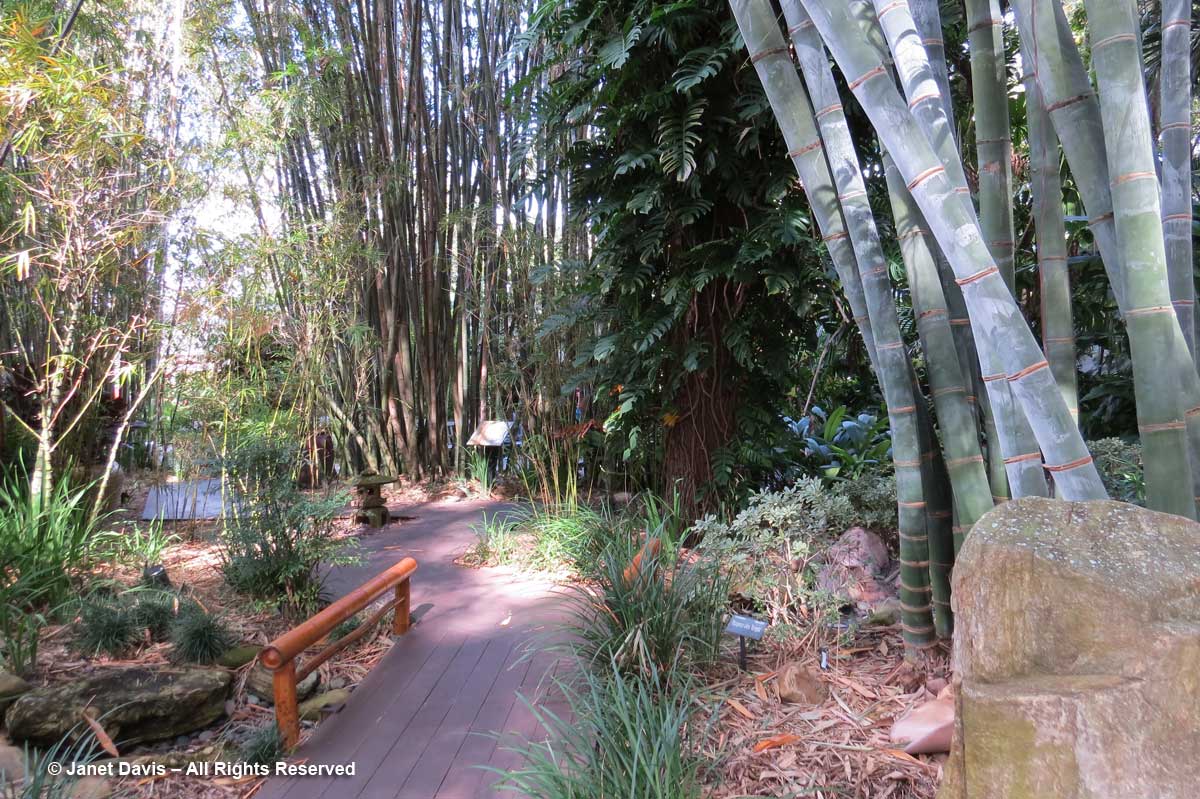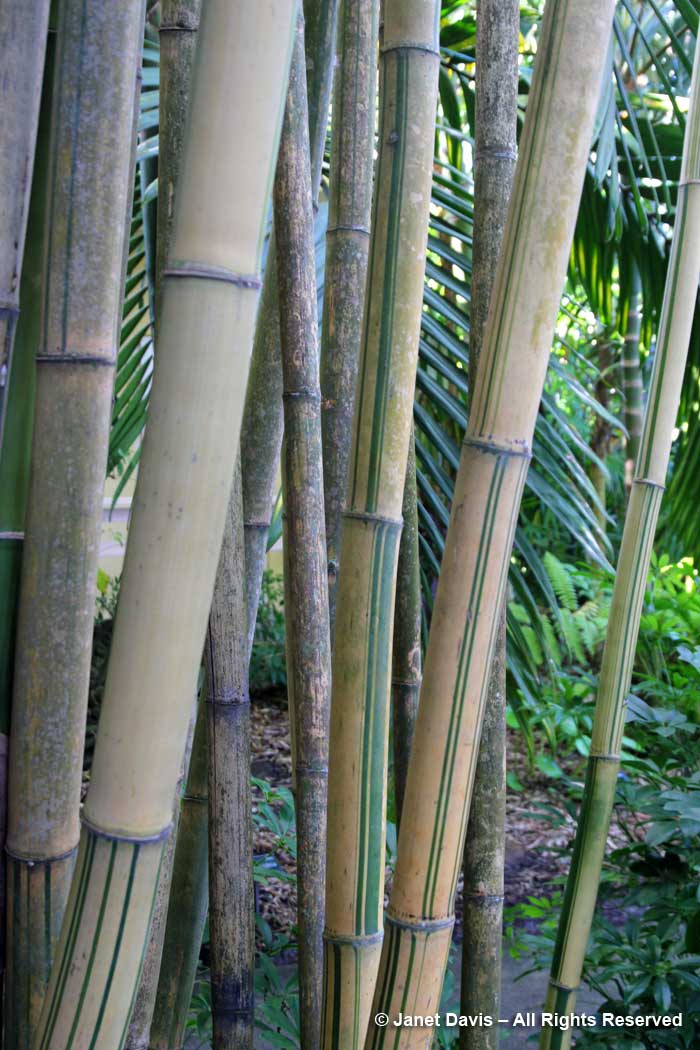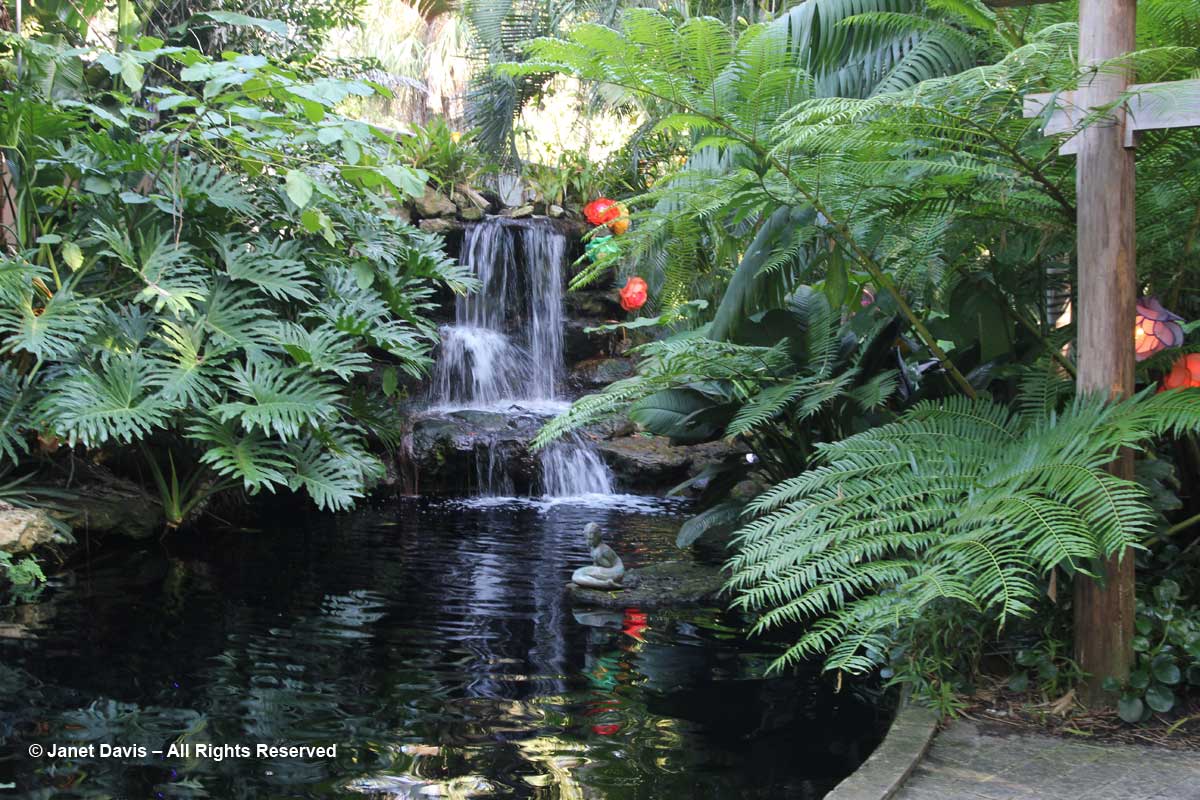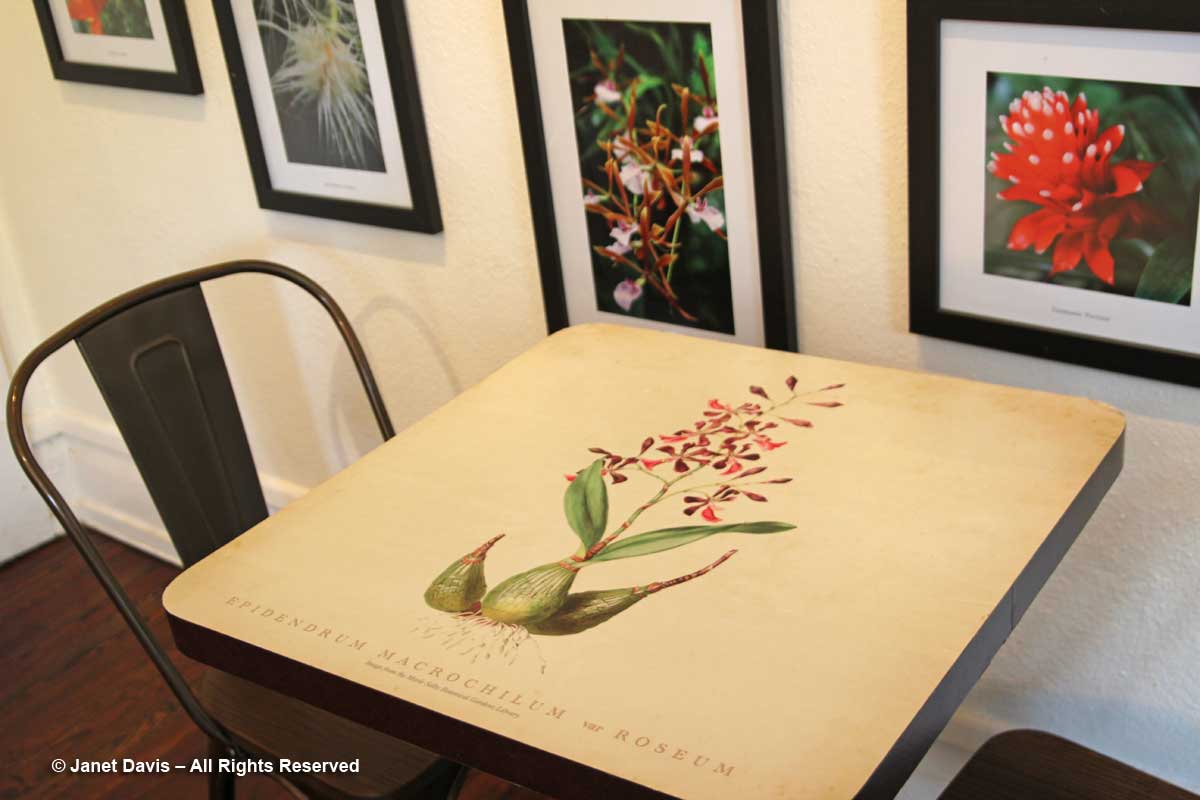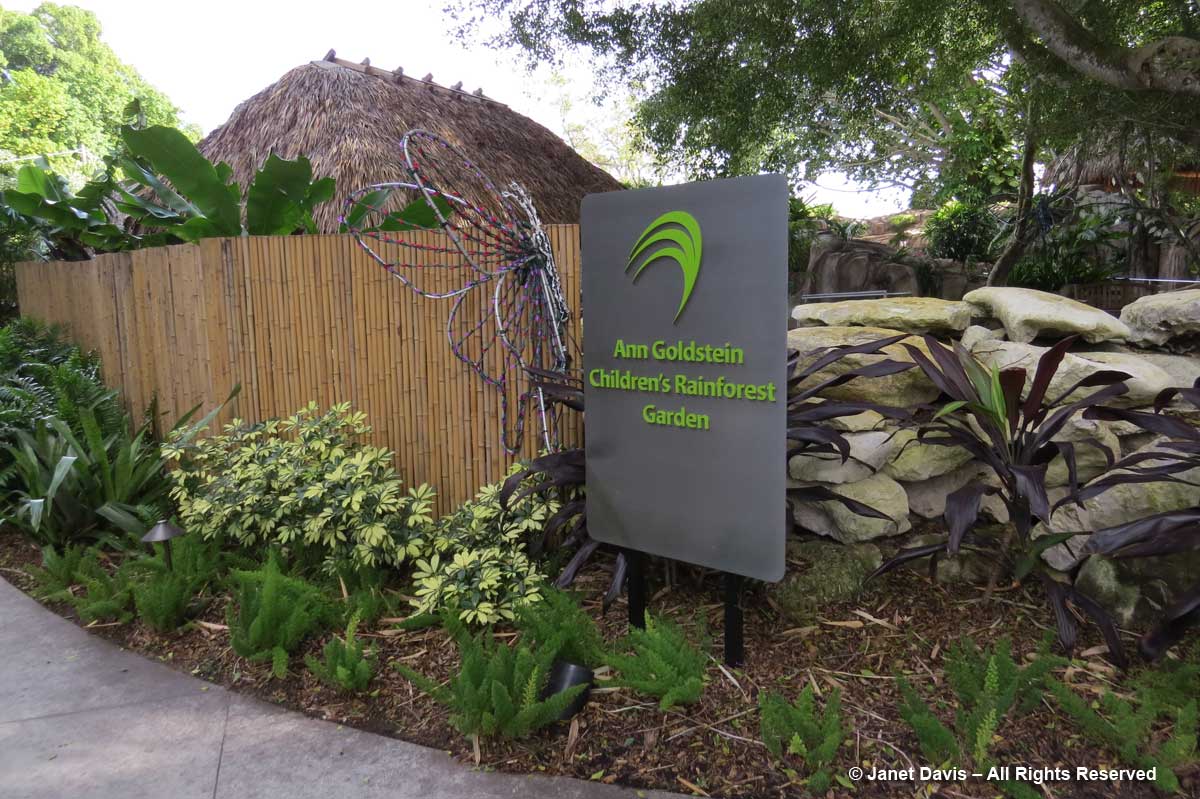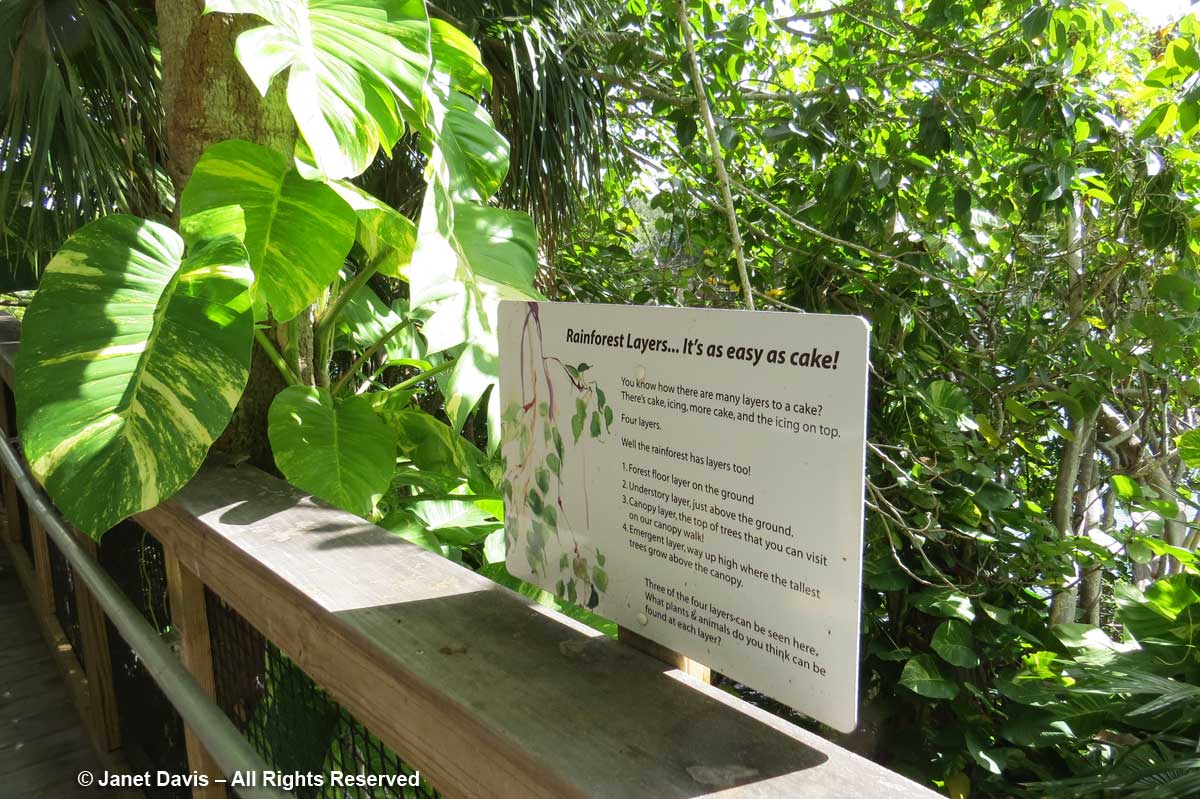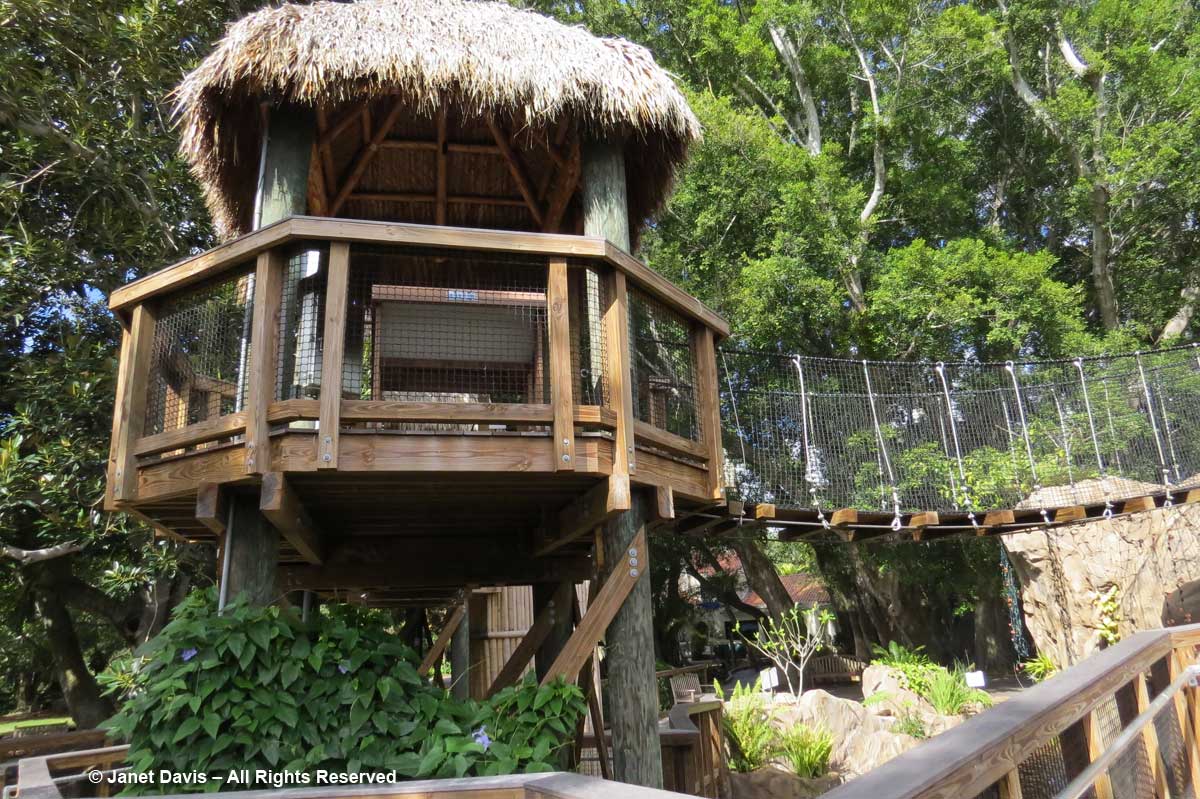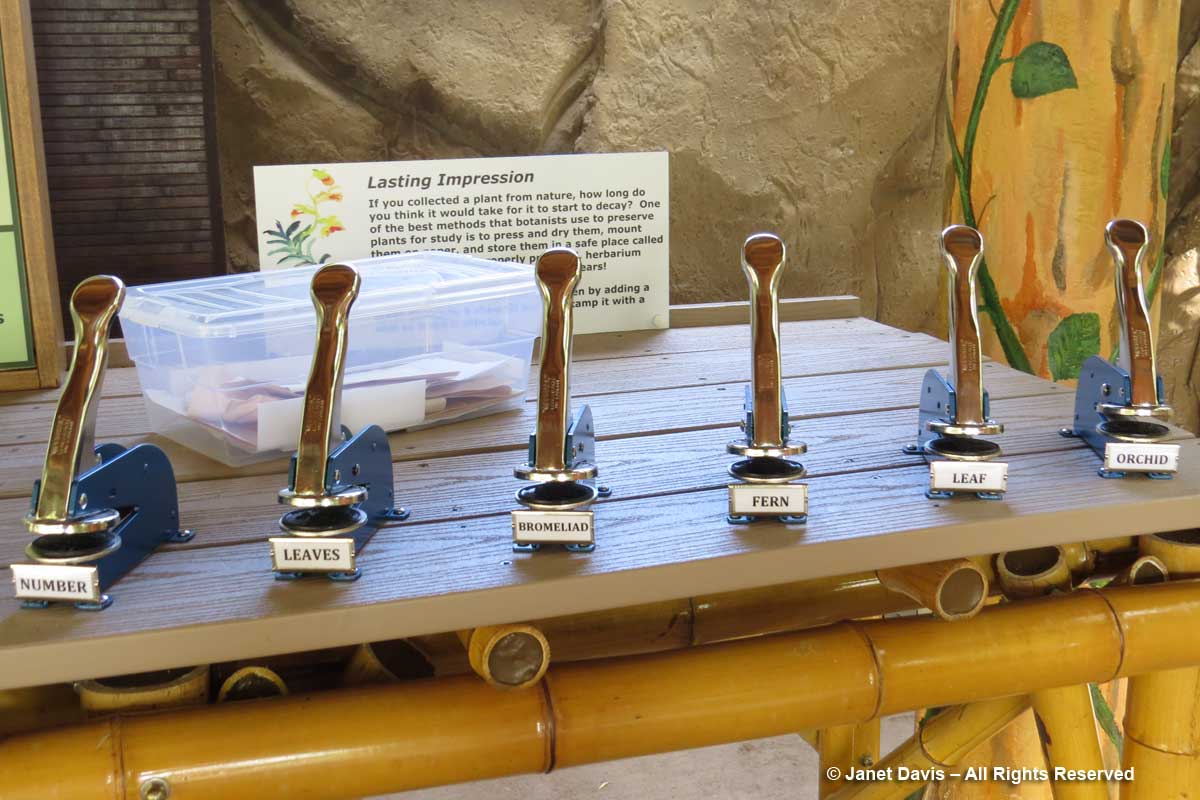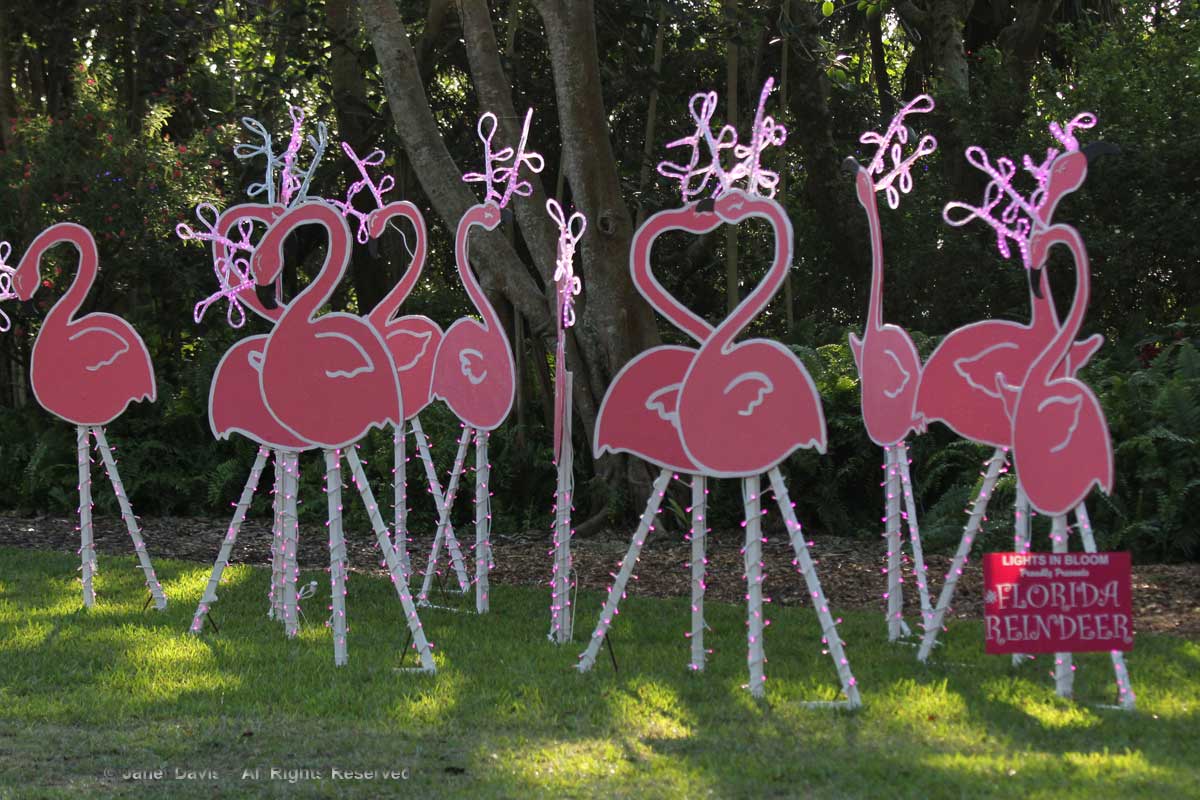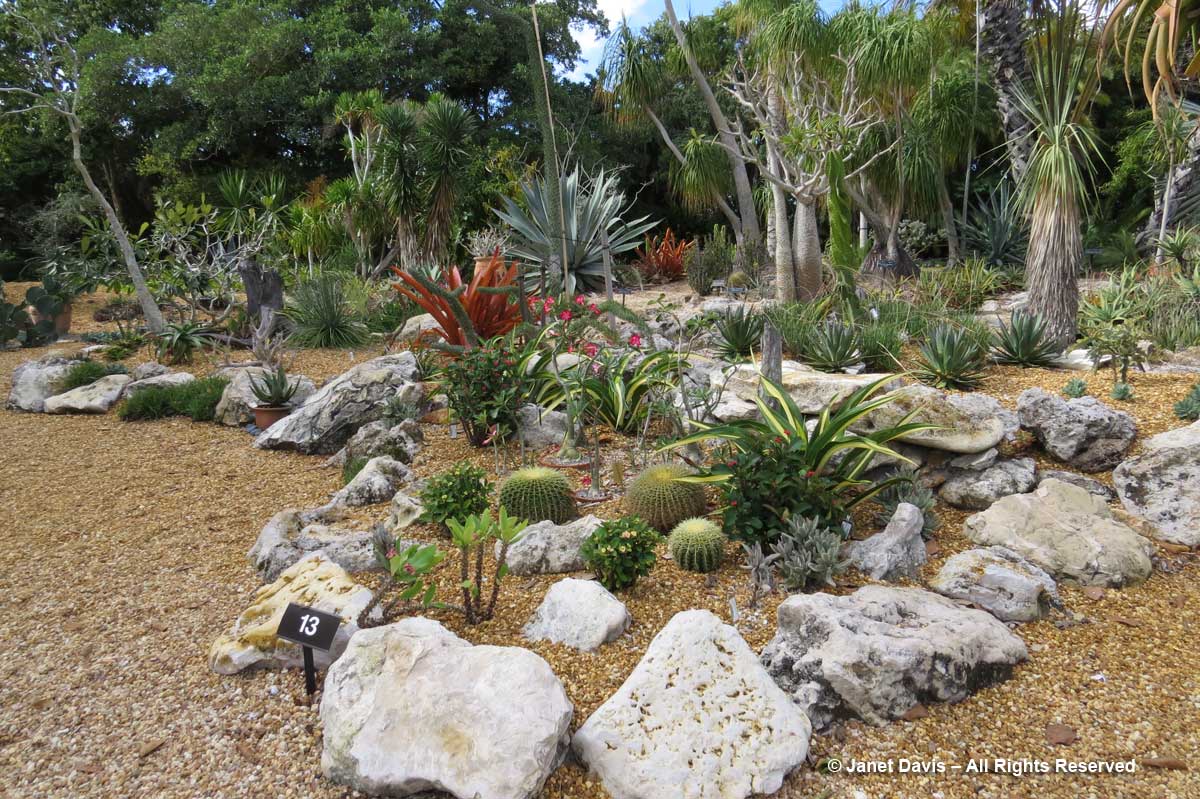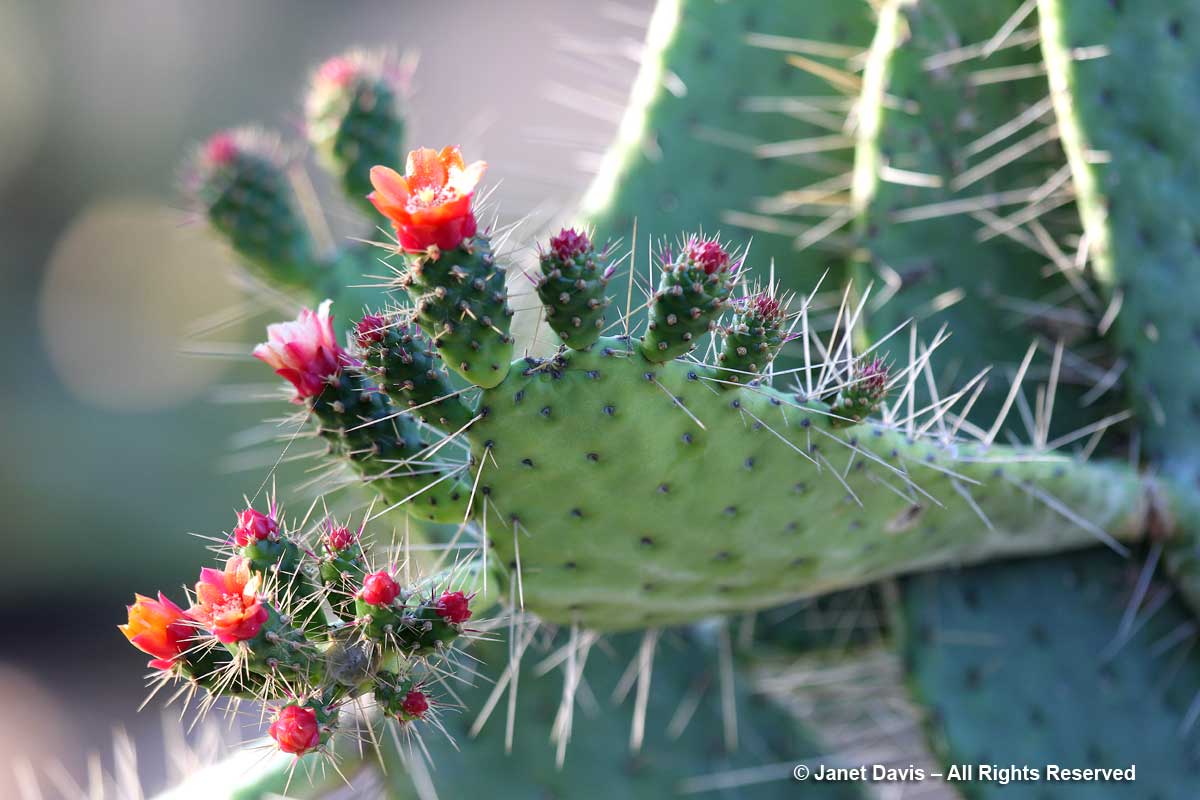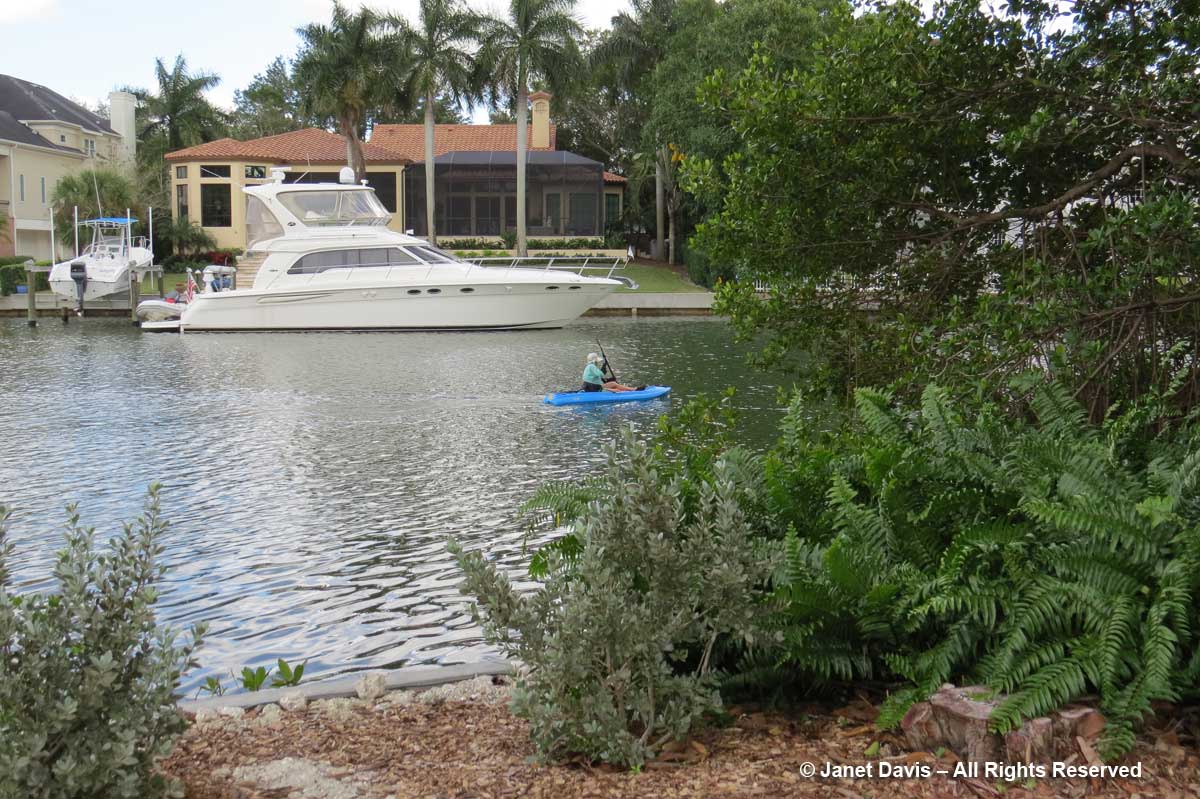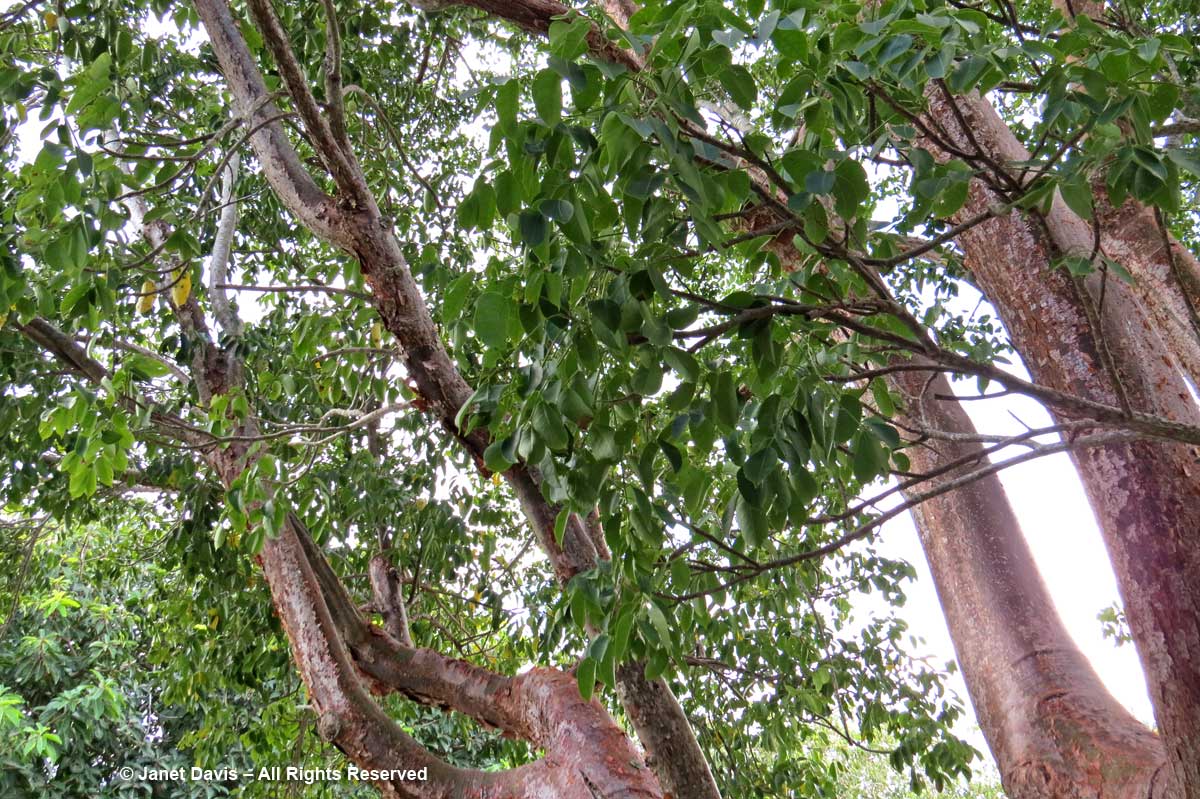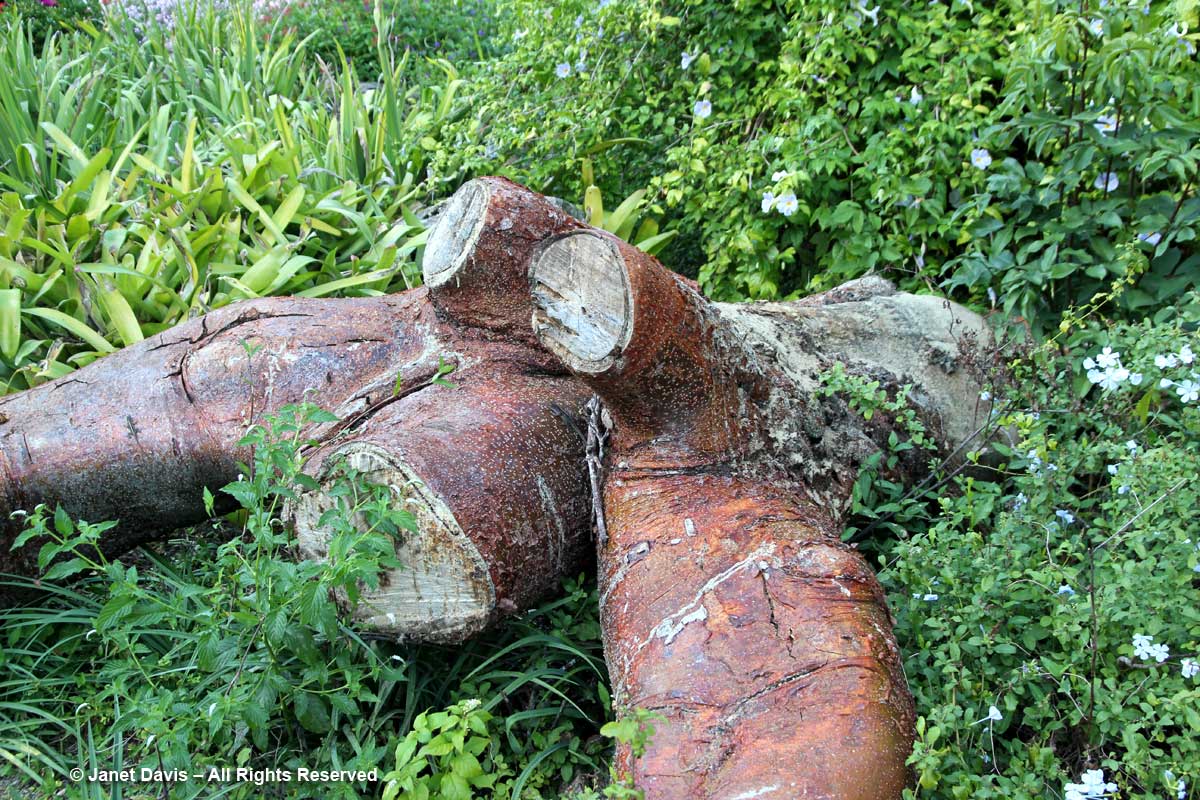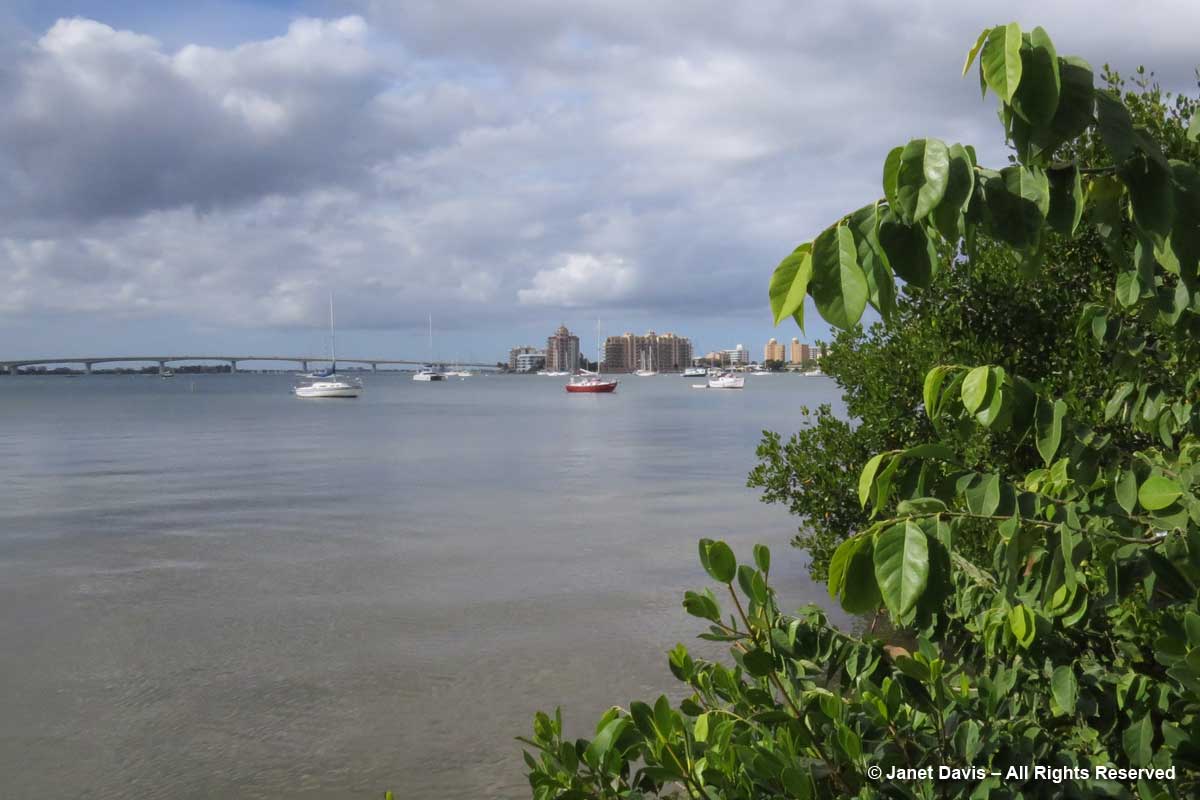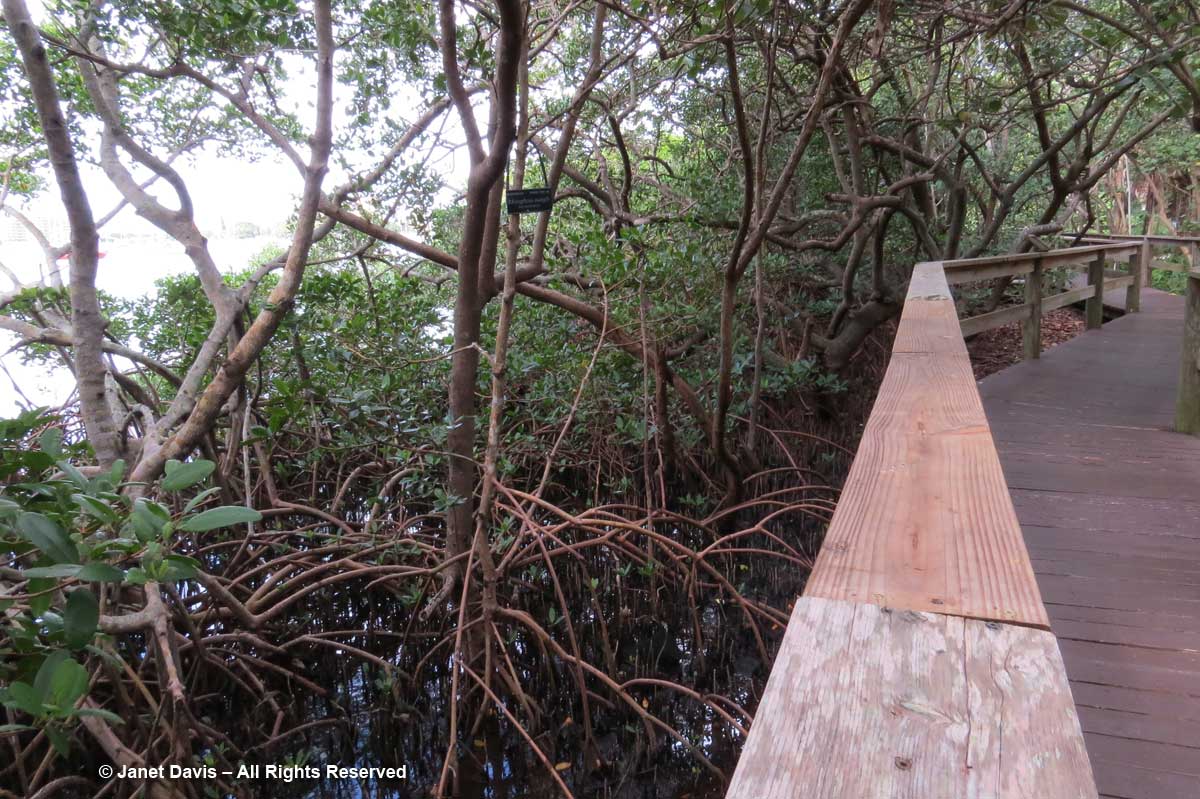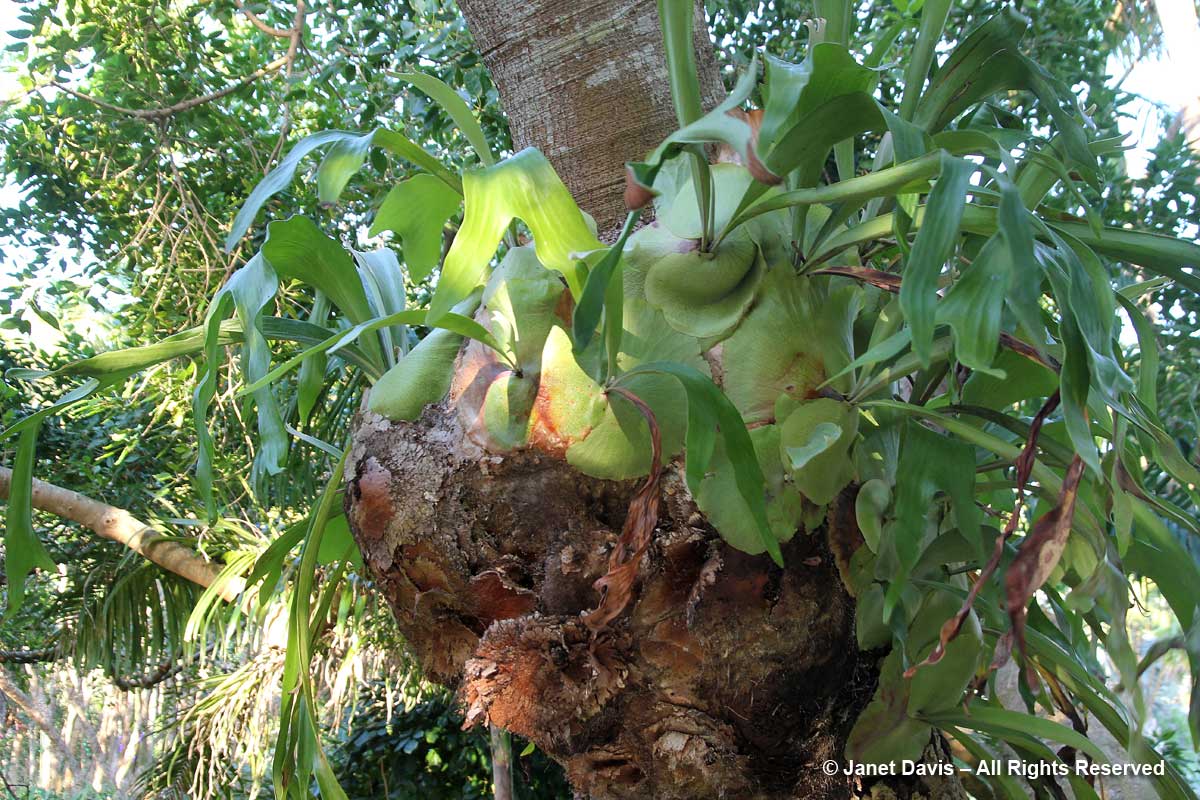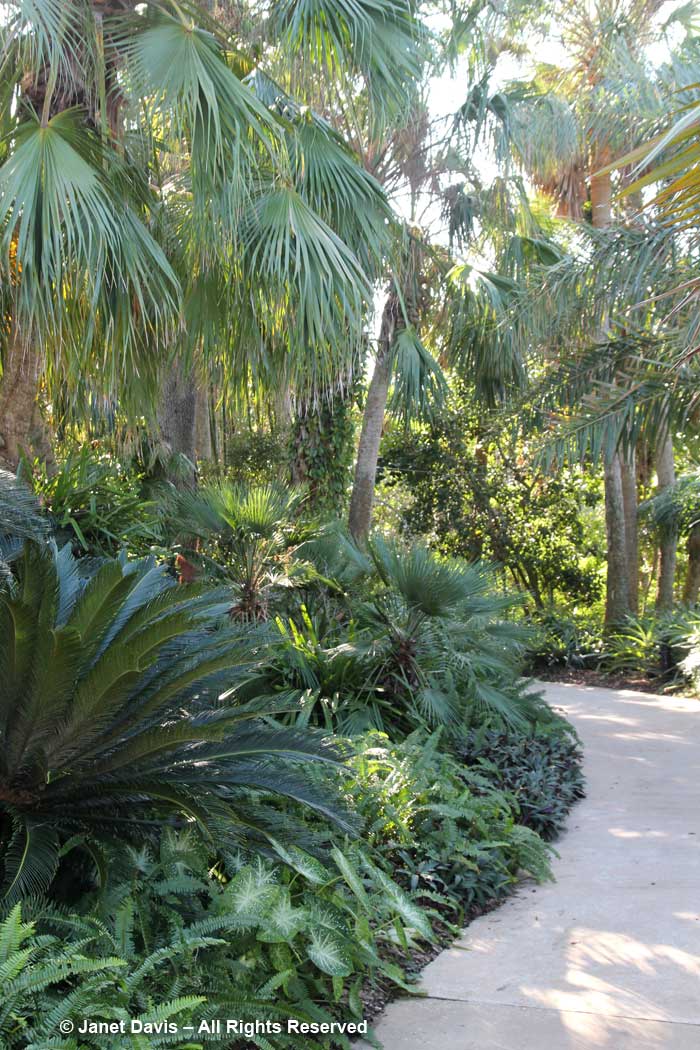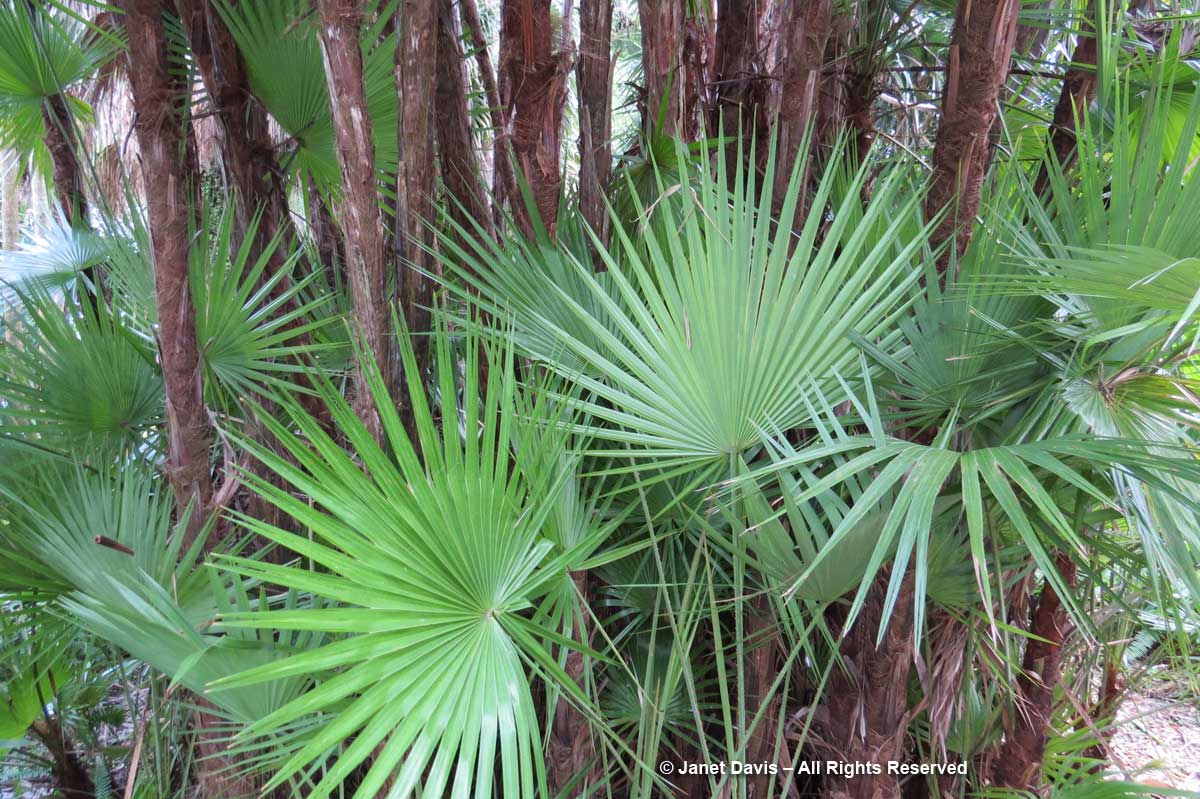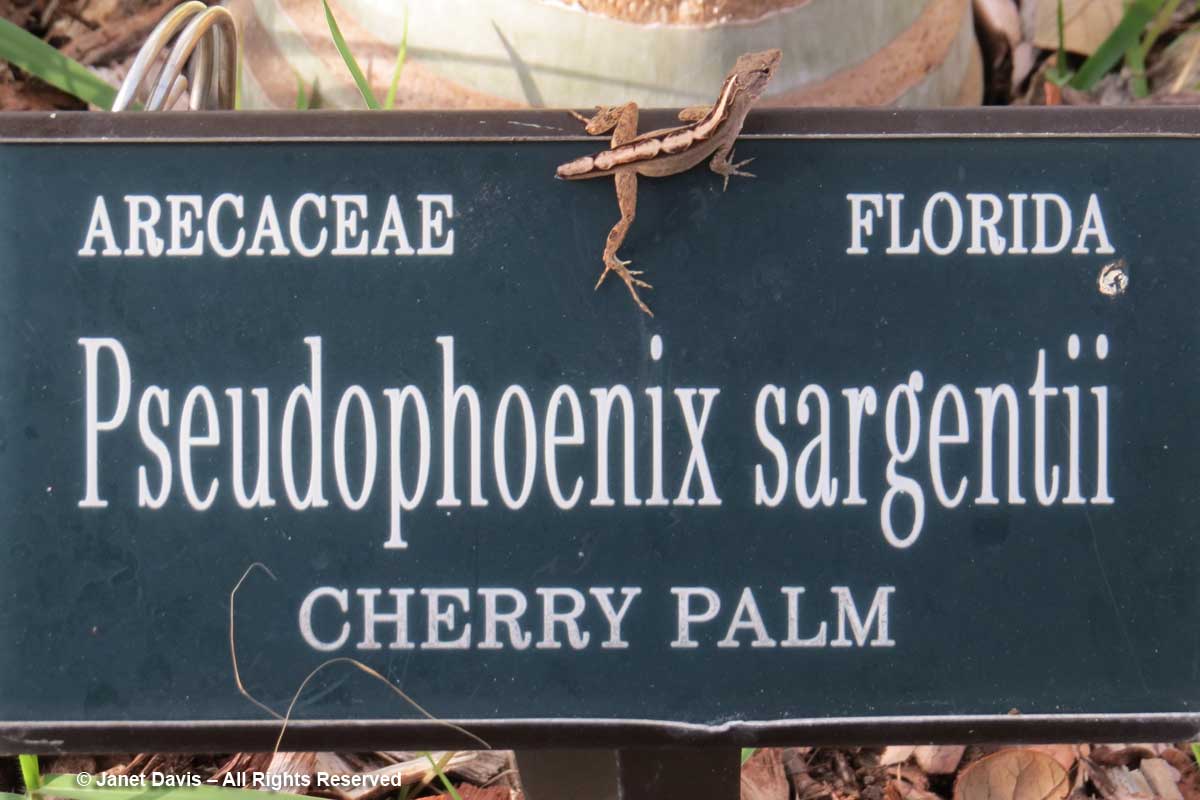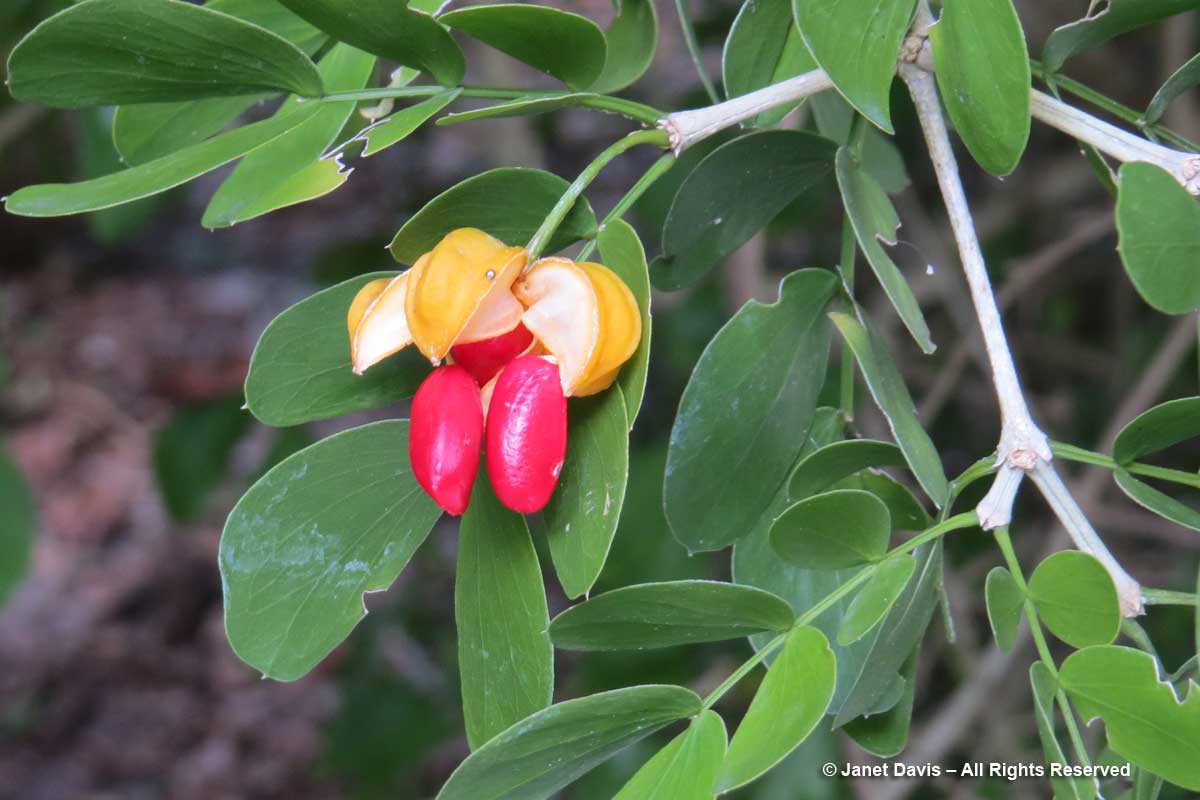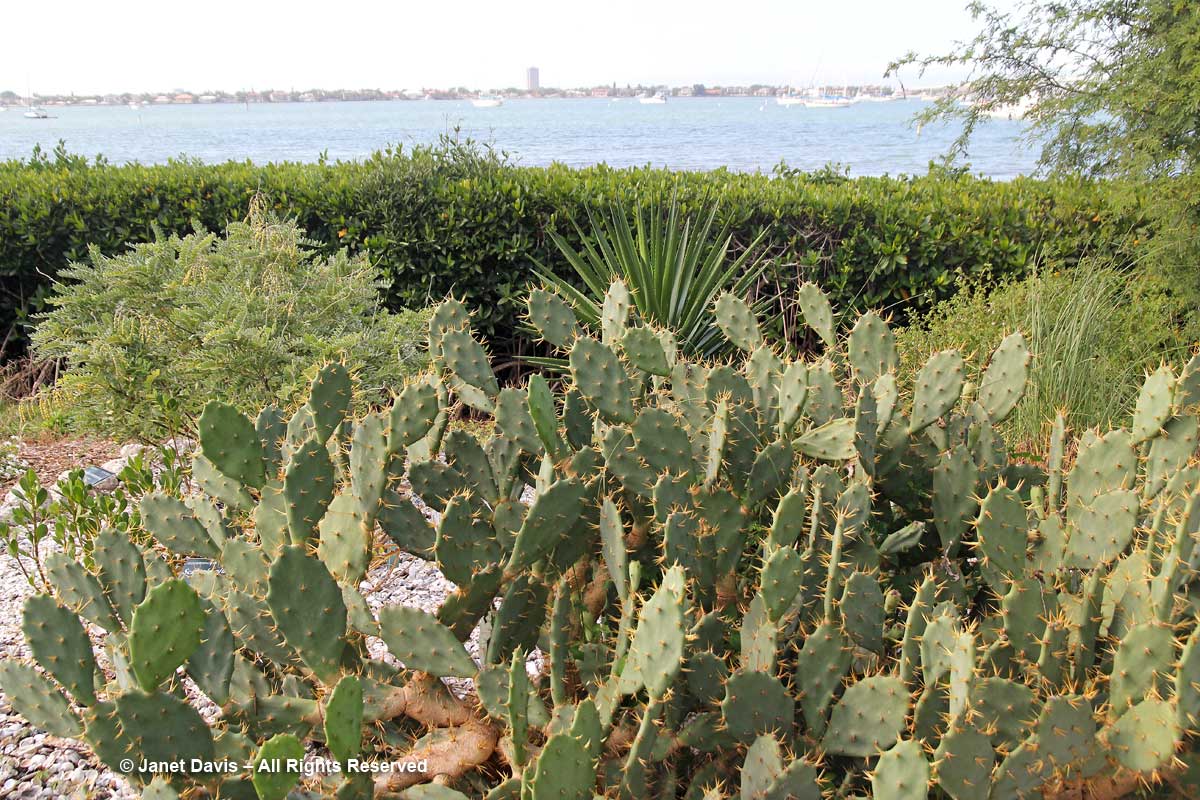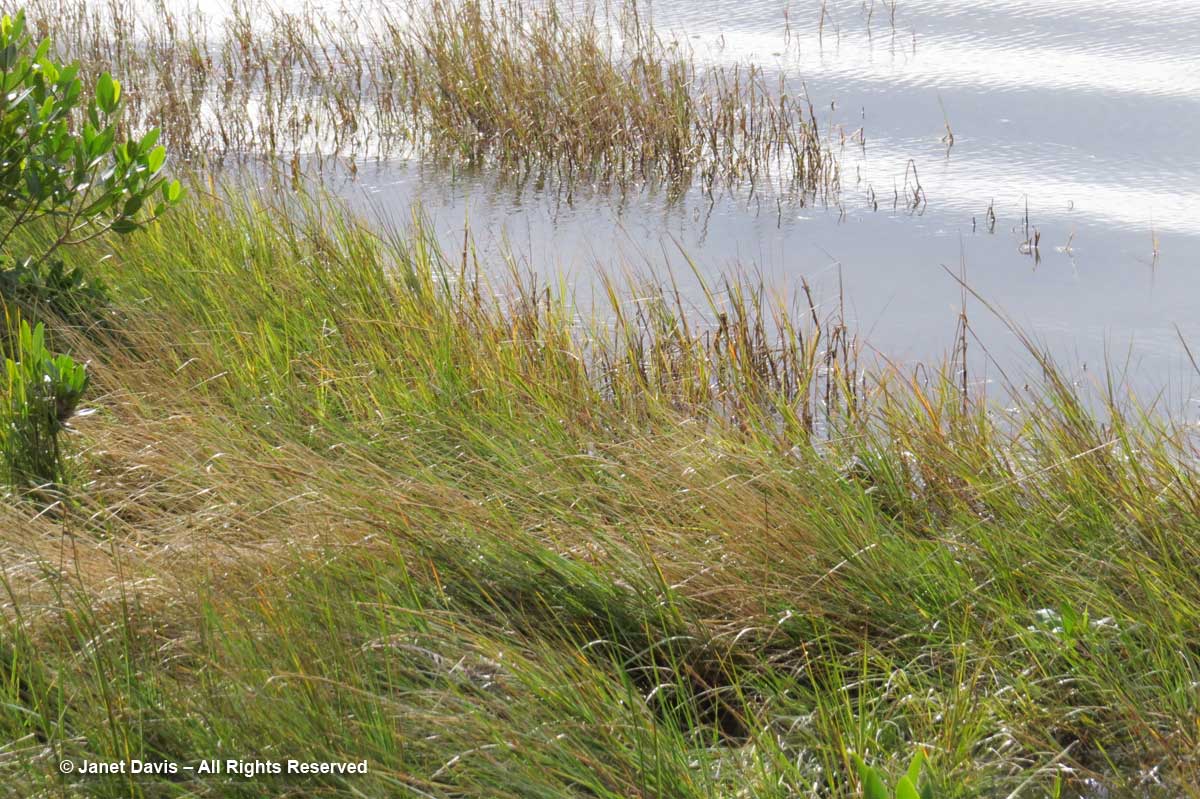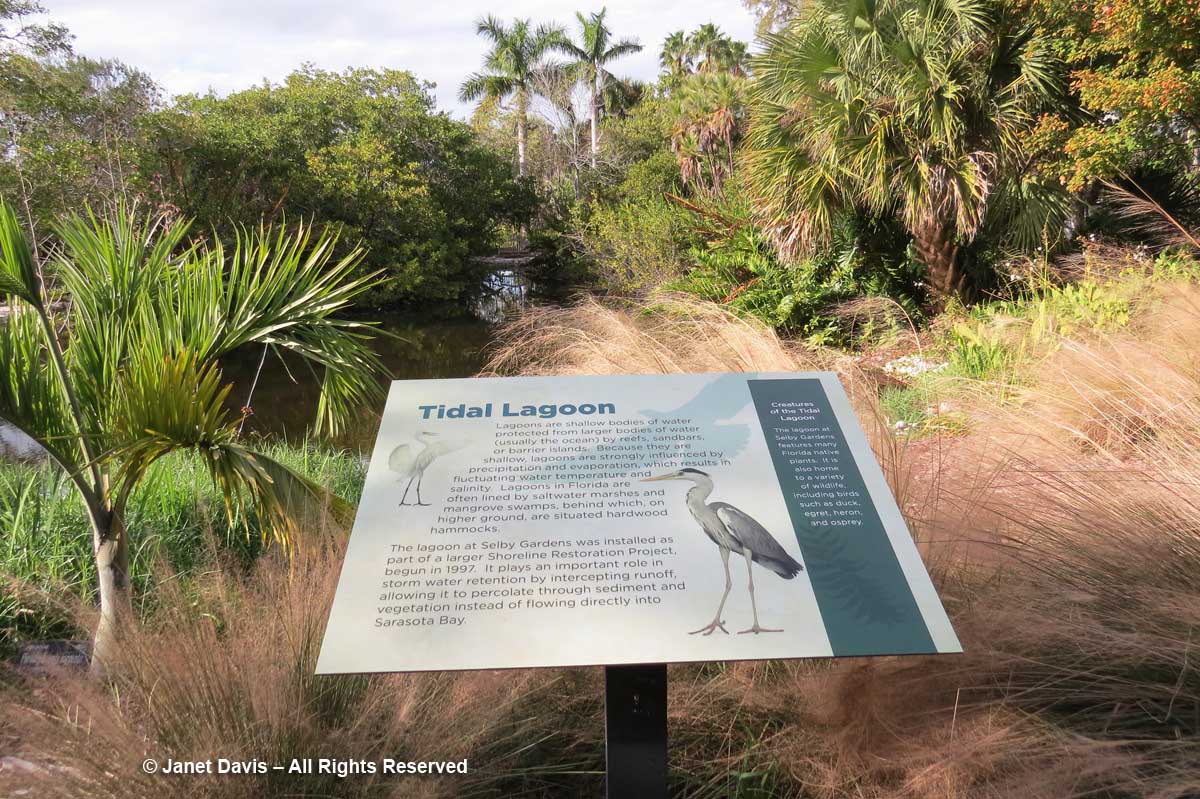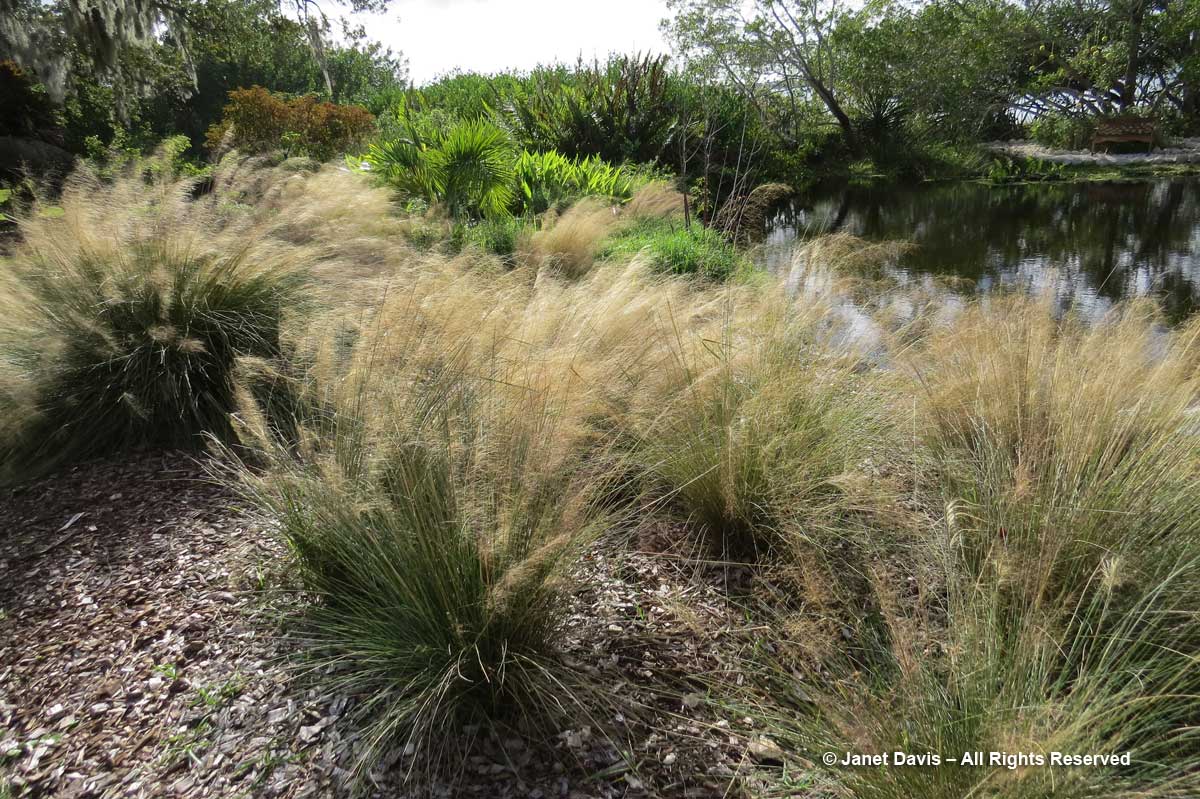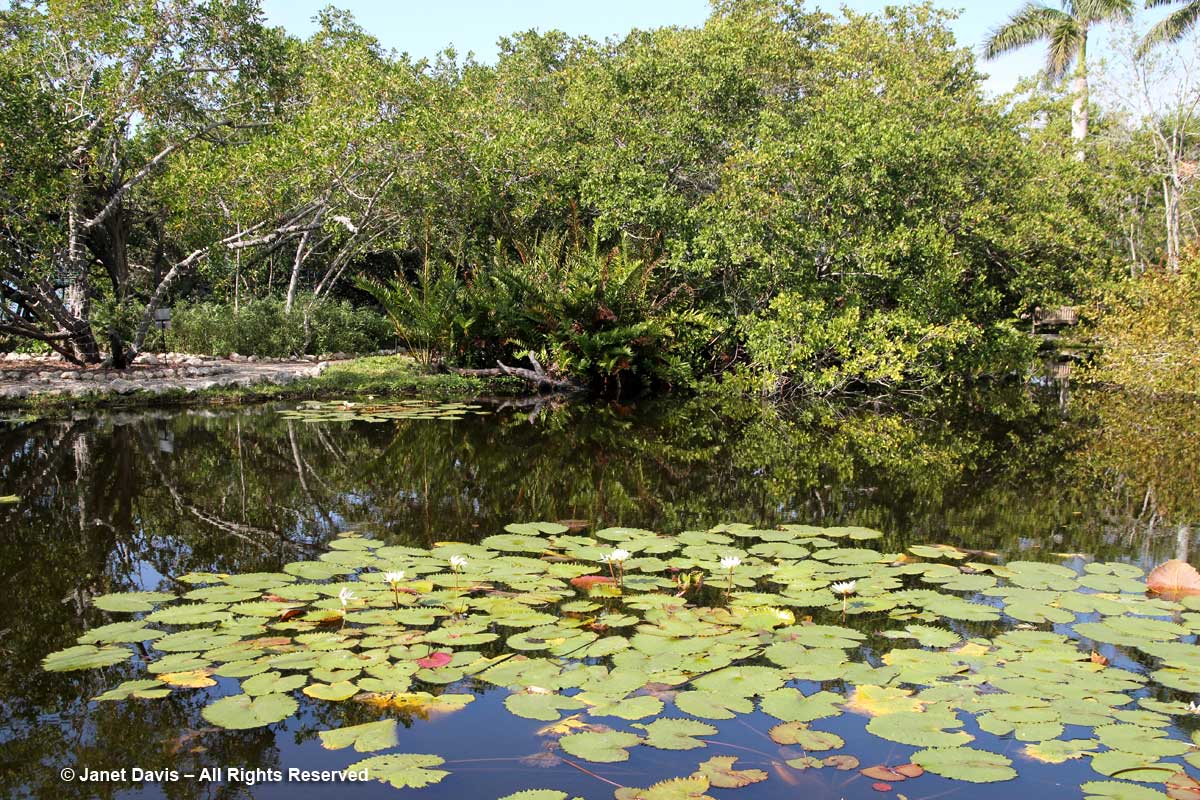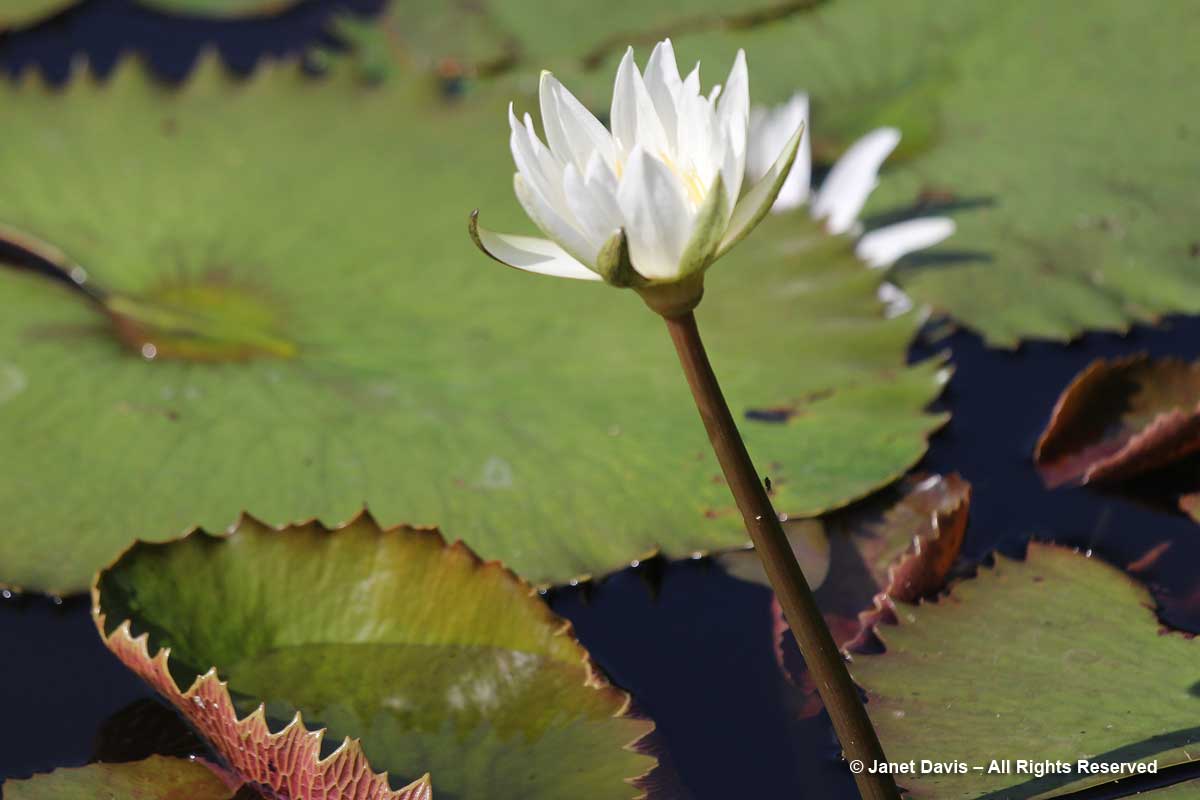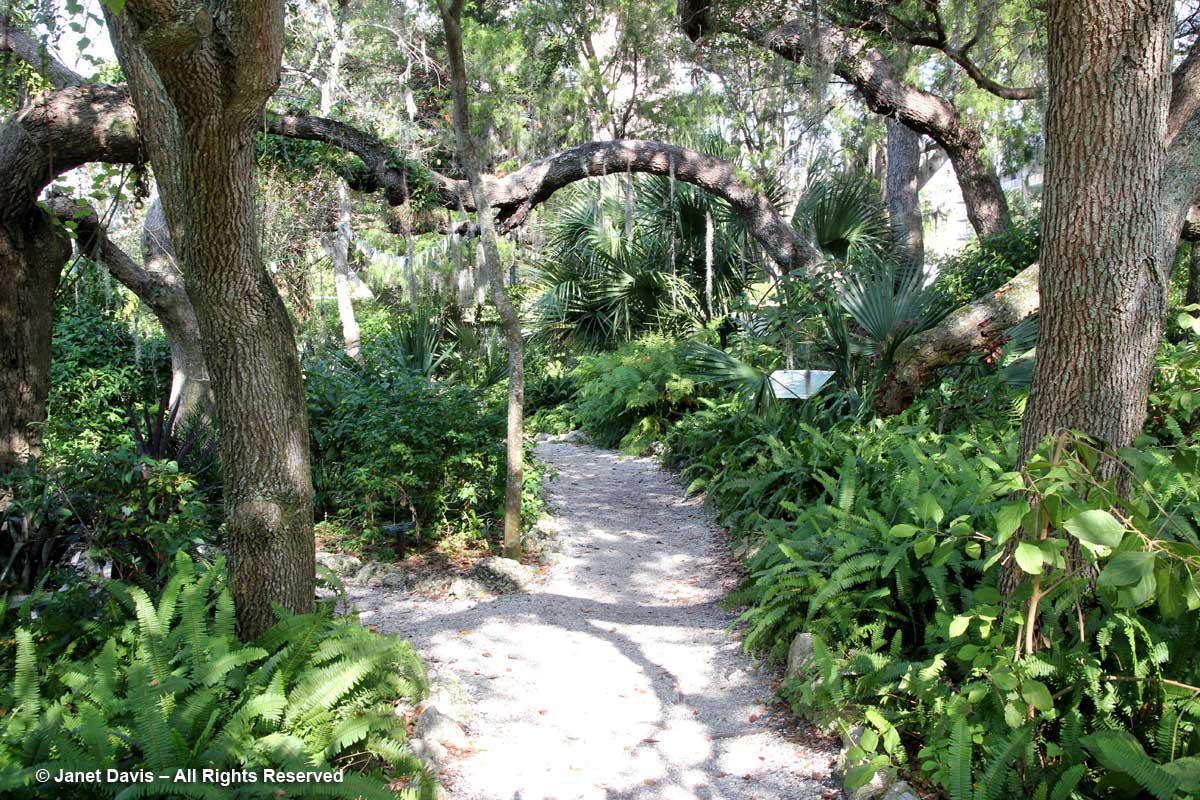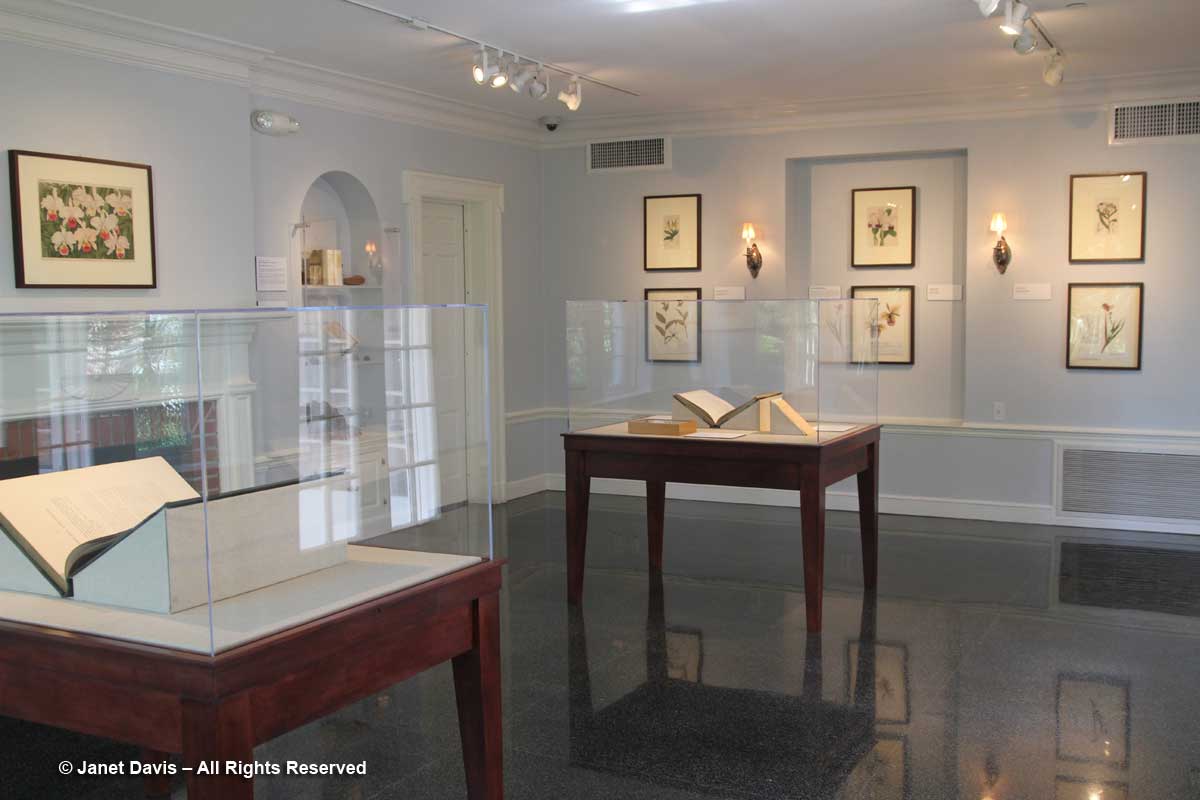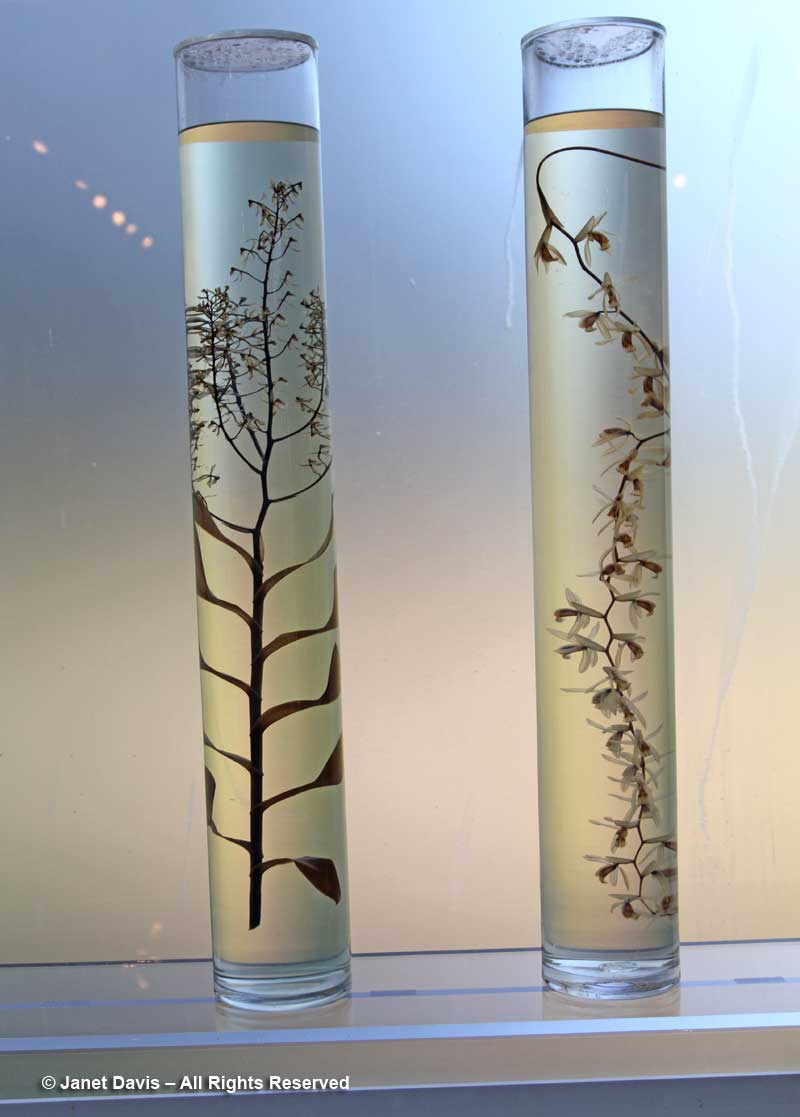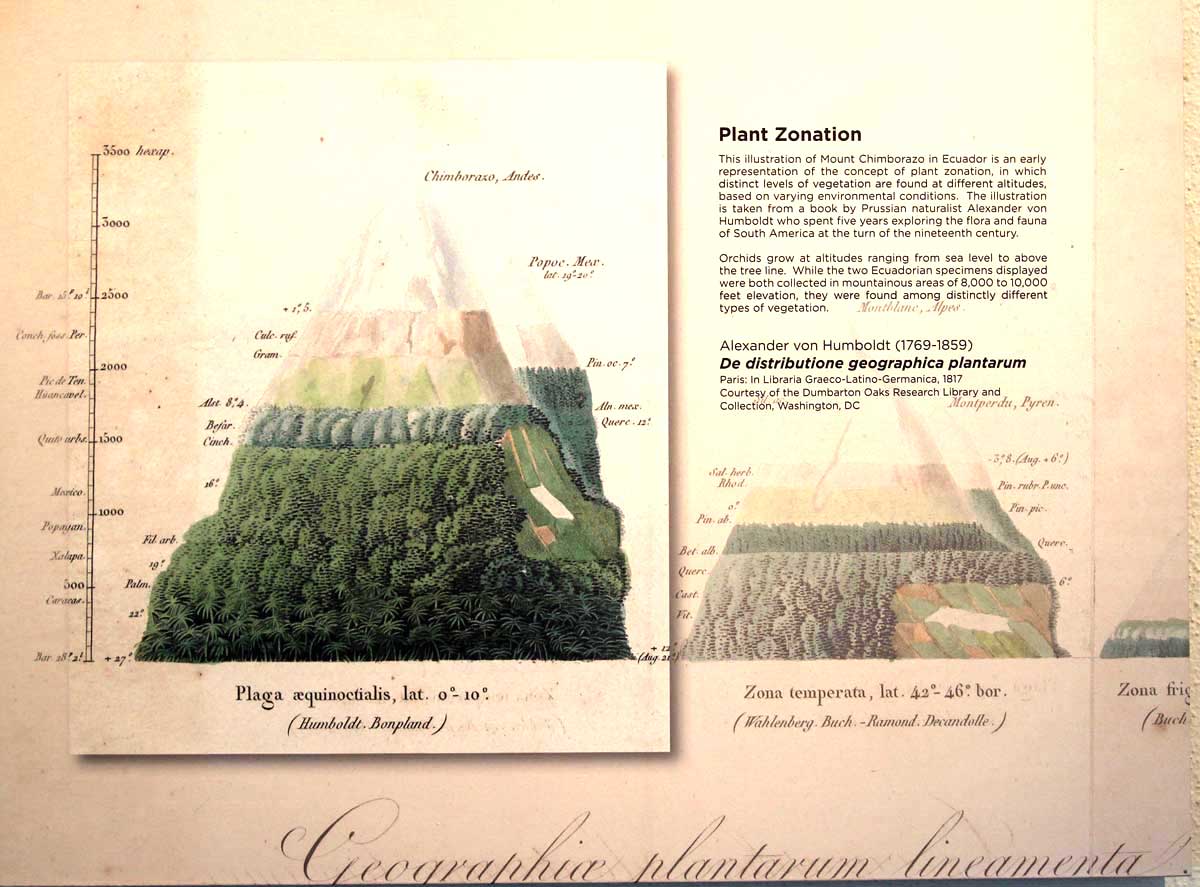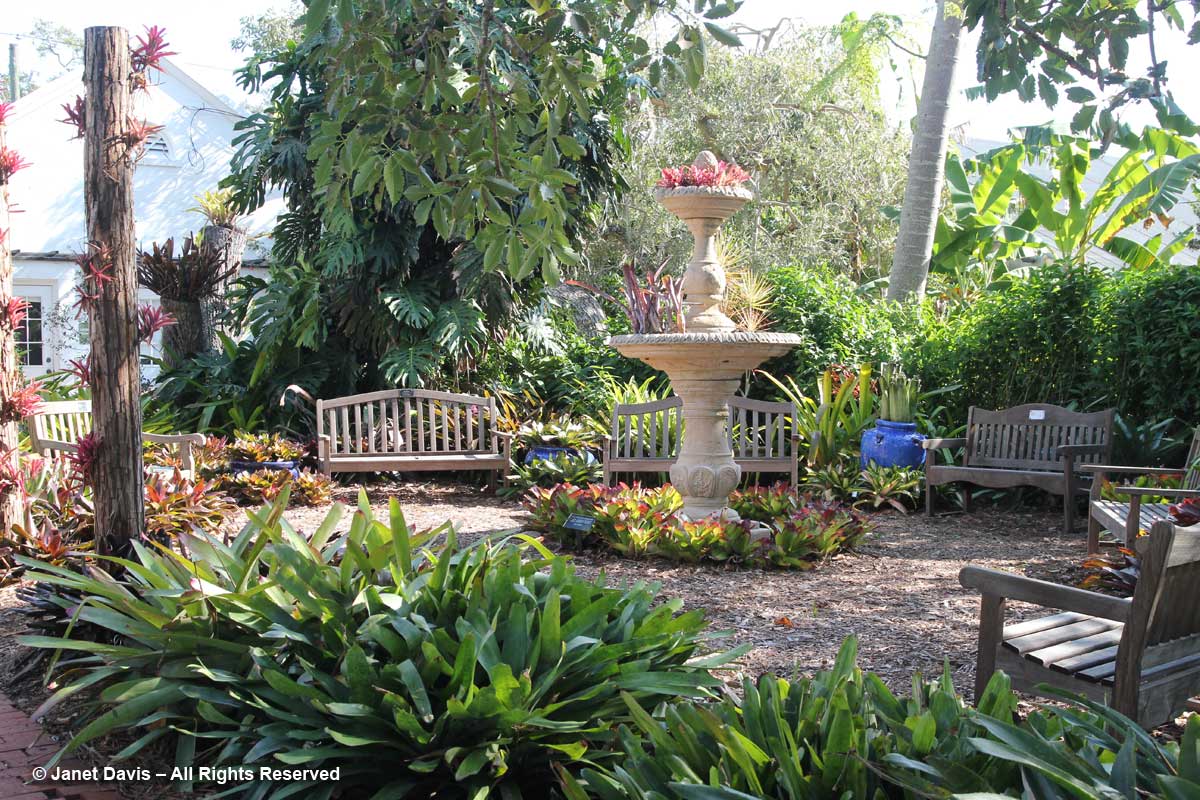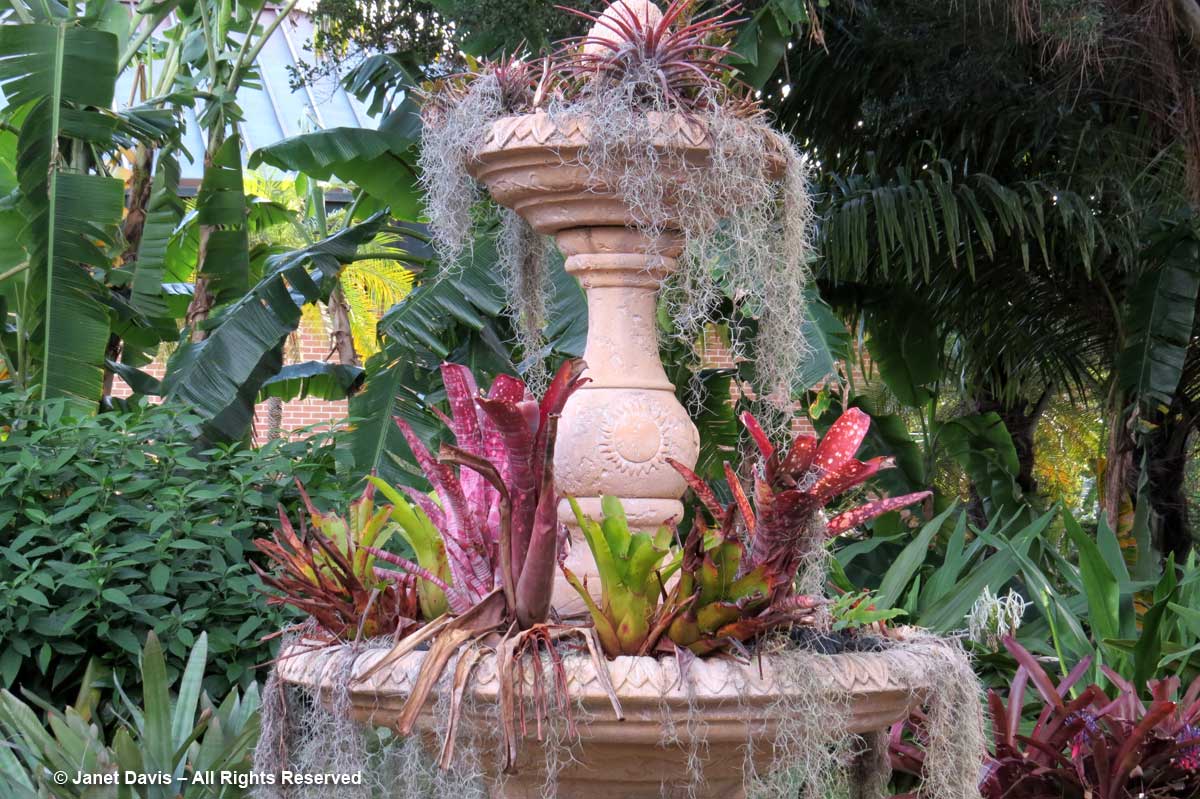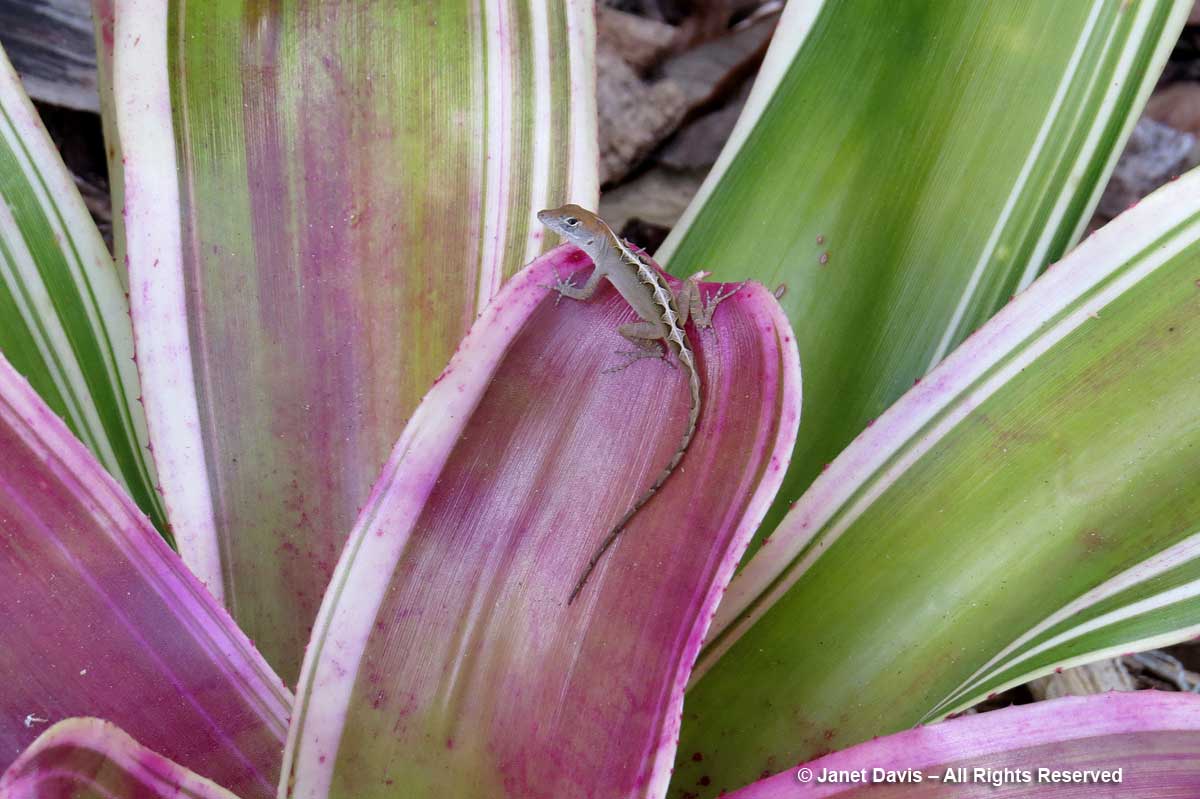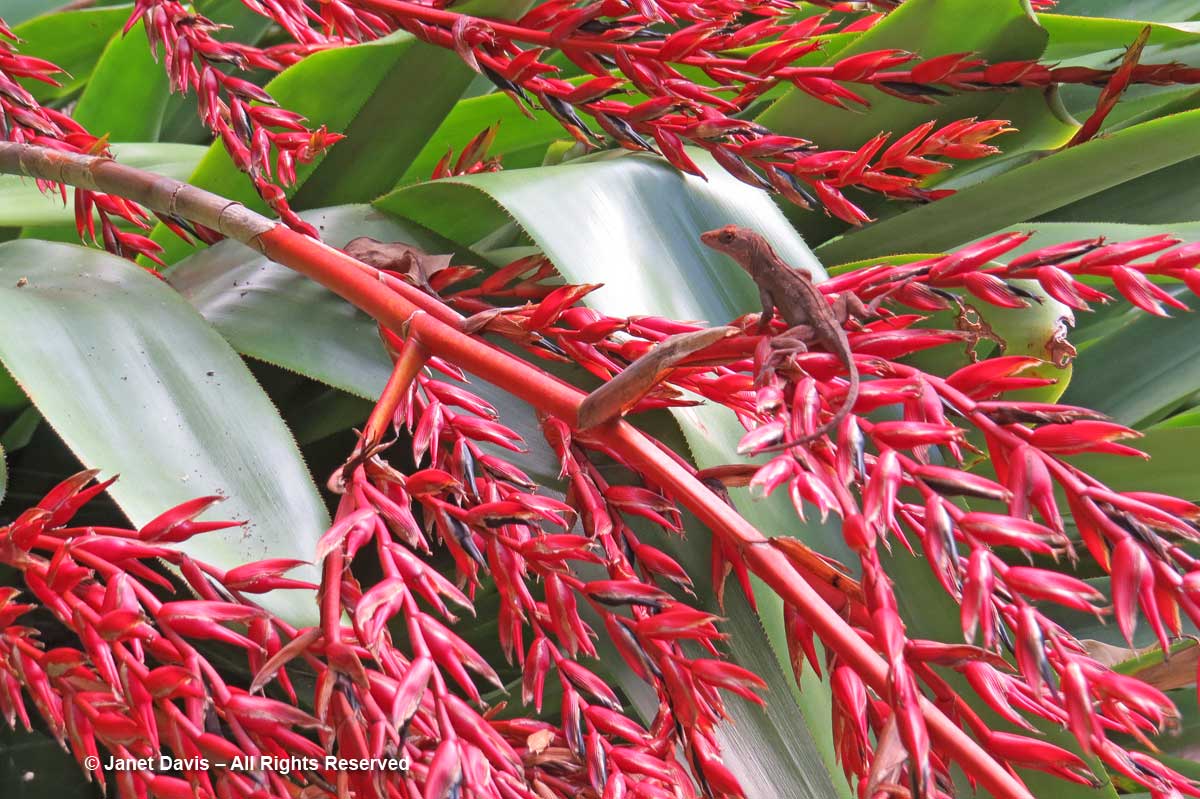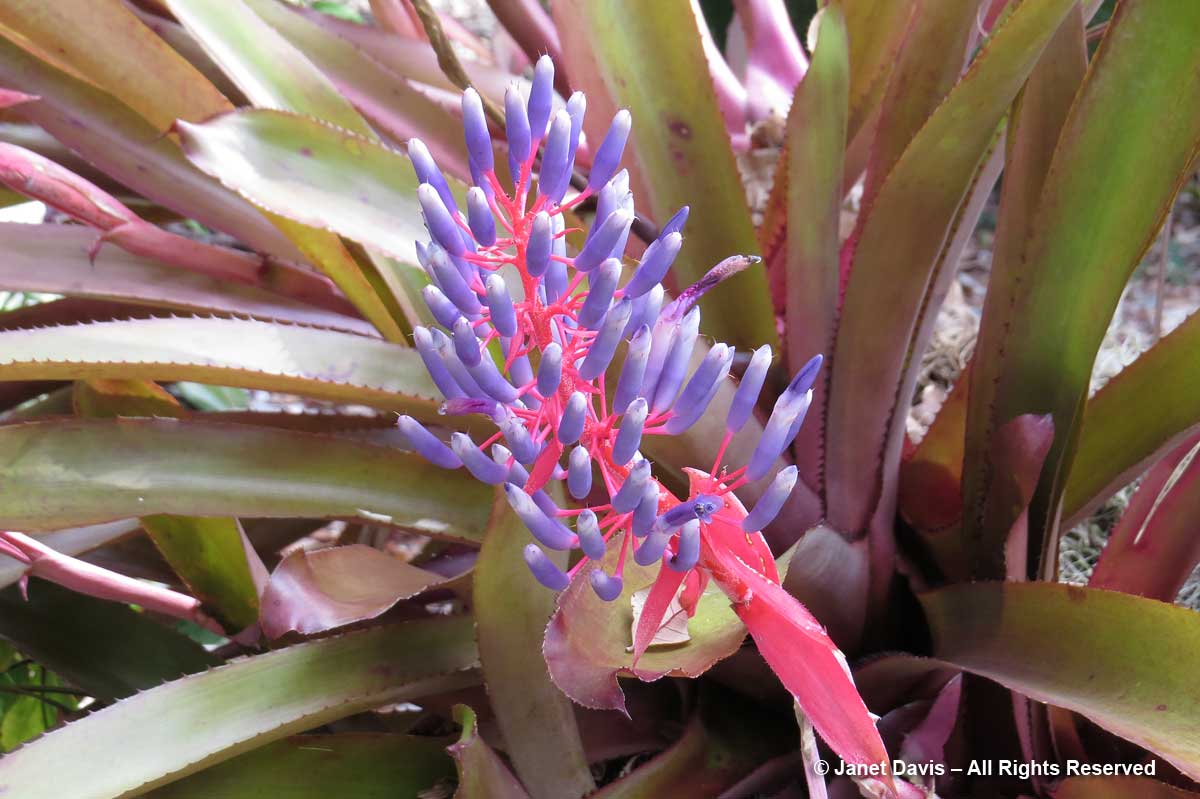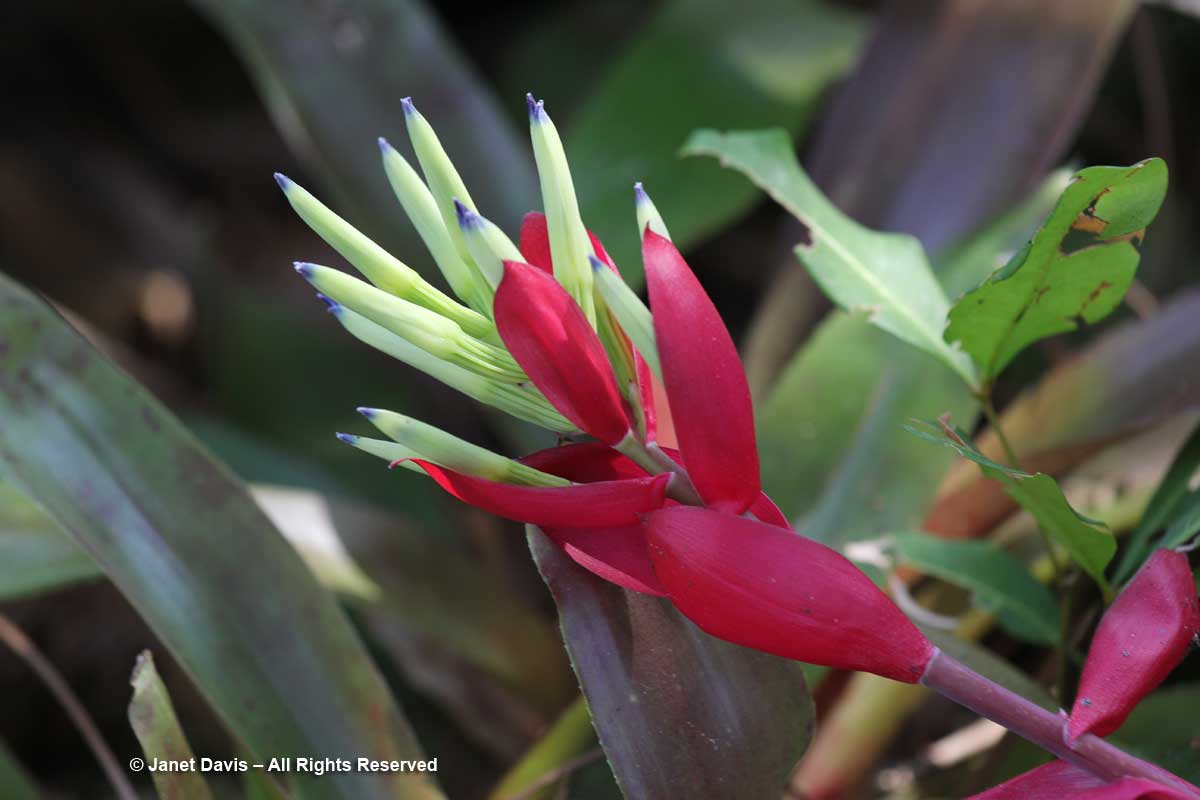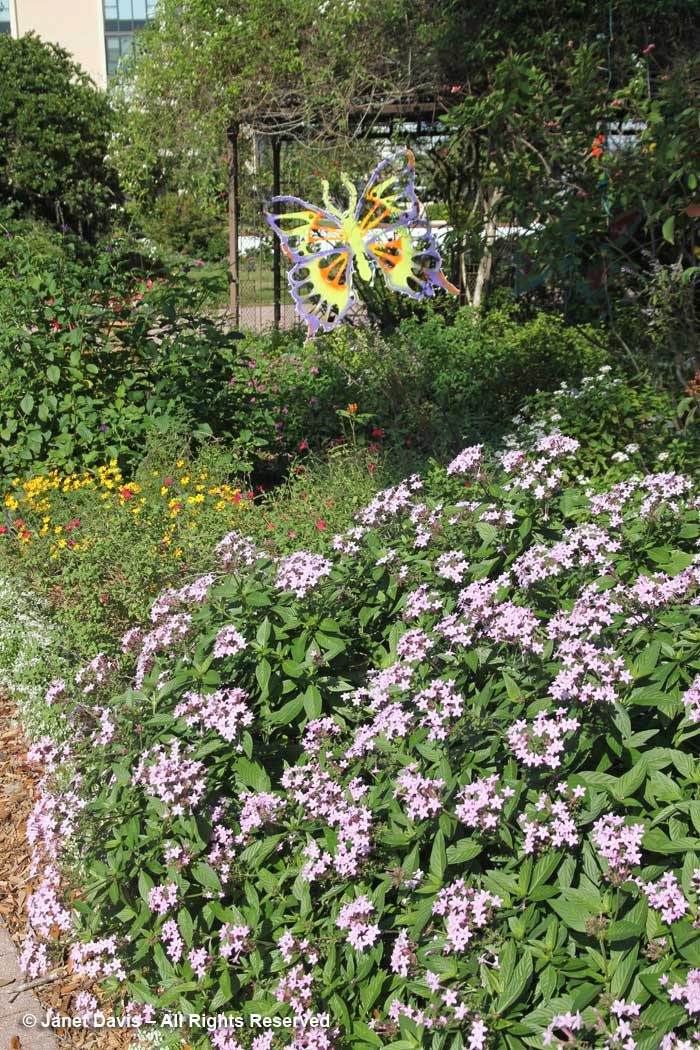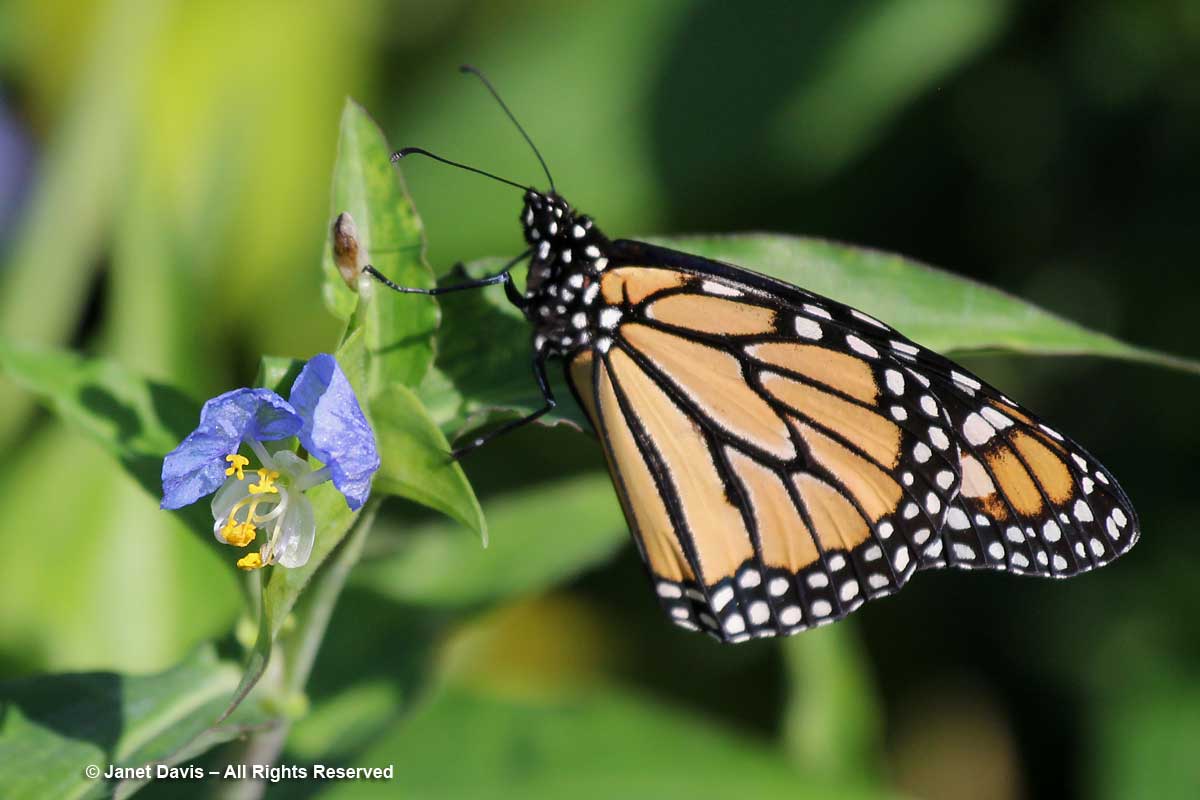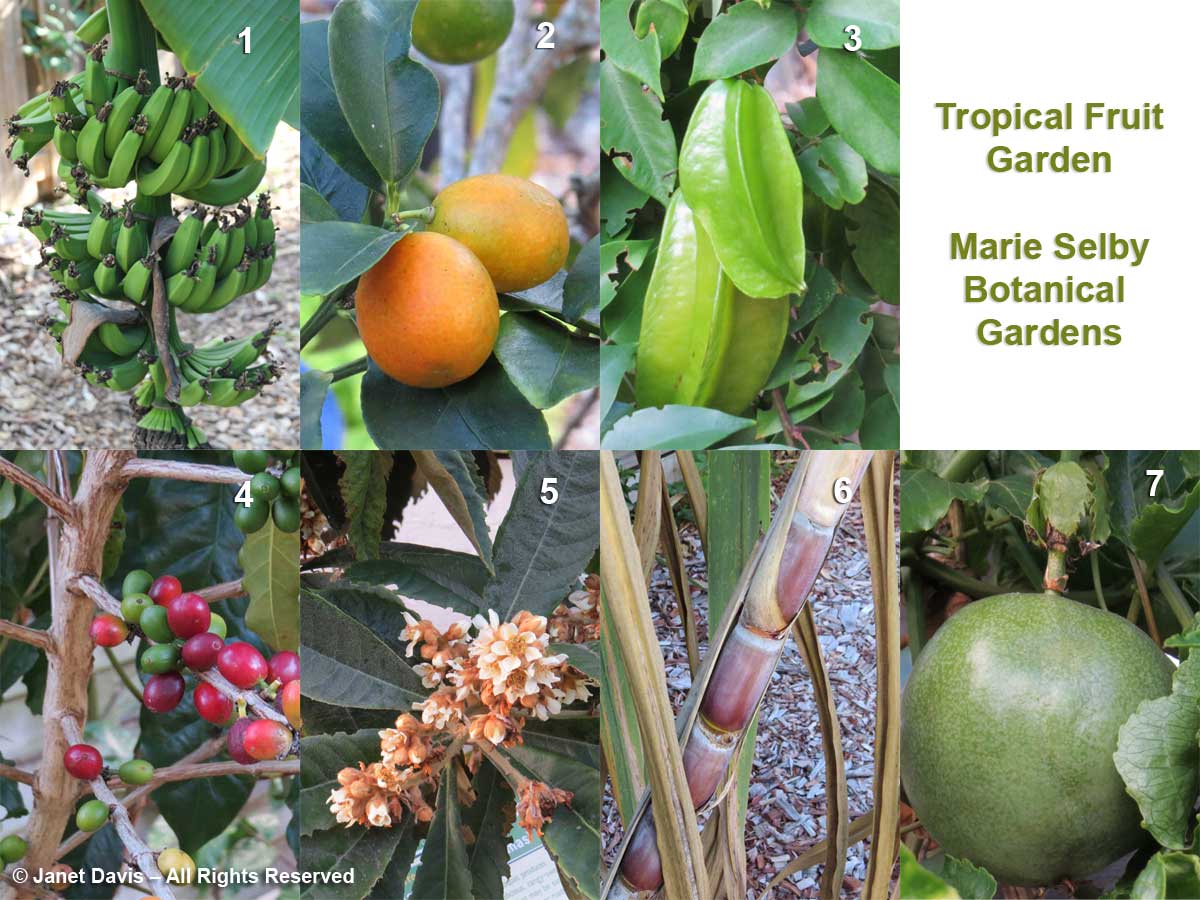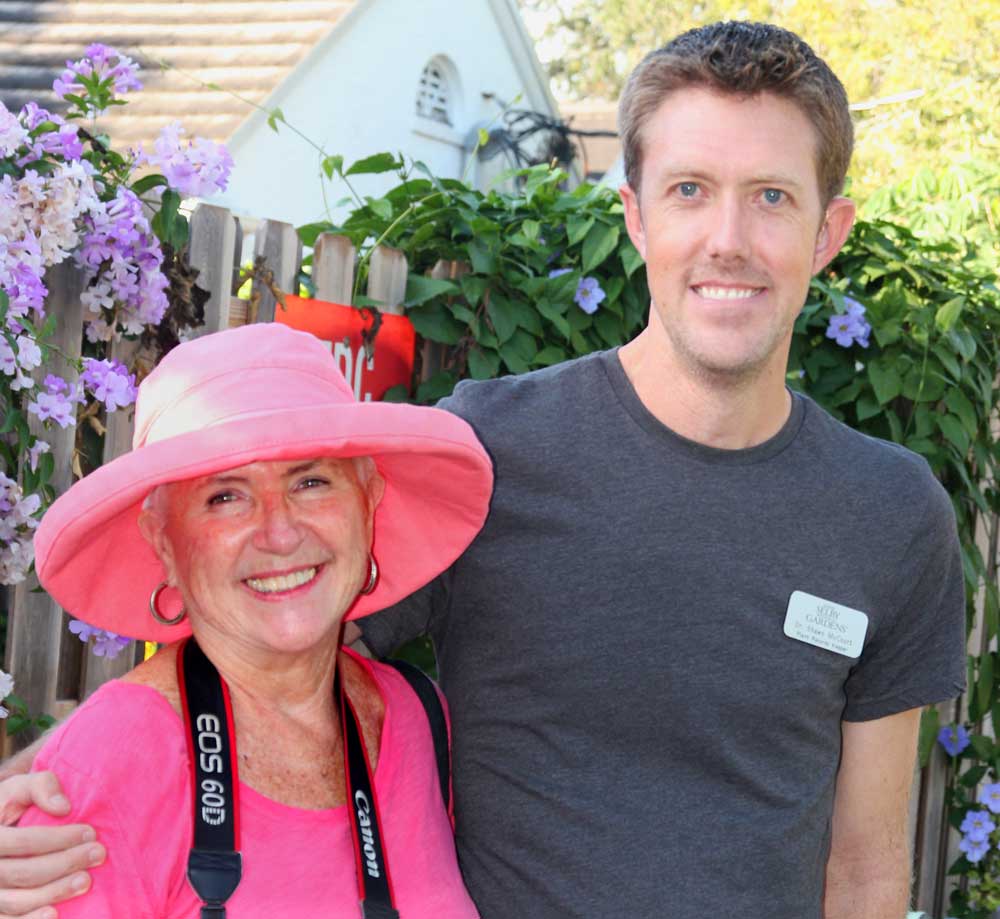I adore Mexico. Counting my honeymoon in Mexico City and Puerto Vallarta in the dark ages (1977), we’ve visited Zihuatanejo, Sayulita, Manzanillo, Cozumel (including return visits to a few of those places) a dozen times. This week, we’re celebrating the milestone birthdays of three family members in Playa del Carmen, an hour from Cancun. It’s our first time here, and a way to discover a little more about a country we’ve come to love, despite all the bad press it gets. We’ve only found friendly people, beautiful beaches — like the one below, in the state of Colima, wonderful food, interesting flora, and a welcome escape from winter.
About those beaches, there are wild beaches too, like the ones on the east side of Cozumel in the state of Quintana Roo….
…. where the ocean hurls itself up through yawning holes in the limestone.
In Sayulita in the state of Jalisco, the waves pound the shore relentlessly, washing over the boulders buried in the sand.
Sometimes there are good books….
….. and sometimes not much of anything…..
…..except watching the iguanas going in and out of their hiding places in the rocks…..
….or a pelican taking off to catch fish.
We’ve stayed in some ‘interesting’ places, like this hilltop casa straight from the 1980s in Sayulita….
…. with its rather precarious hammock perch and so many steps to get down to the beach we considered it all the exercise we needed.
We’re not really “all-inclusive” people, but we’ve stayed in three. This was Casa Velas in Marina Vallarta, a neighbourhood of Puerto Vallarta….
….. and it had pet peacocks wandering around that would come right into your room, if you let them.
This was the view from Meliá Cozumel, a Spanish-owned all-inclusive on our first trip to Cozumel.
Perhaps the most dramatic stay was in a rented house overlooking Manzanillo Bay with a lovely outdoor dining table….
…. and a spectacular view of the sun rising over the bay. That beach down there, by the way….
…. is where Bo Derek made her spectacular exit from the water in the movie ‘10’.
There were trips with an ecological flavour, like this stop at a turtle sanctuary in Colima, near Manzanillo, where we escorted baby turtles to the ocean…..
….. and later learned how sea salt is harvested at Lagoon Cuyutlán….
….. and the value of the adjacent mangrove ecosystem to all kinds of wildlife.
My artist son could often be found with his sketchpad, pencil and watercolours…..
…. capturing a particularly lovely scene.
We’ve done some snorkel trips on very nice boats, like this one in Cozumel….
…. and some on simpler affairs with questionable lifejackets and all-you-can-drink tequila!
On one stay in Cozumel we were lucky to climb down a ladder from our deck right into the area where abundant fish were swimming in fairly shallow water, including slender barracudas that swam past without batting an eye.
On one occasion, my eldest son treated the family to a sunset sailing trip.
The handsome brothers posed for their mom.
And, of course ,there was a sunset!
On both the Pacific coast and in Yucatan, we love watching the sunsets, like this one in Puerto Vallarta….
…. and this one setting behind people walking on a pier in Cozumel.
When winter is still flexing its muscles at home, this is a lovely way to end the day.
And food! I cannot tell you how wonderful it is to buy a big, ripe papaya (the ones on the tree below do not qualify as ripe) at the town market and enough limes to squeeze on top for breakfast each morning. Heaven – and unlike any papaya you’ve tasted in Canada or the U.S.
When we stayed in Sayulita one year, the hotel’s banana plant was laden with fruit.
No Mexican vacation is complete without fresh pico de gallo, or salsa fresco. With taco chips, of course!
Coconut shrimp at Casa Mission in Cozumel was accompanied by a…..
….. mariachi trio, who sang my husband’s very favourite Spanish song. If we’ve been to Mexico a dozen times, we’ve probably heard at least a half-dozen mariachi groups sing this one.
When we stayed in Manzanillo, the accommodation came with a very accomplished cook who made us delicious crab salad….
…. and traditional sopa de tortilla (chicken tortilla soup). Even back home in Canada, that is one of our favourite Mexican dishes.
At our hotel in Puerto Vallarta one winter, I just had to photograph these perfect huevos benedictinos!
Mexico is known for its fish, of course. A lovely picnic lunch at our place in Cozumel included this grilled grouper with rice and vegetables.
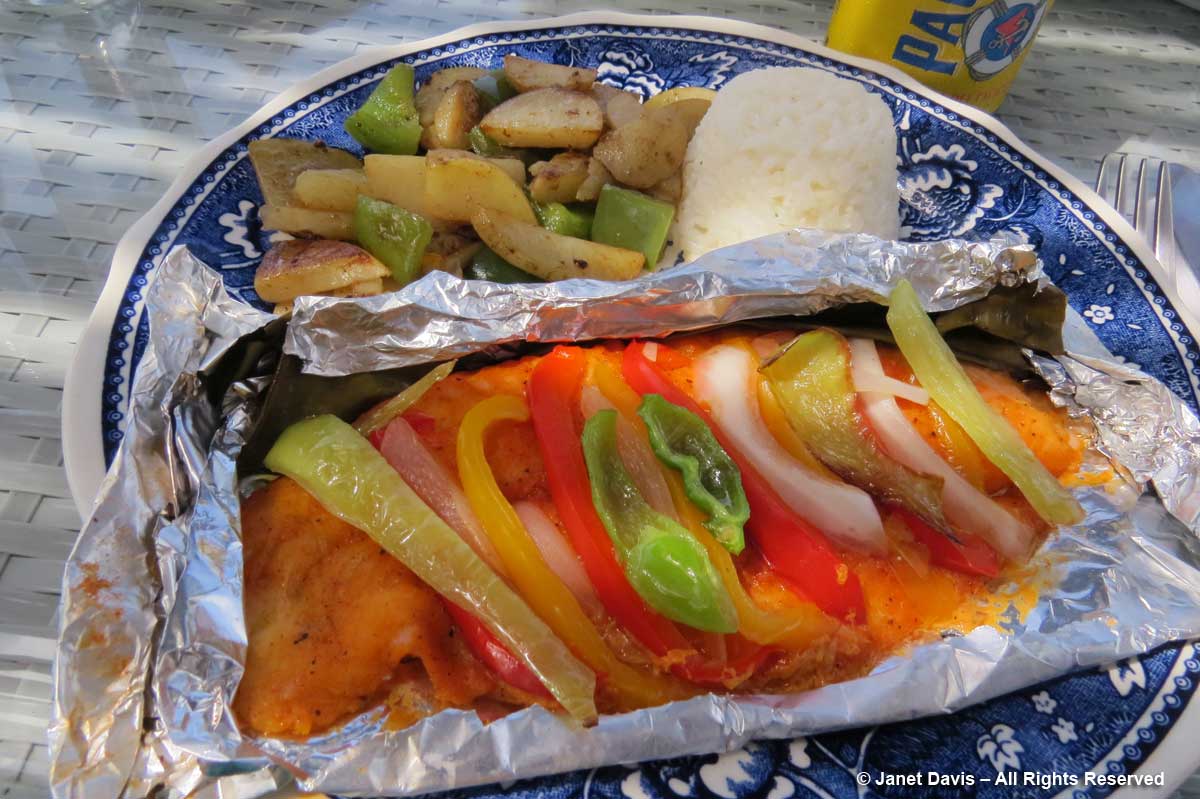
Mexican flora? Yes, of course! Almost any place where the ocean meets the shore is where you’ll find sea grape (Coccoloba uvifera), which is native to coastal beaches throughout the Caribbean.
On the wild east side of Cozumel, I found a perfect ‘nature’s garden’ of seaside (littoral) plants. The one nearest is sea lavender (Heliotropium gnaphalodes); the bright green one behind is seaside tansy (Borrichia frutescens).
I found native bees on the seaside tansy.
And palms are everywhere, of course.
At our rental in Manzanillo, there were pots of beautiful tropical flowers, like desert rose (Adenium obsesum)……
….. which was the perfect colour for my hair adornment!
Bougainvillea is everywhere in Mexico, and so entrancing in its rainbow of colours.
One thing we haven’t done in Mexico is shop in stores that you might find in any big city in North America. But I did love this little water garden at the mall near our hotel in Puerto Vallarta.
We first visited Puerto Vallarta on our honeymoon in 1977 and it was still a small town. Now it’s a big centre with lots of development and airplane access daily from Toronto and many other centres in the U.S. When we last visited, we enjoyed the opportunity to have lunch at a beach restaurant with my old friend….
…. landscape architect Tom Sparling, right, and his partner Tom Reynolds, left. Like a lot of Canadians, they have made their winter home in Puerto Vallarta.
And we finally got to the Vallarta Botanical Gardens on our last visit to Mexico in 2018….
….. where we met my Facebook friend Lisa McCleery. Originally from Toronto, Lisa now lives full-time in the little town of El Tuito, near Puerto Vallarta.
The botanical garden is quite wonderful, with a wealth of tropical plants….
…. and beautifully displayed succulents.
The accessories in the garden are exquisite.
We ate a delicious lunch in the Visitors’ Center, which has a nice shop and comfy chairs…
…. overlooking the jungle. It was a truly lovely day…. and I owe the garden a comprehensive blog.
One of the reasons we’ve spent so many winter vacations enjoying Mexico is that someone I know quite well had the very good sense to have a birthday in the last week in February.
And this week, we’re celebrating that occasion once again, as well as the milestone birthdays of two of my sons. It is a family celebration in a part of the world we’ve come to love… Playa del Carmen…. with the amazing blues of the Gulf of Mexico as it meets the Yucatan Peninsula…
and its stunning beaches and attractions.
Viva Mexico!
********
So…. #mysongscapes always require a suitable song to accompany the photos. That’s no problem for me! Not with James Taylor and his 1975 song Mexico.
MEXICO
Way down here, you need a reason to move
Feel a fool, running your stateside games
Lose your load, leave your mind behind Baby James
Oh, Mexico
It sounds so simple I just got to go
The sun’s so hot I forgot to go home
Guess I’ll have to go now
Americano got the sleepy eye
But his body’s still shaking like a live wire
Sleepy señorita with the eyes on fire
Oh, Mexico
It sounds so sweet with the sun sinking low
The moon’s so bright like to light up the night
Make everything all right
Baby’s hungry and the money’s all gone
The folks back home don’t want to talk on the phone
She gets a long letter, sends back a postcard
Times are hard
Oh, down in Mexico
I never really been so I don’t really know
Oh, Mexico
I guess I’ll have to go
Oh, Mexico
I never really been but I’d sure like to go
Oh, Mexico
I guess I’ll have to go now
Talking ’bout in Mexico
In a honky tonk down in Mexico
Oh, Mexico, Mexico, Mexico
Oh, Mexico, Mexico, Mexico
Oh, Mexico
Mexico, Mexico
******
This is the 16th blog in #mysongscapes series of winter 2020 that combine music I love with my photography. If you enjoyed reading it, have a look at the others. And please leave a comment if you enjoyed it.
- Joni Mitchell’s ‘Night in the City’;
- Paul Simon’s ‘Kodachrome’ and my life in photography;
- Vietnam and Songs of Protest;
- Galway Bay and memories of my grandfather and Ireland;
- Simon and Garfunkel’s Parsley, Sage, Rosemary and Thyme;
- The John Denver lullaby I sang to my first grandchild, Today While the Blossoms Still Cling to the Vine.
- Gordon Lightfoot for a Snow Day
- Madame George by Van Morrison – my favourite song in the world
- Brown Eyed Girl(s) – Van Morrison’s classic and my black-eyed susans
- Raindrops – on flowers and in my gardens
- Miss Rumphius and the Lupines
- Bring me Little Water – on water in the garden
- Amsterdam… Spring Sunshine
- Both Sides Now – a reflection on clouds and Joni Mitchell
- Crimson & Clover and Other Legumes – a love letter to the pea family, Fabaceae

